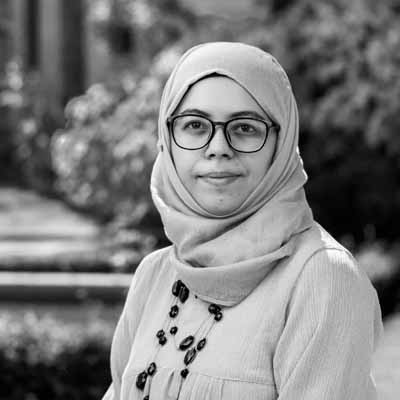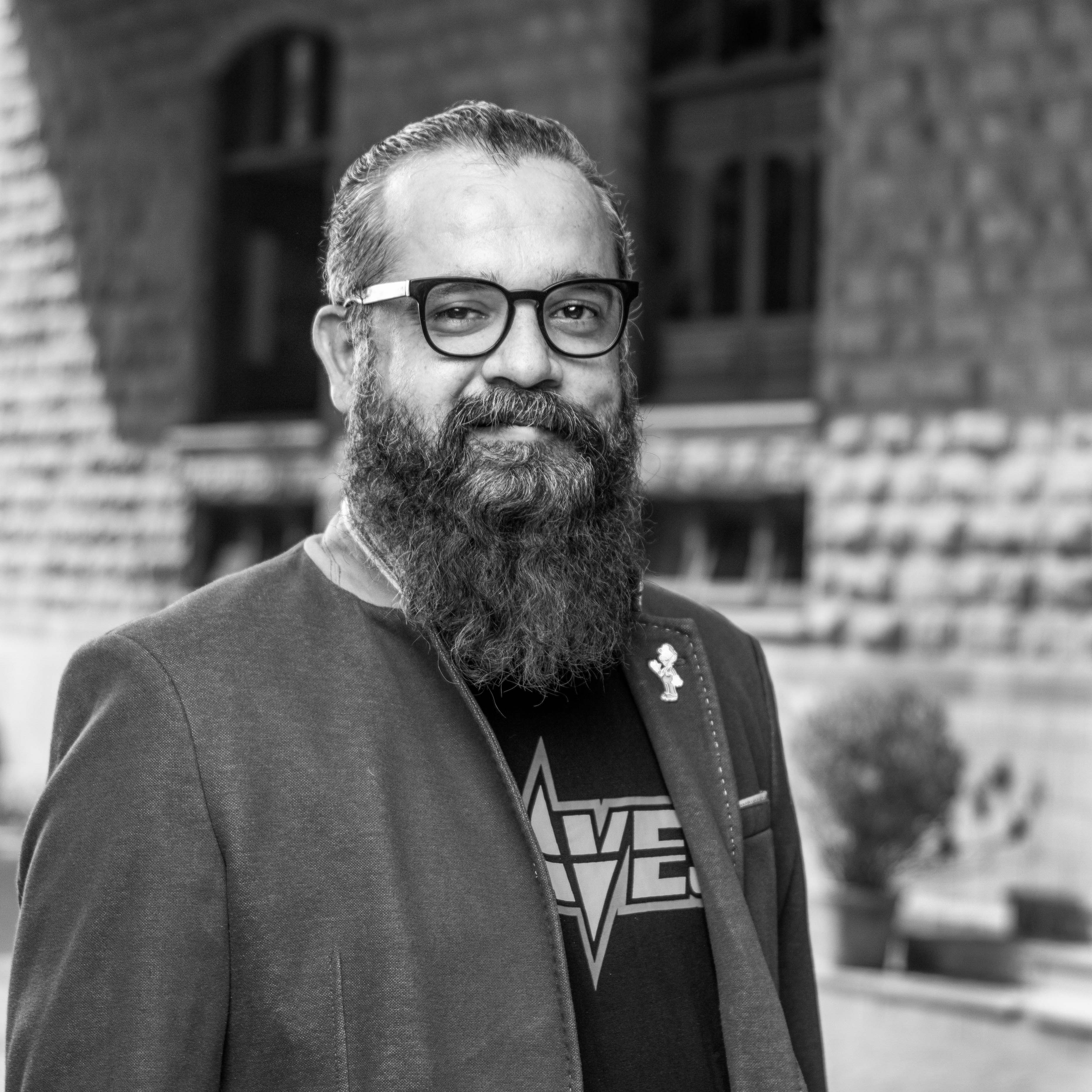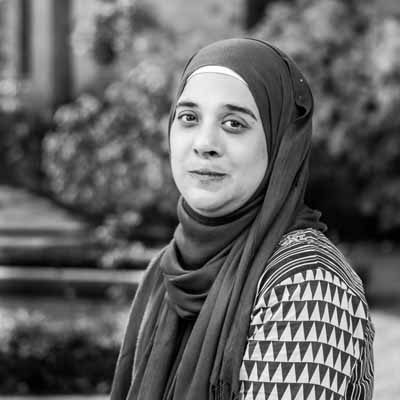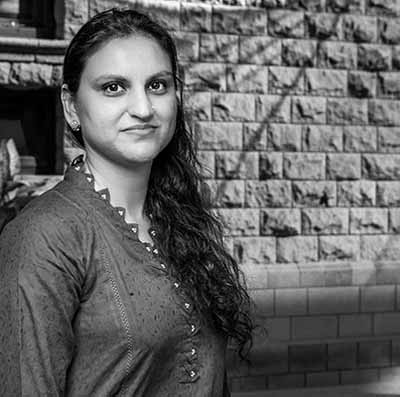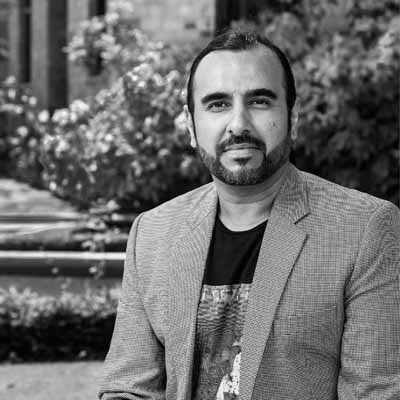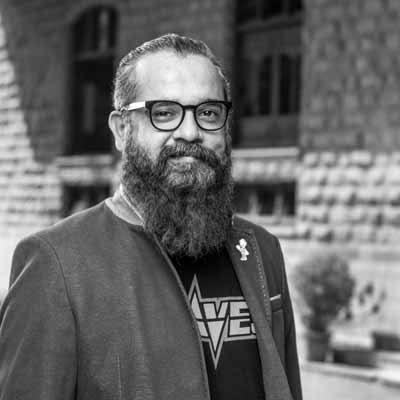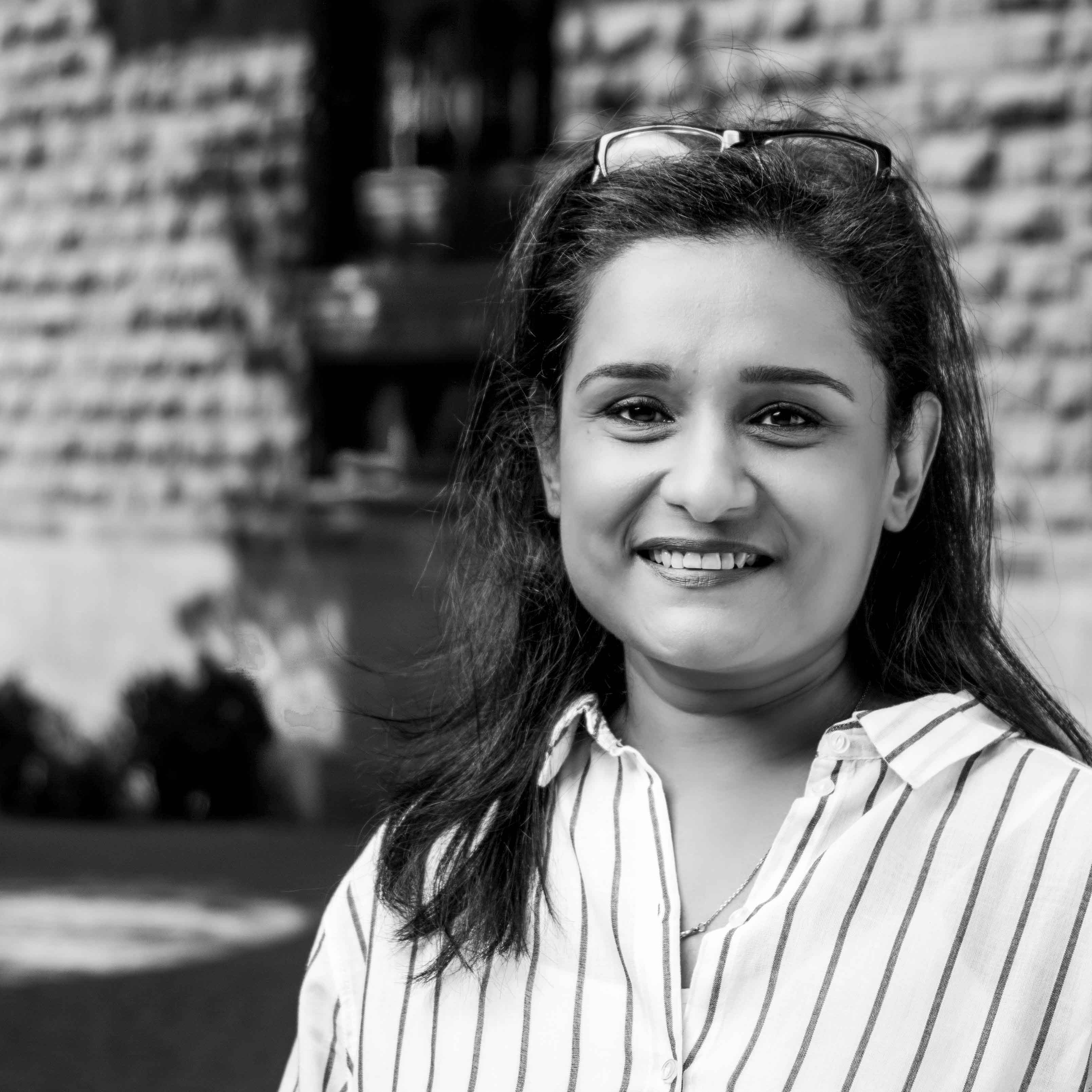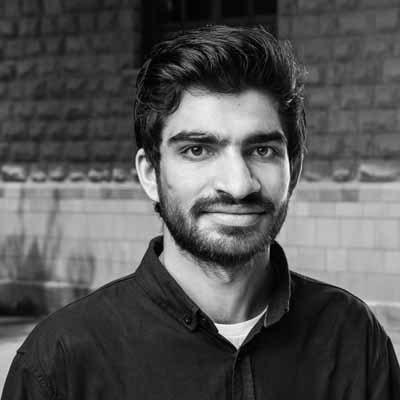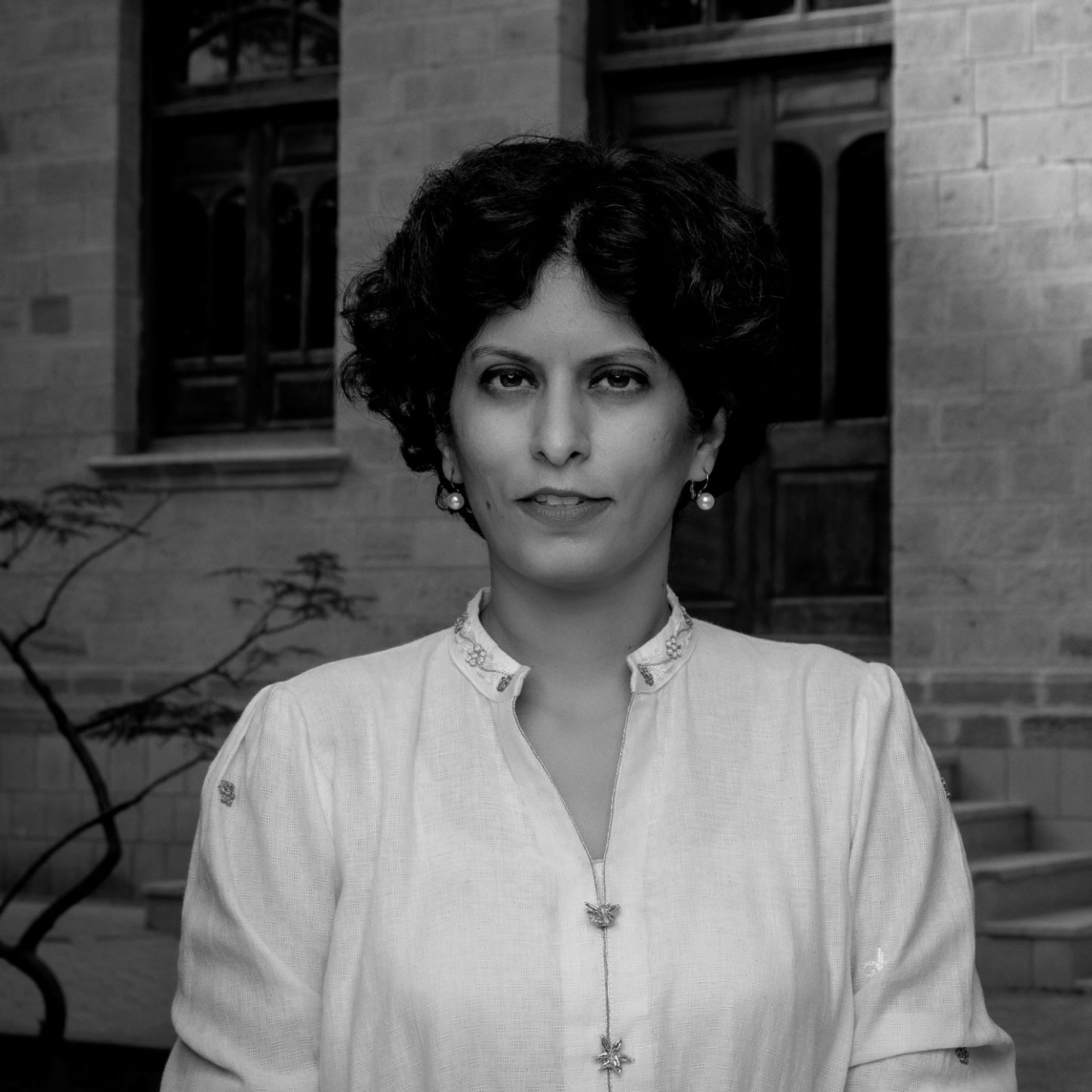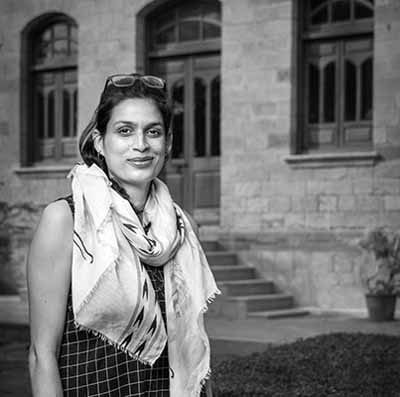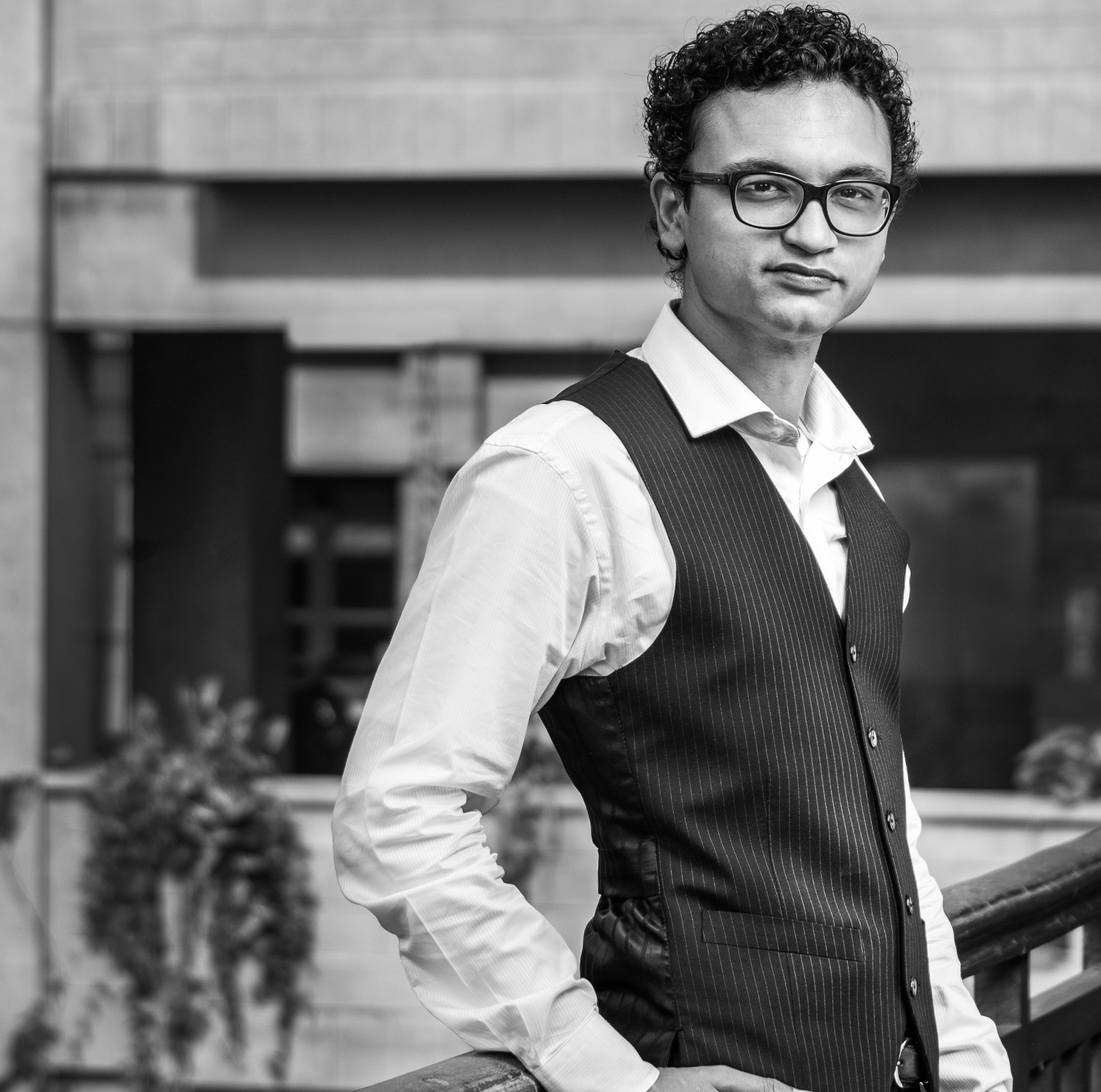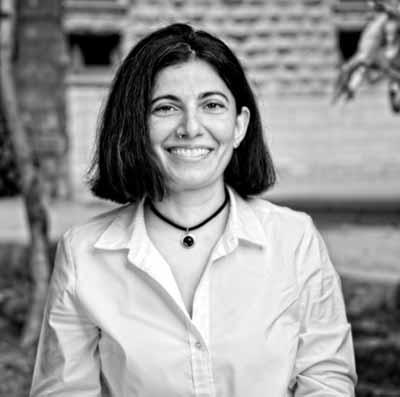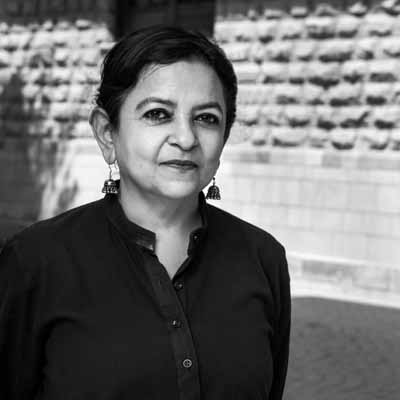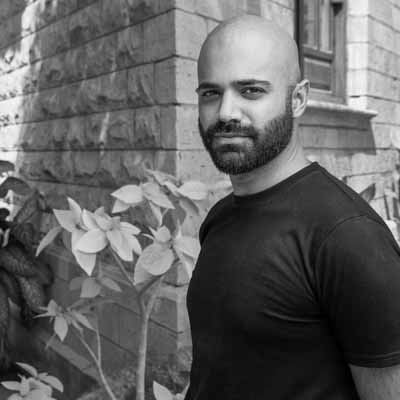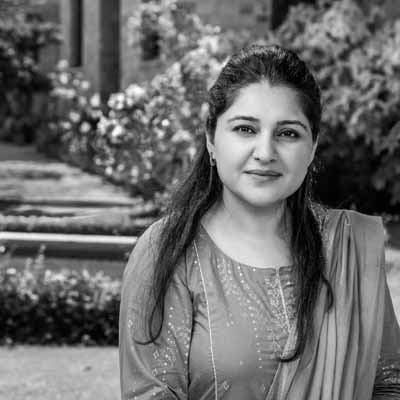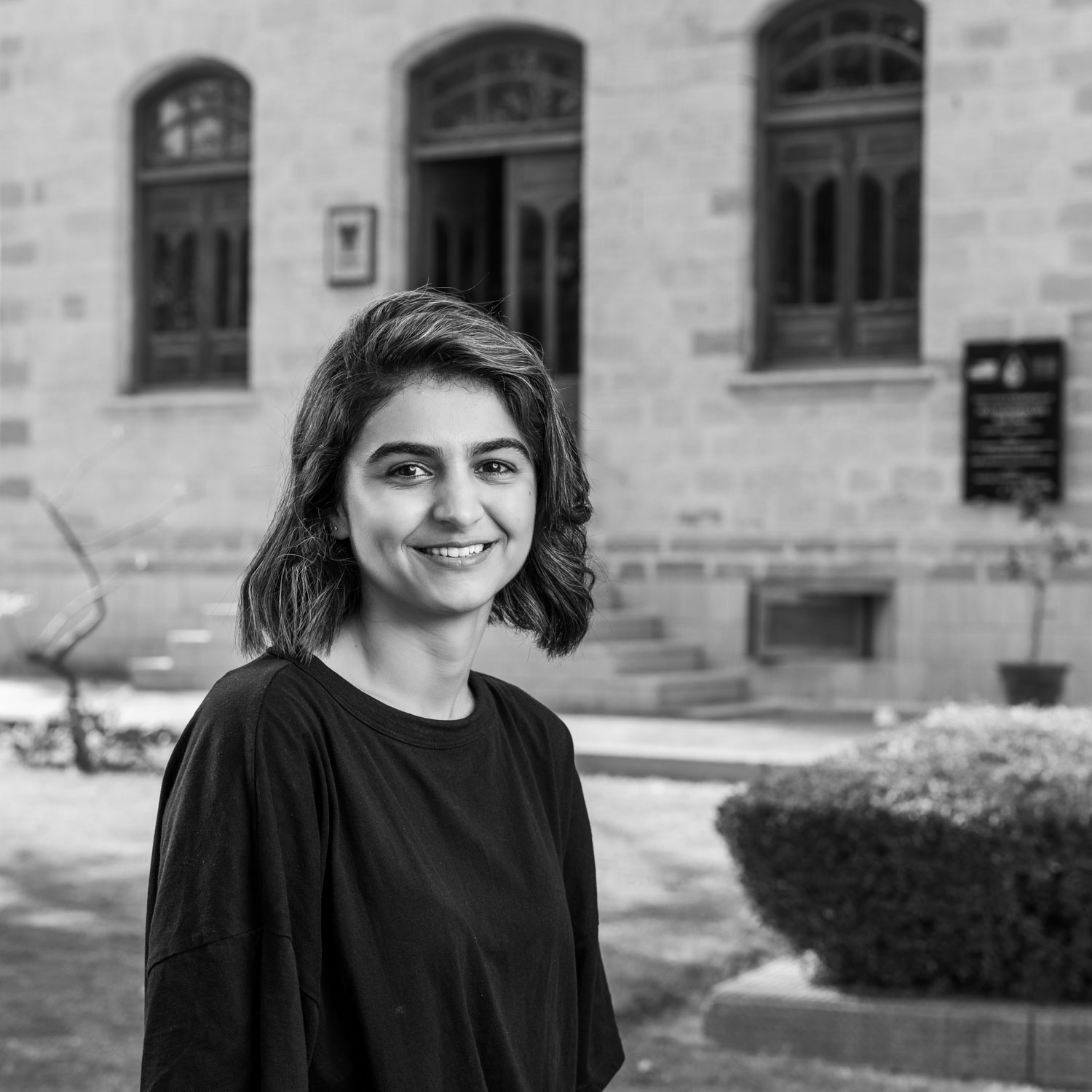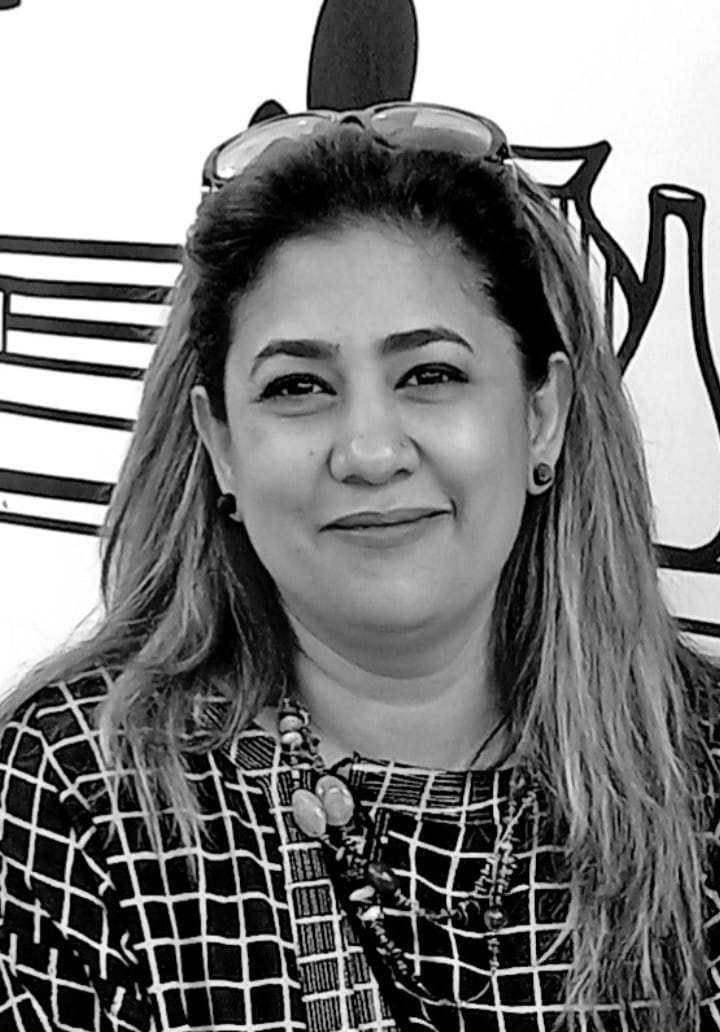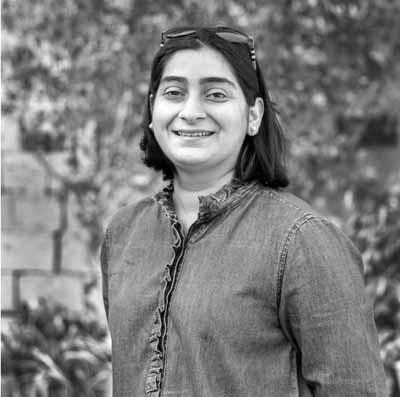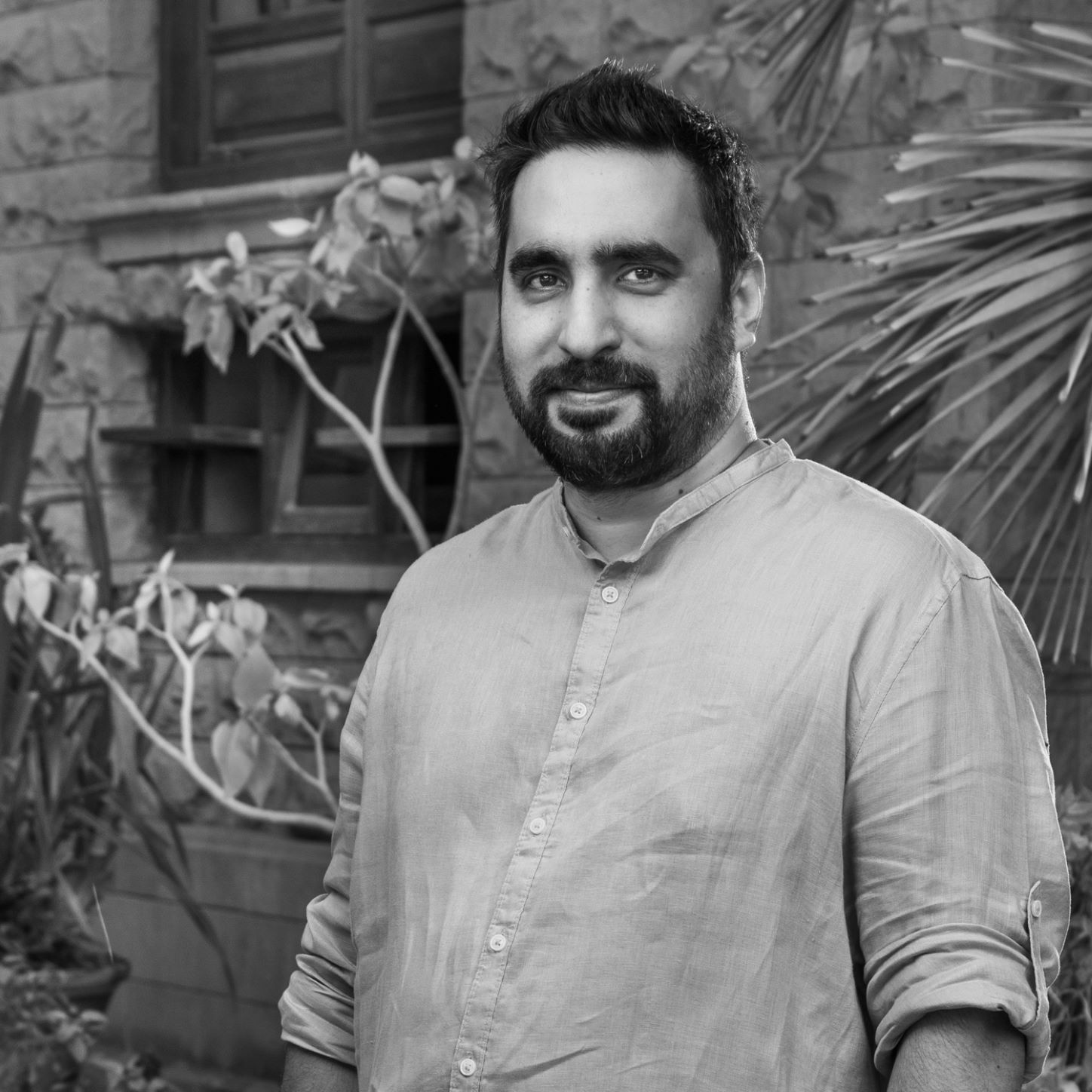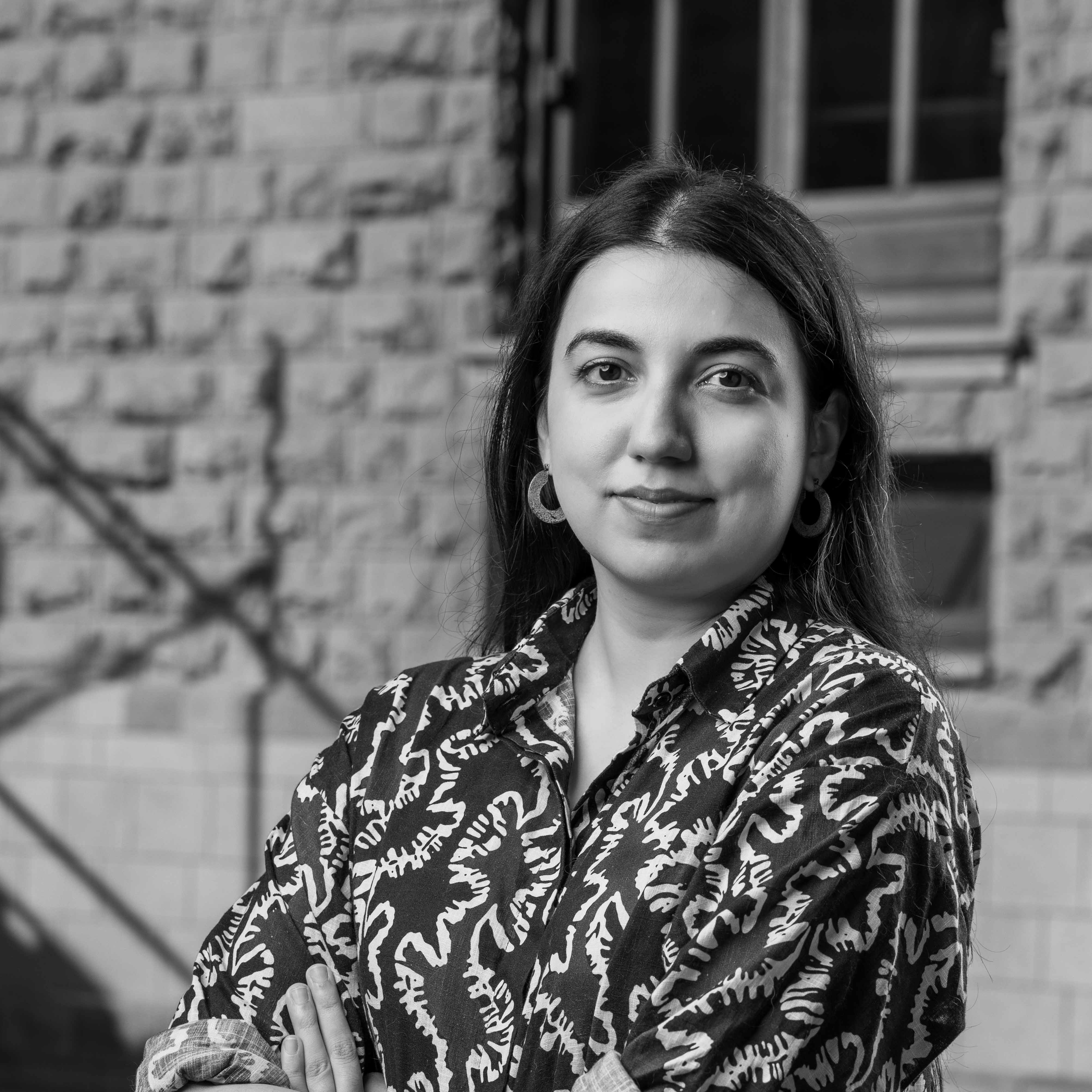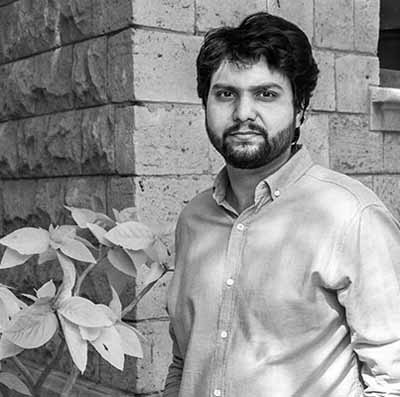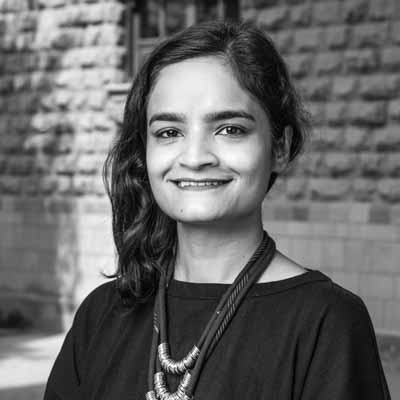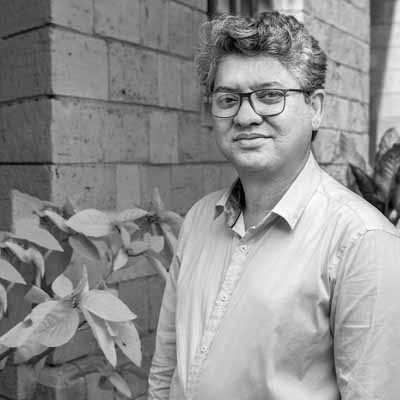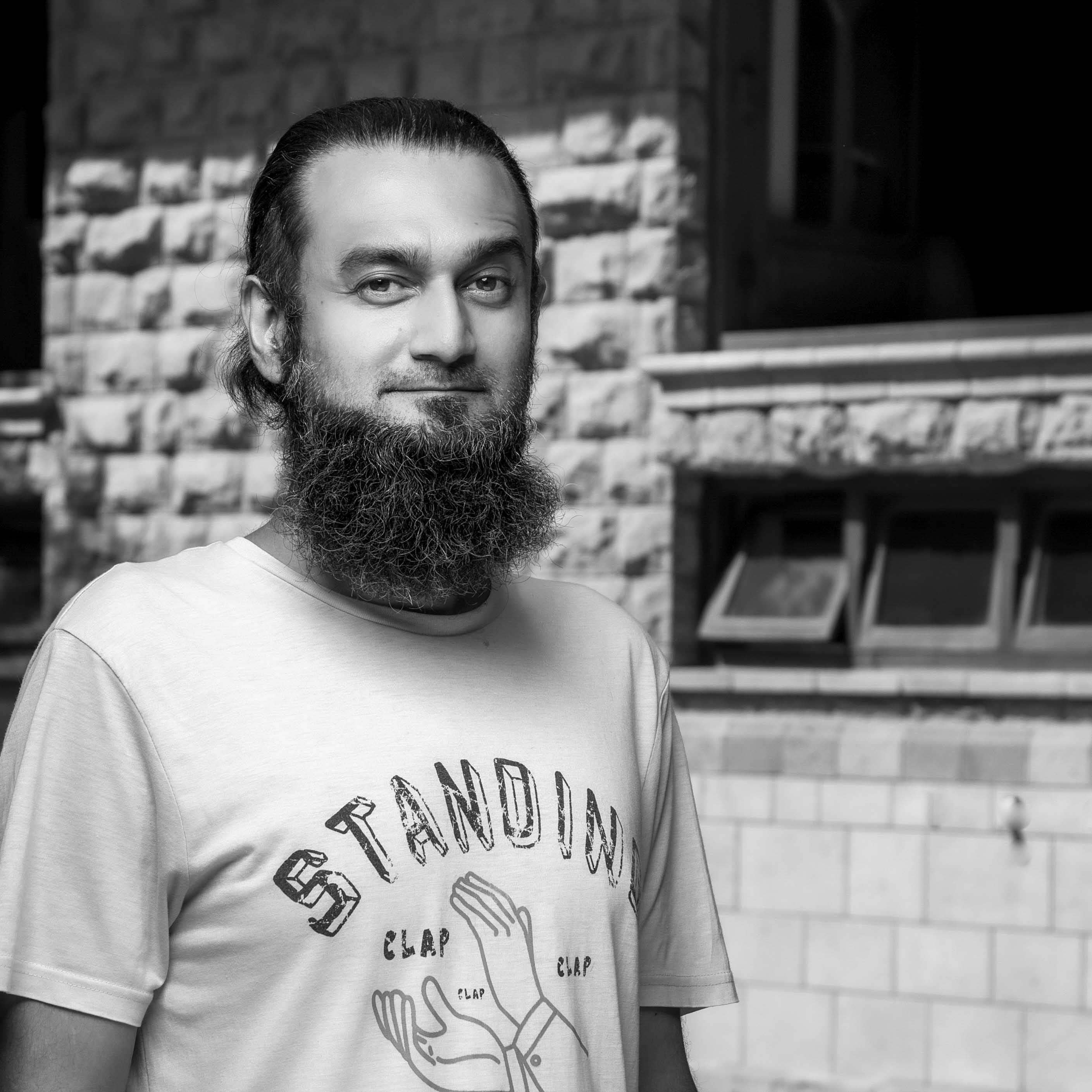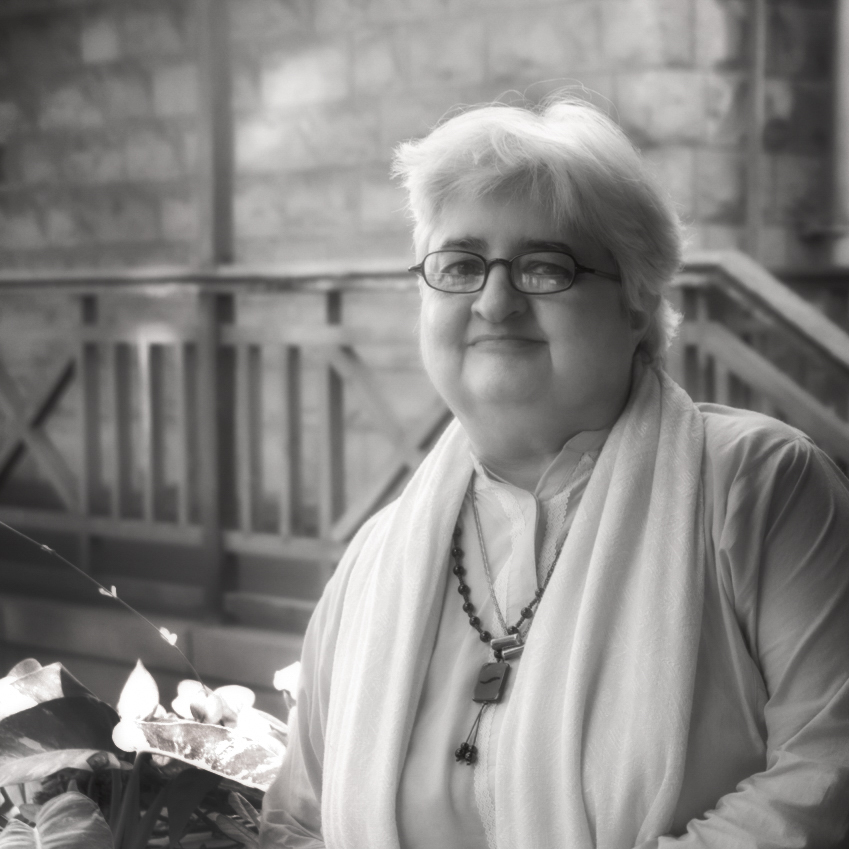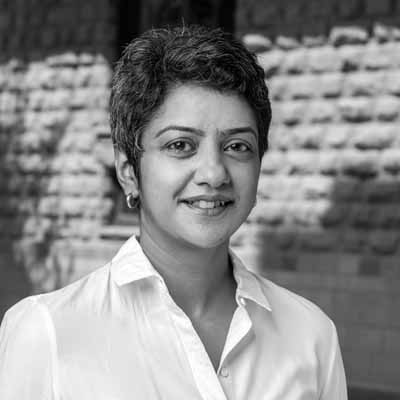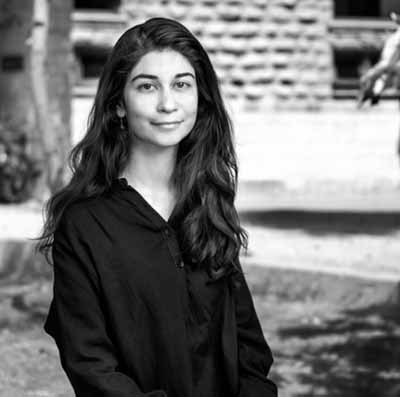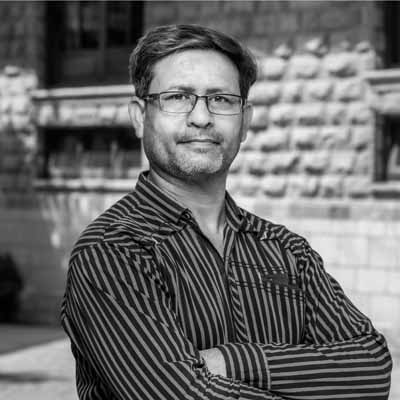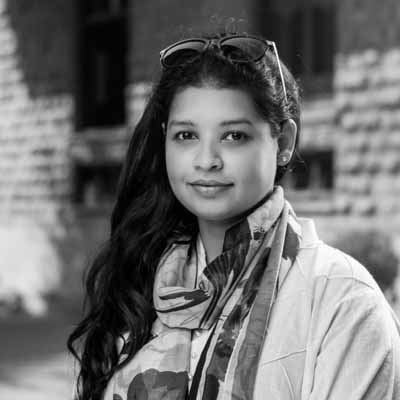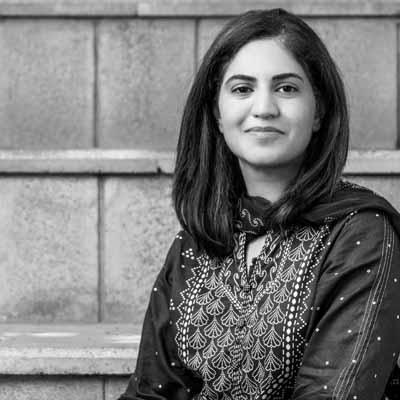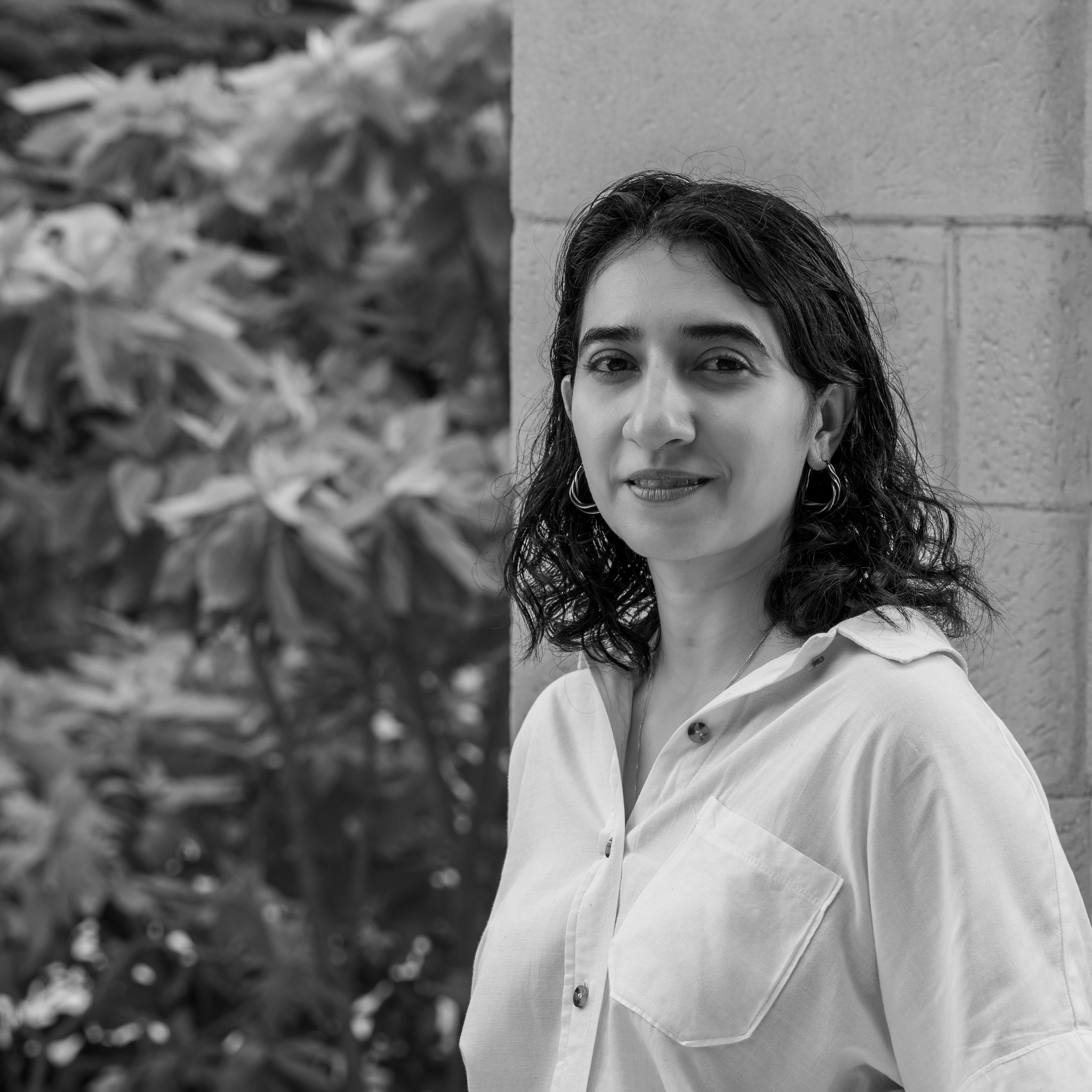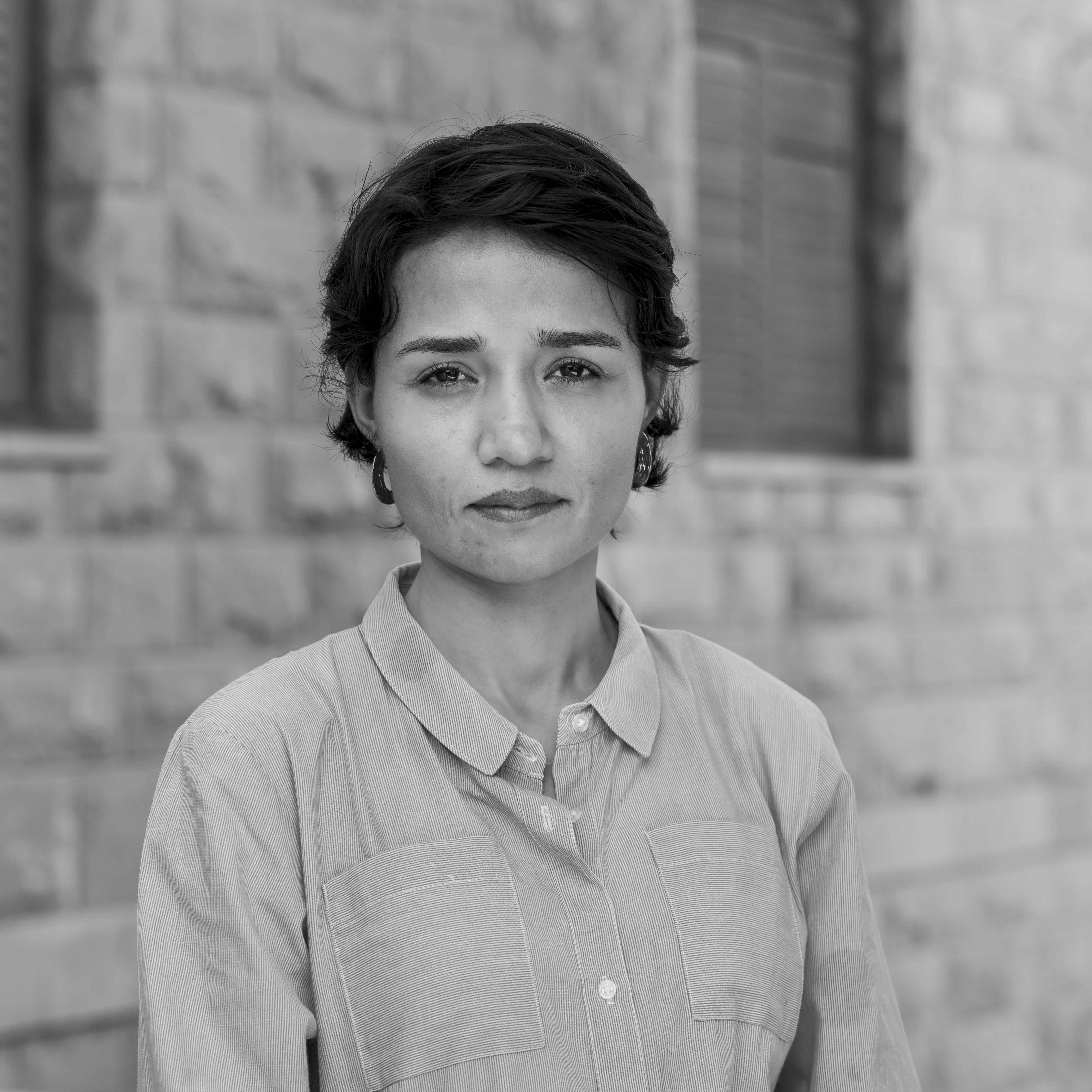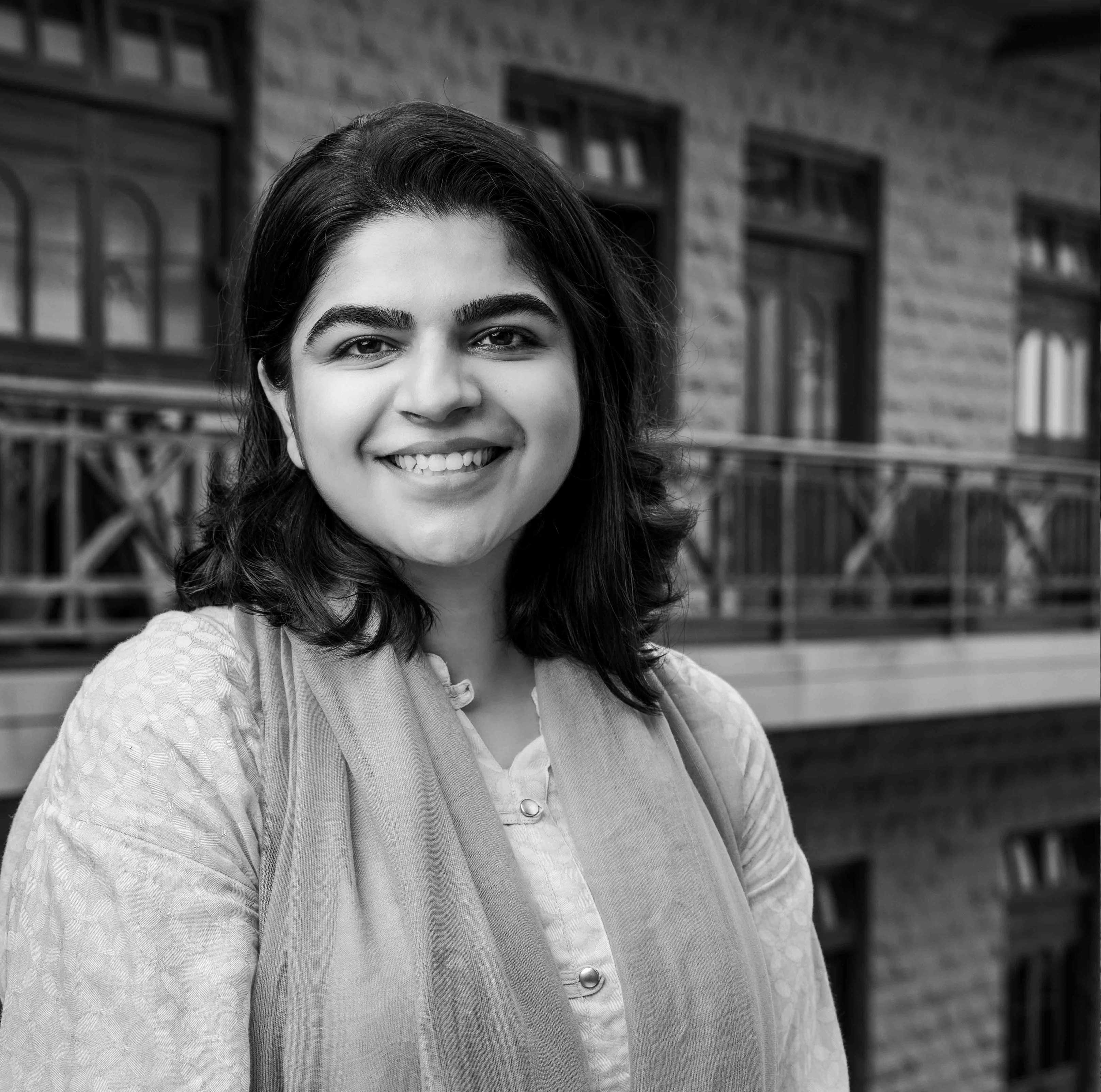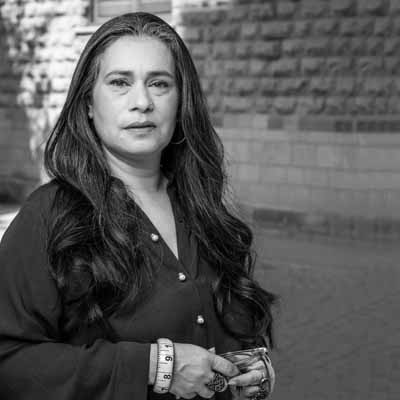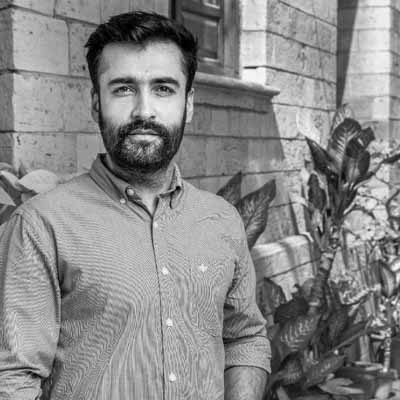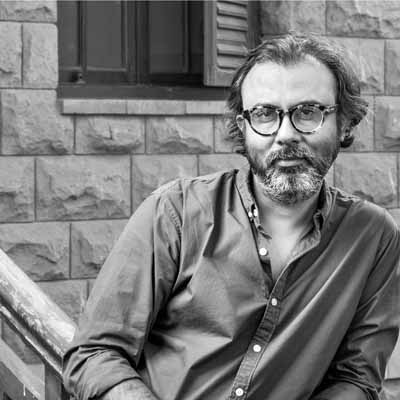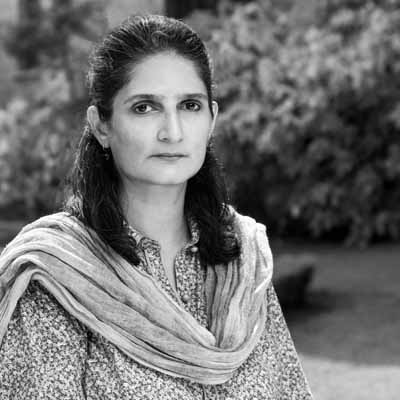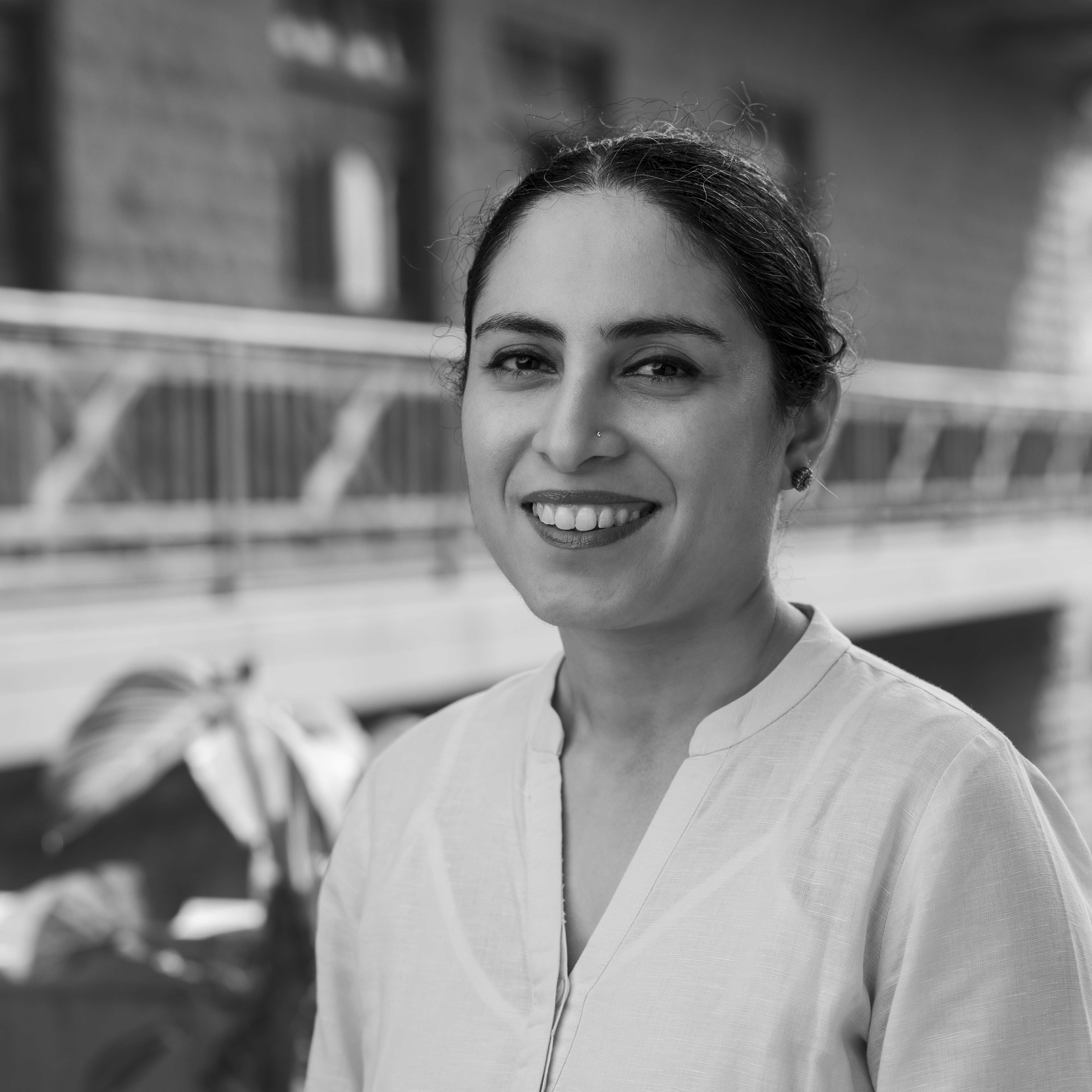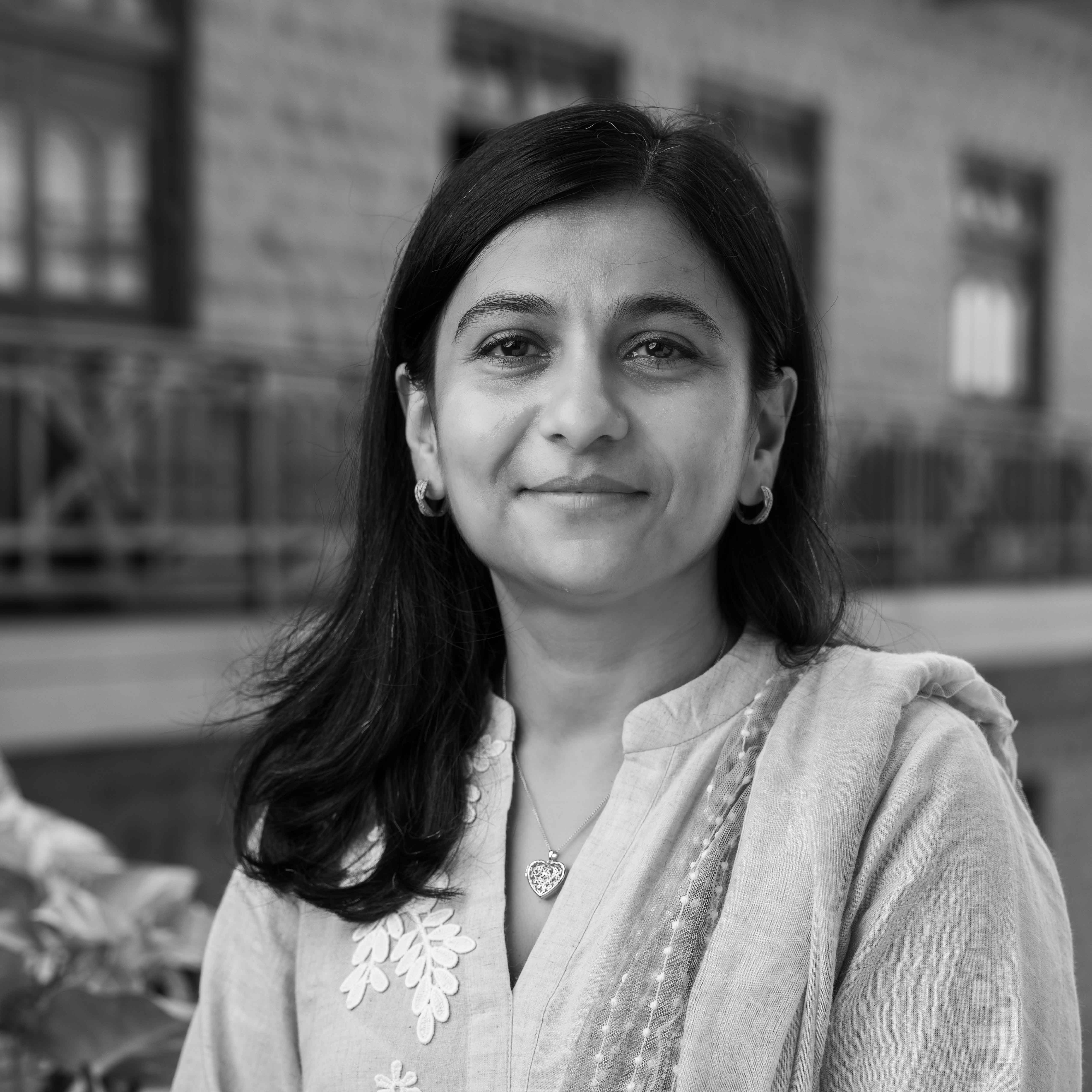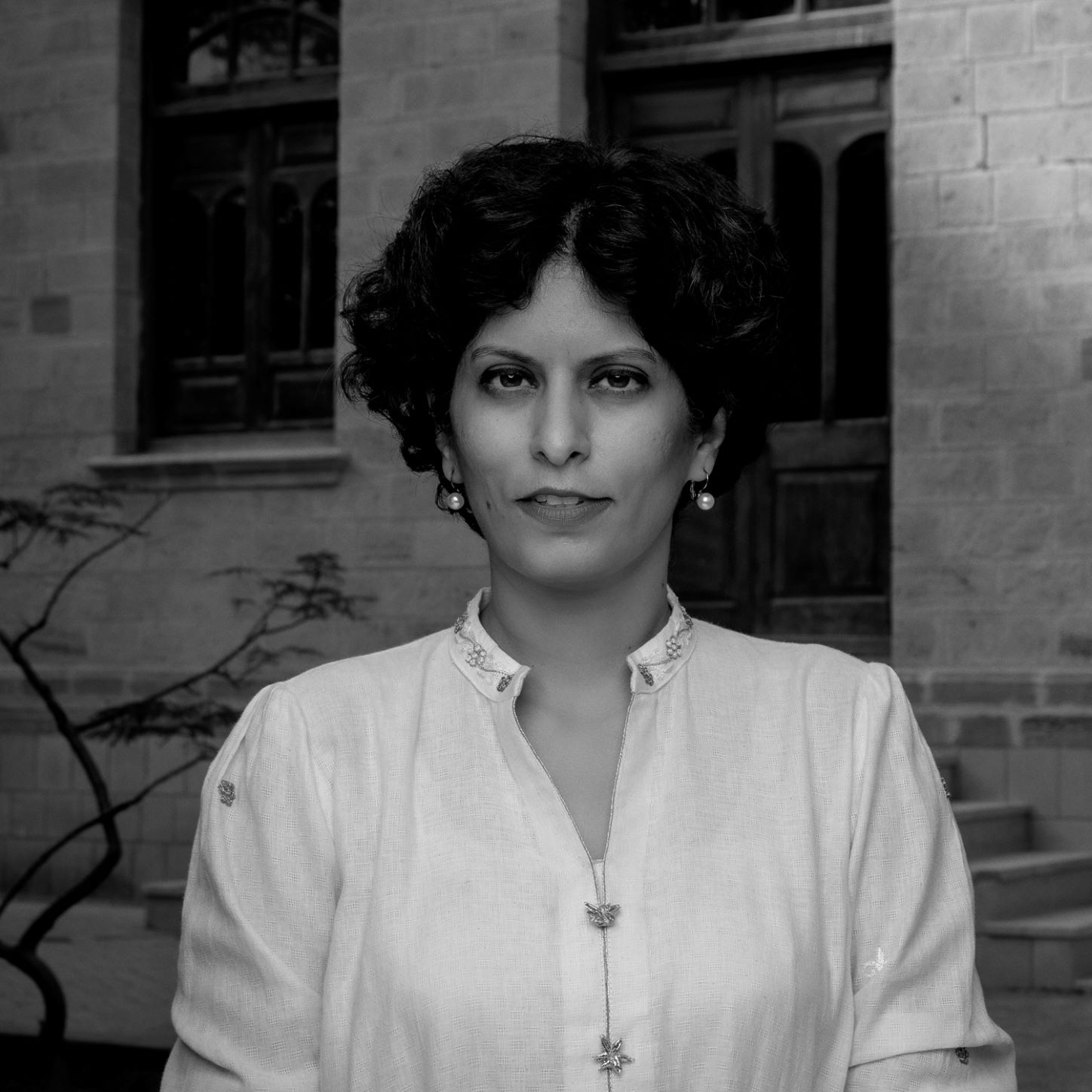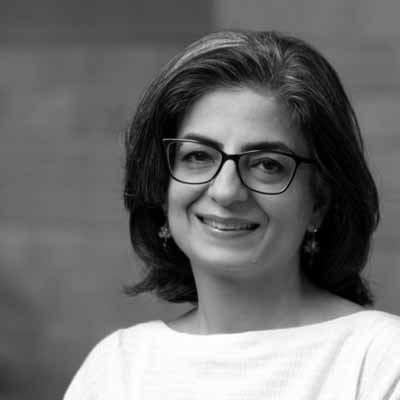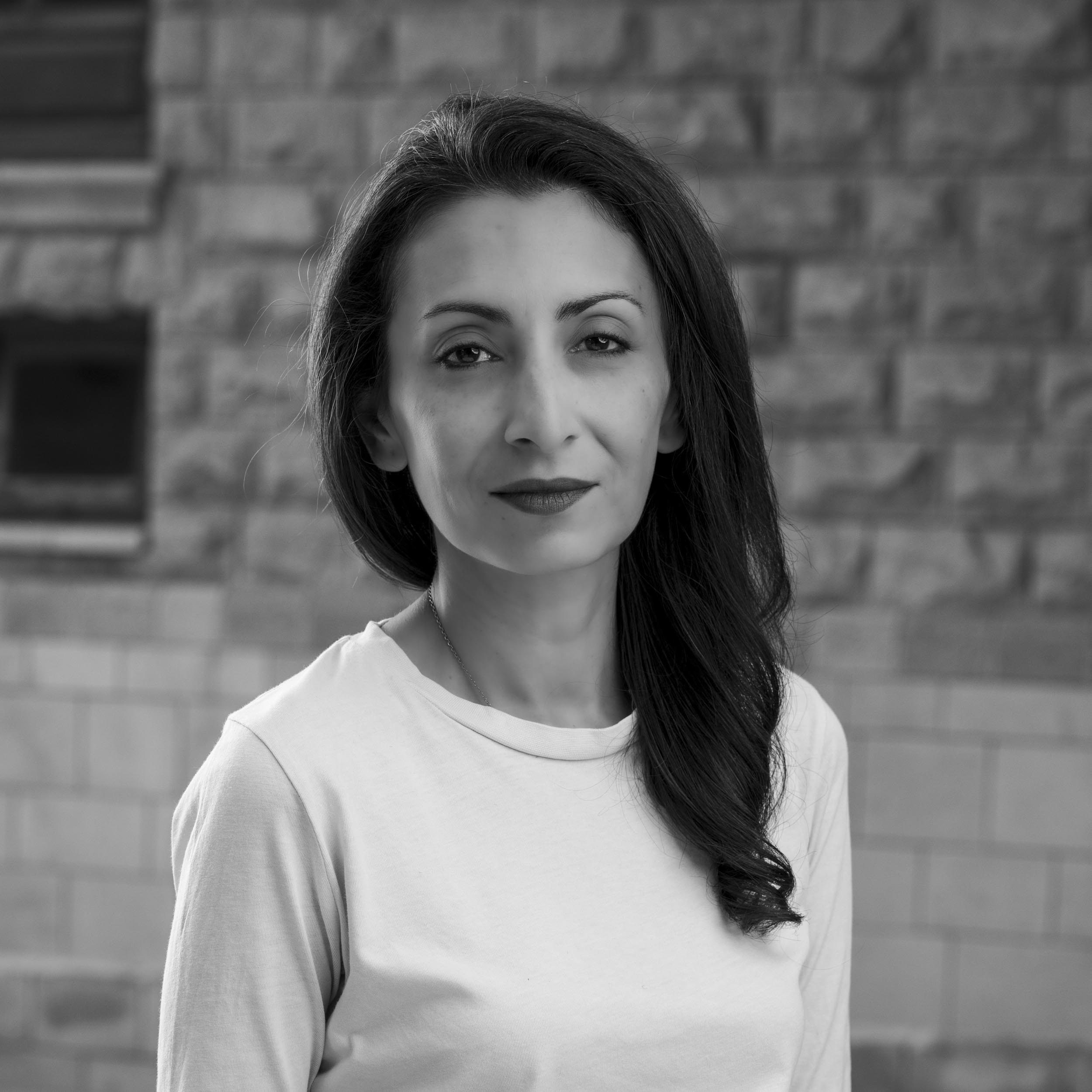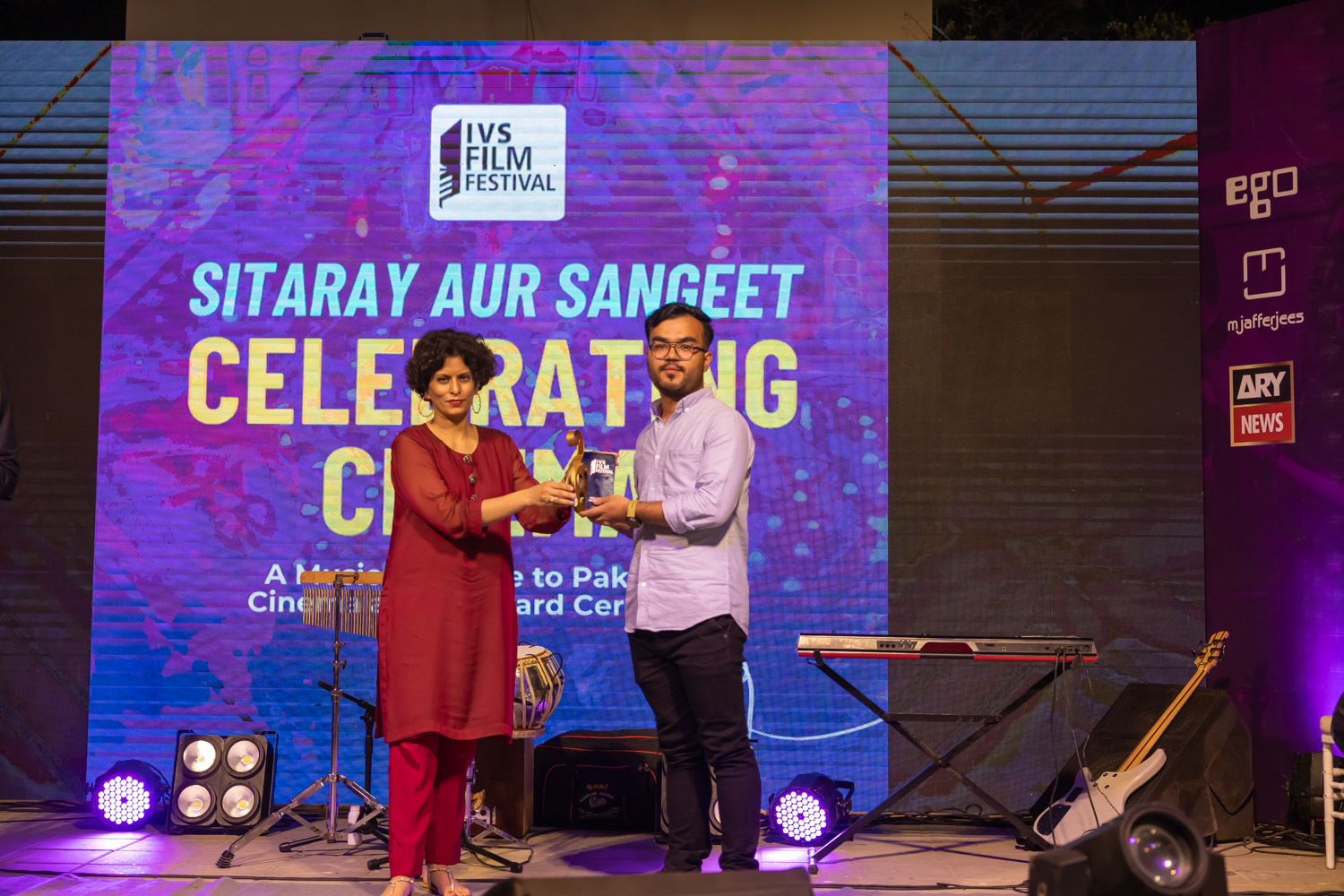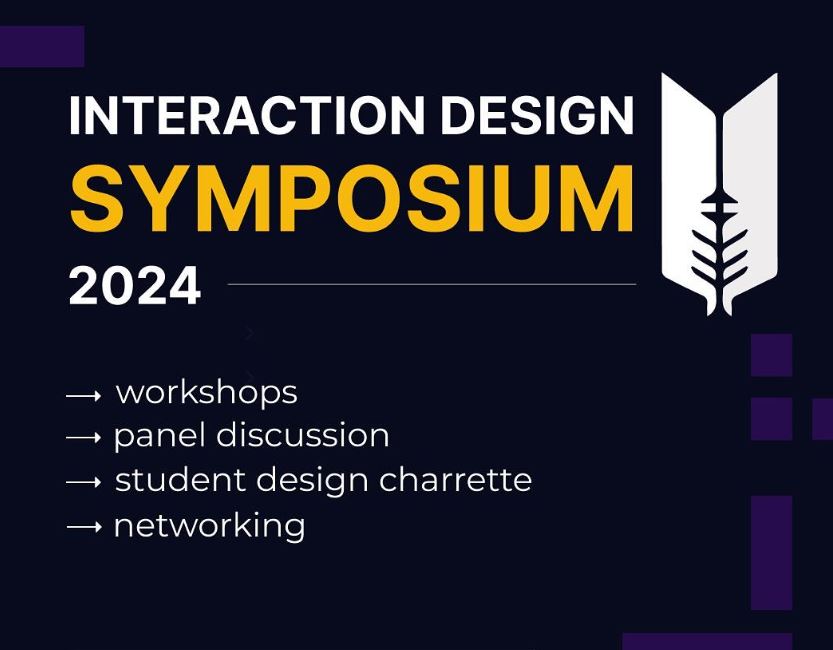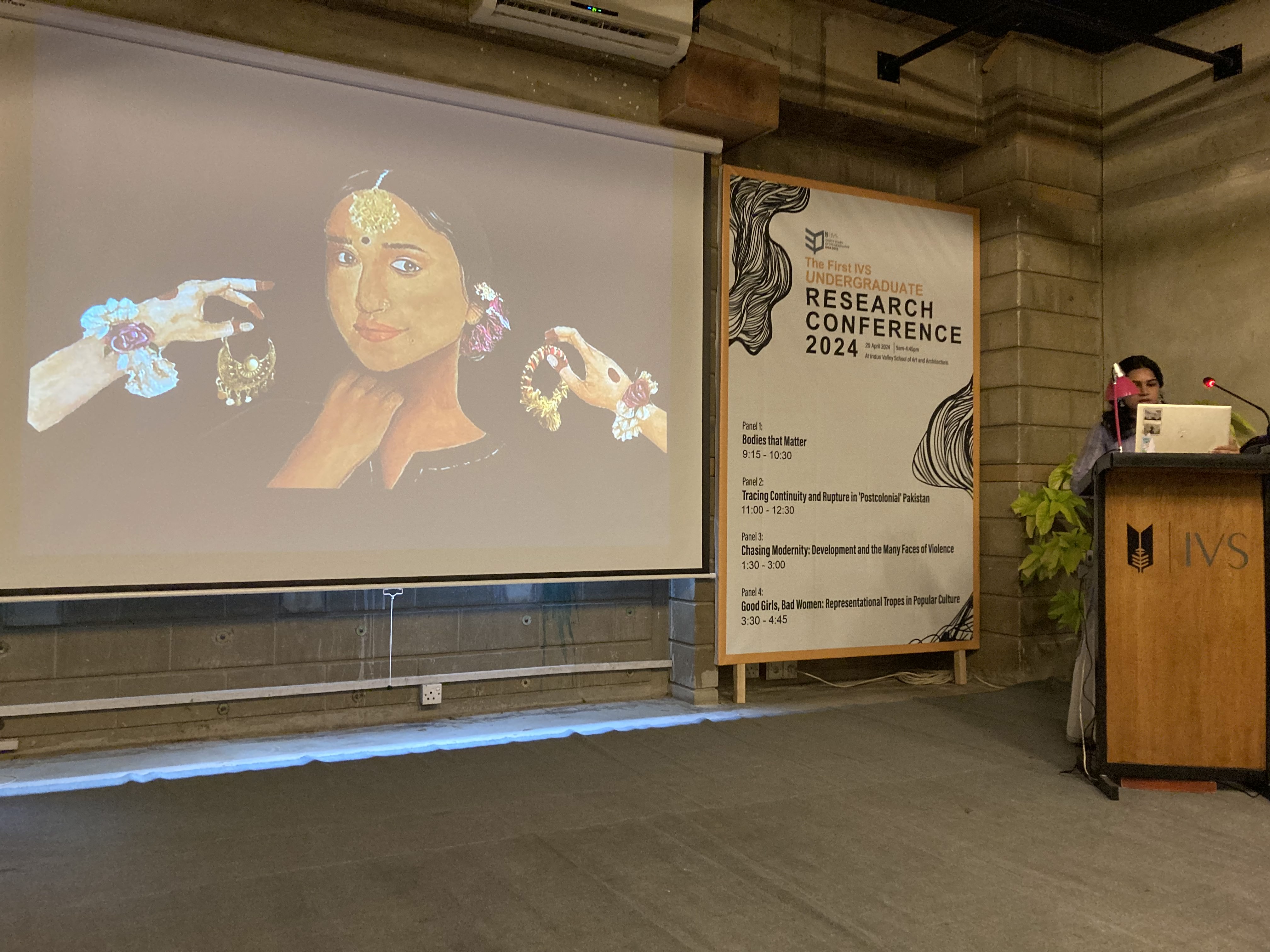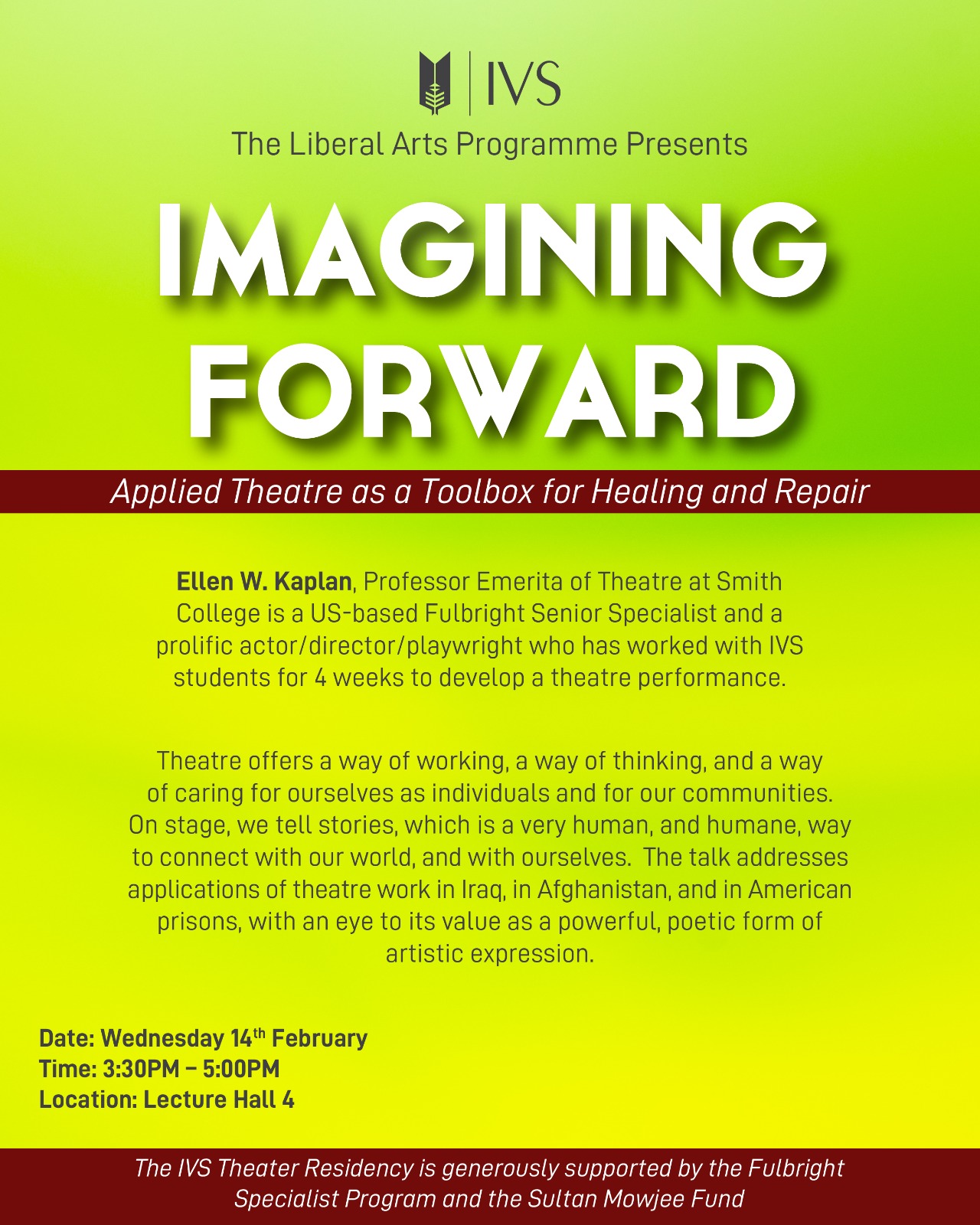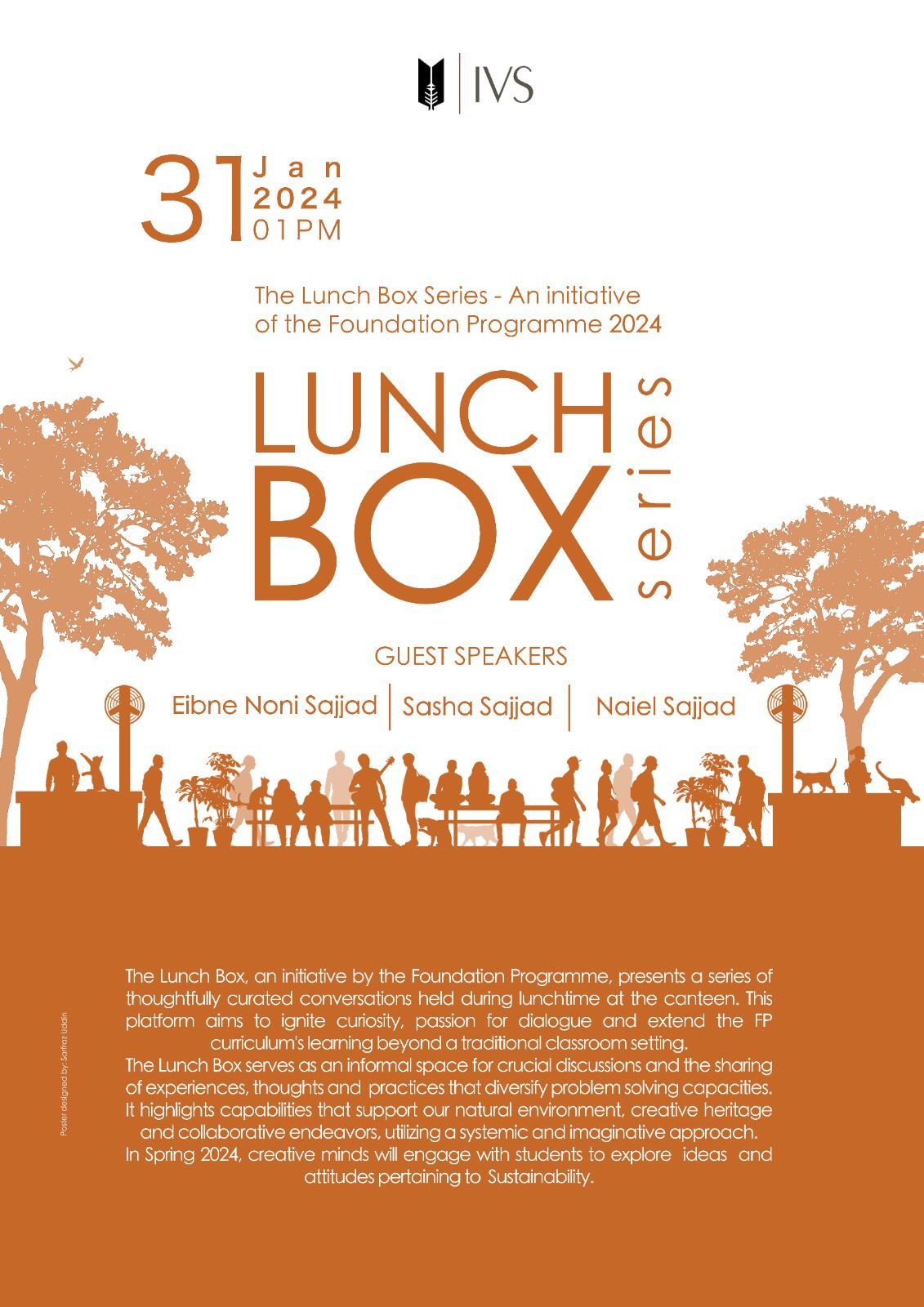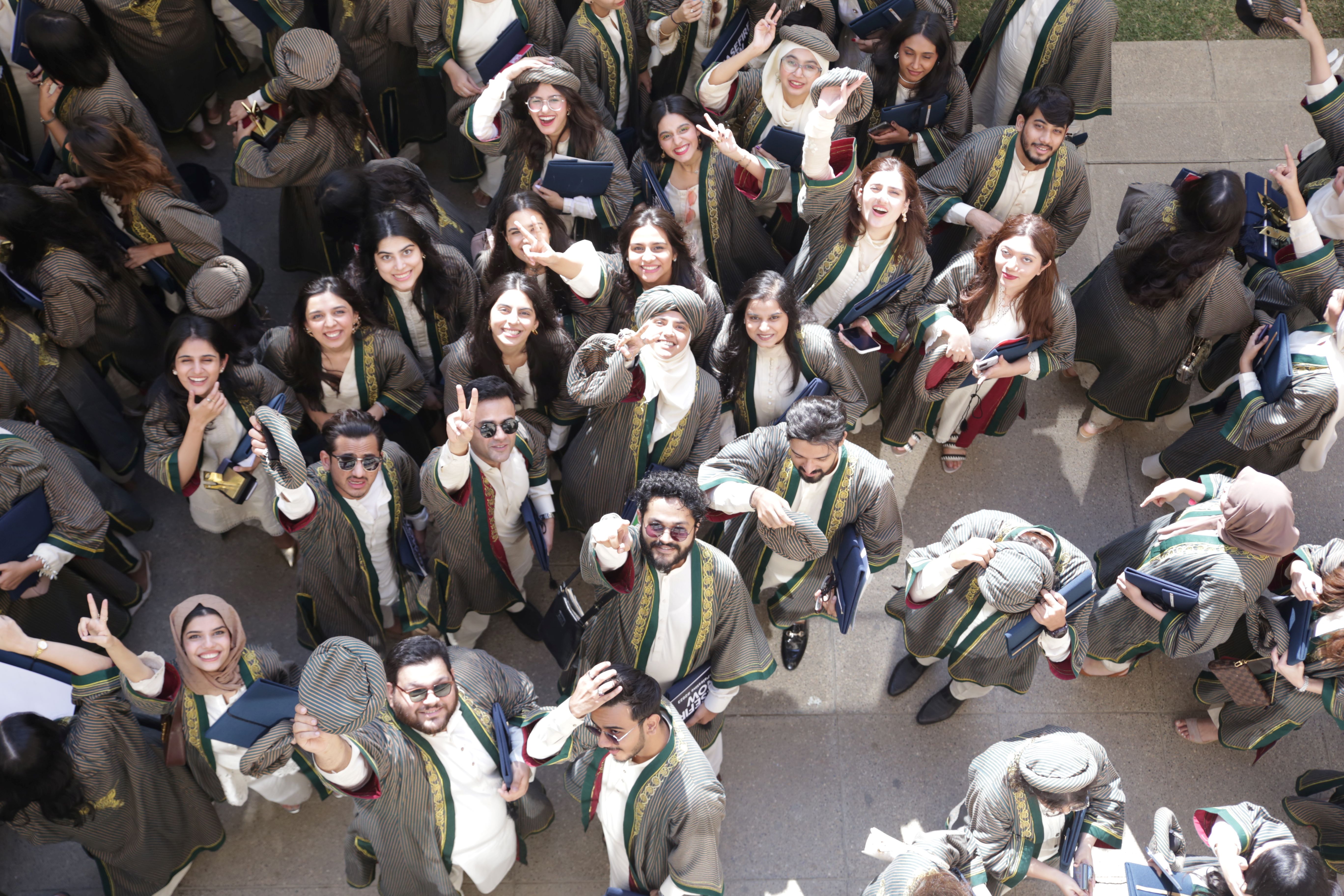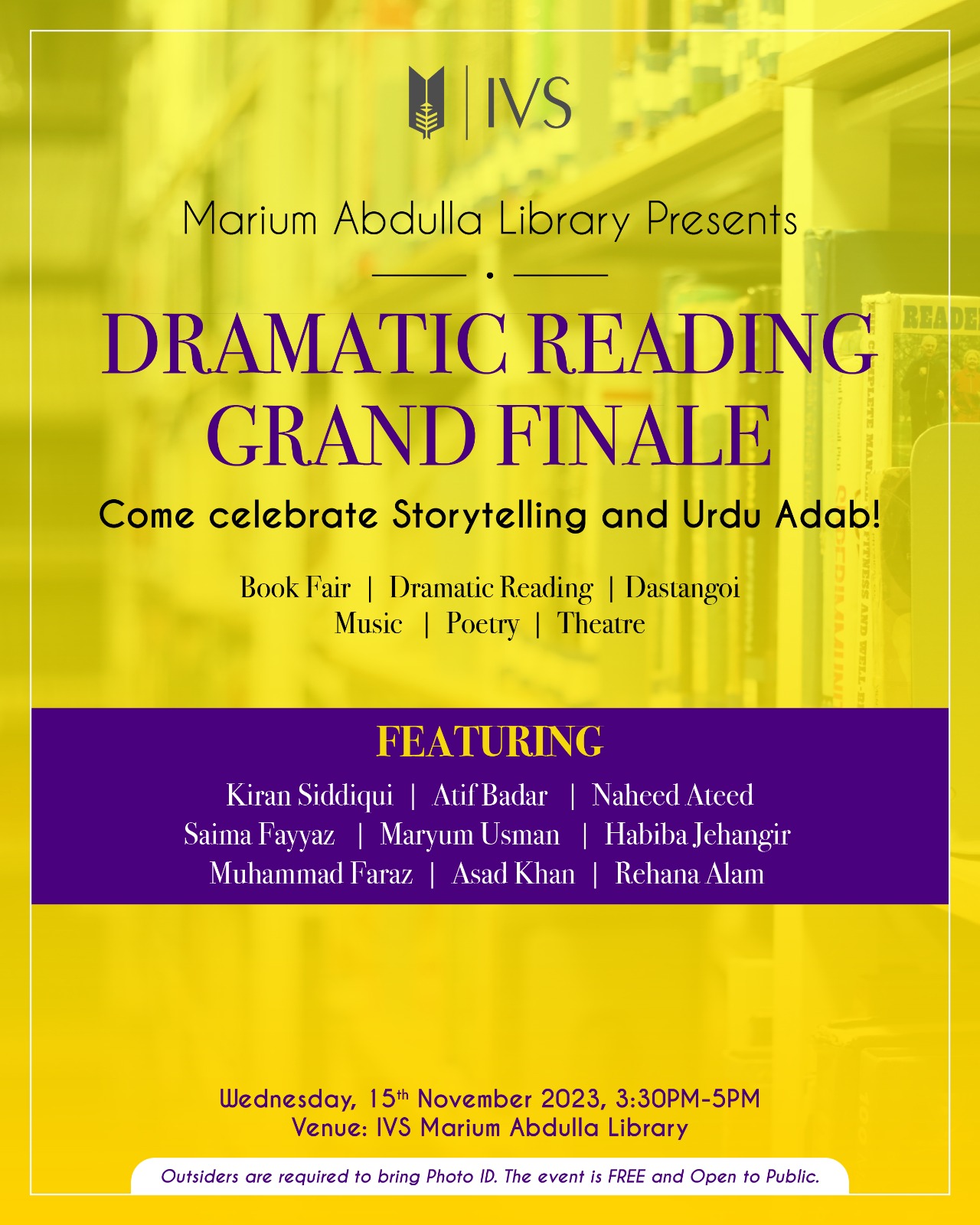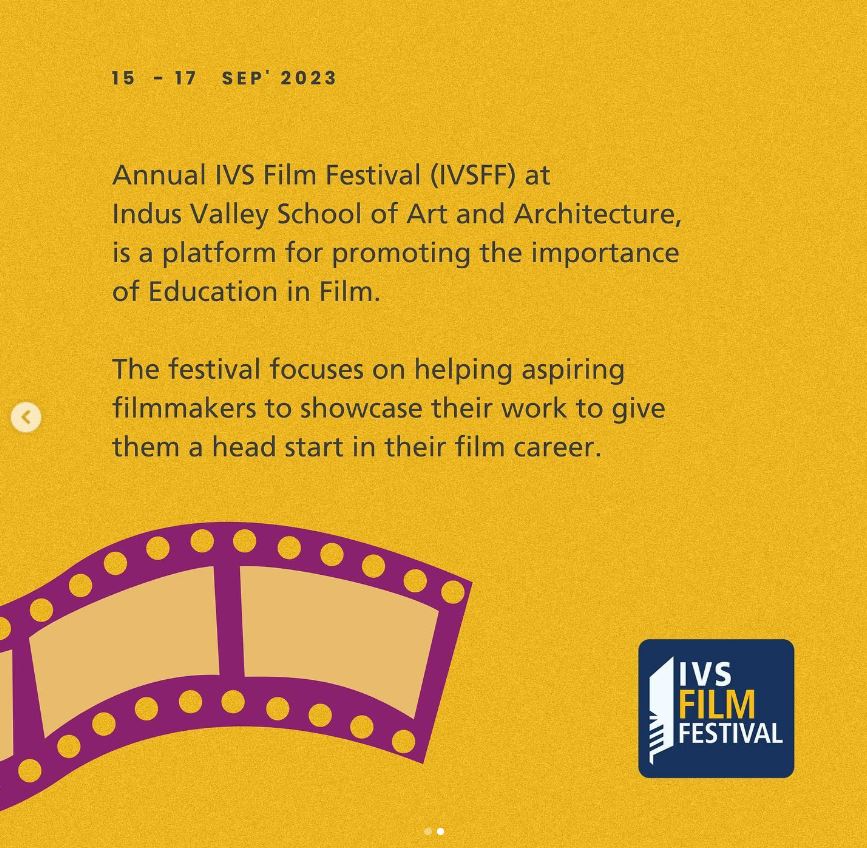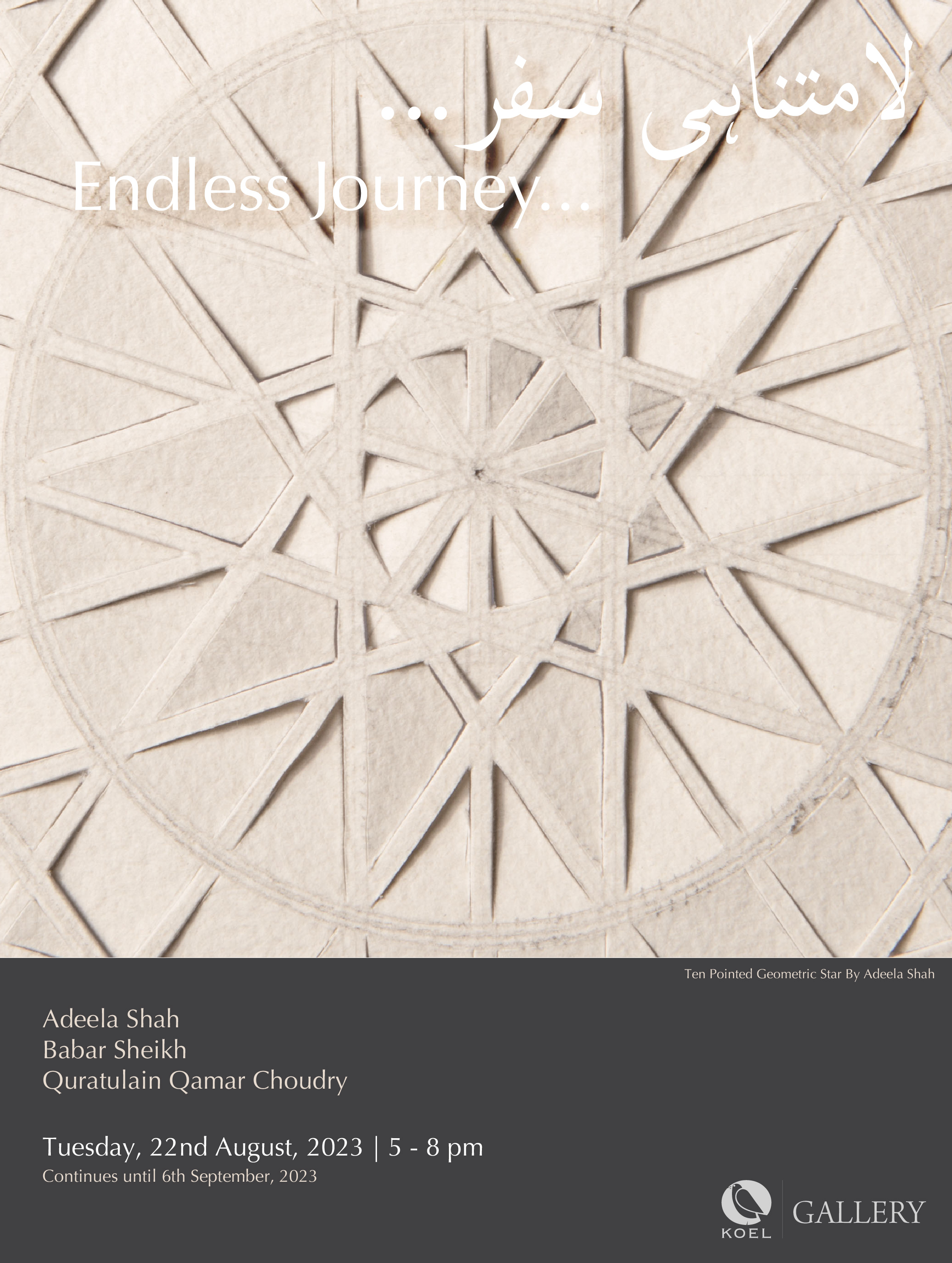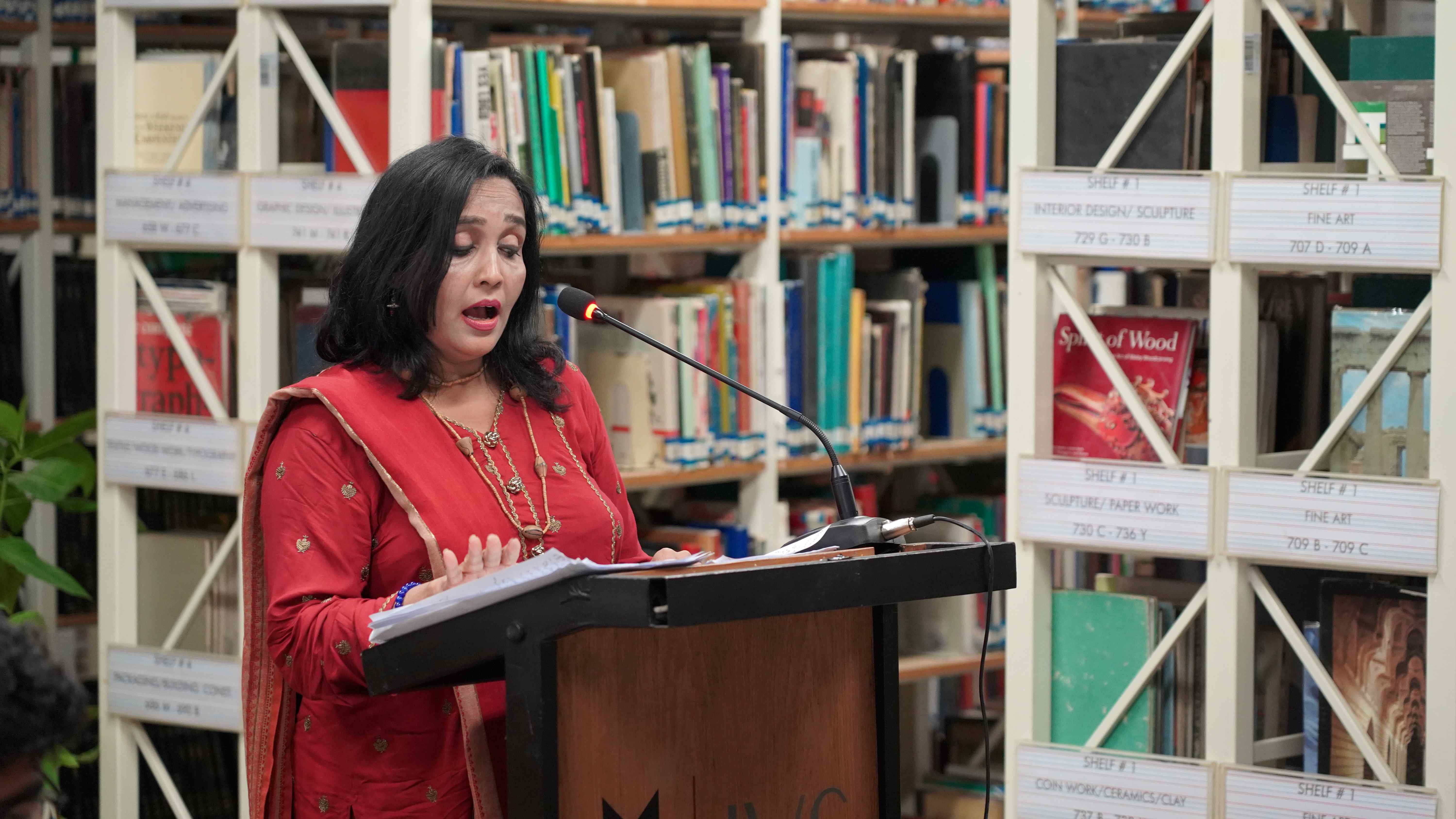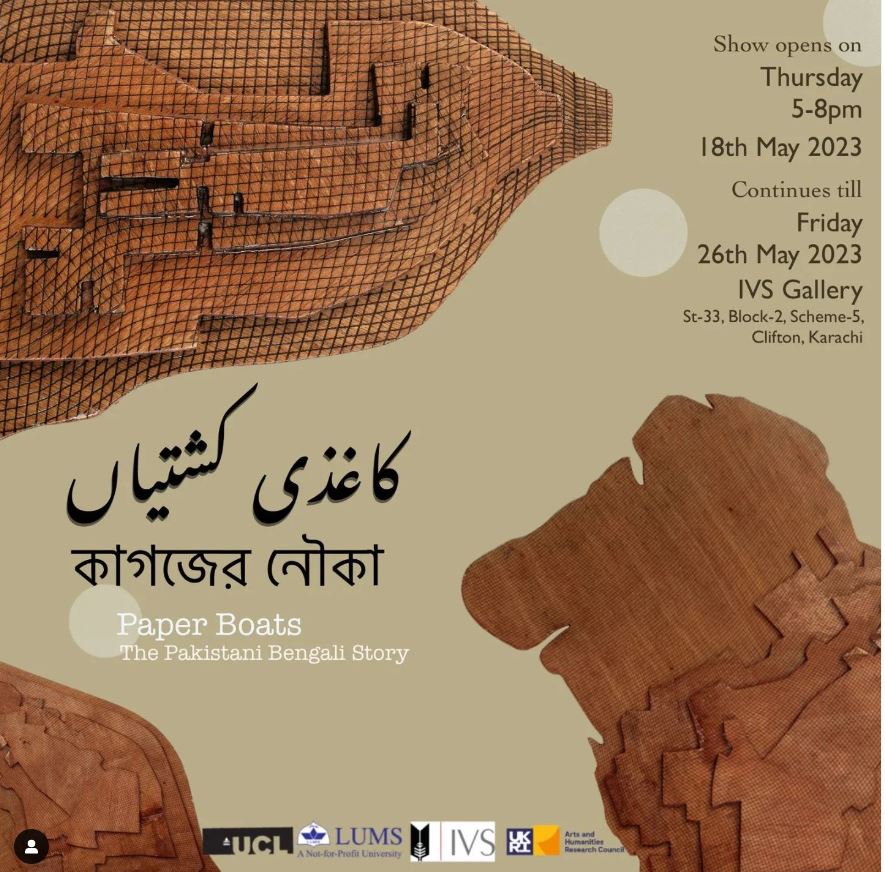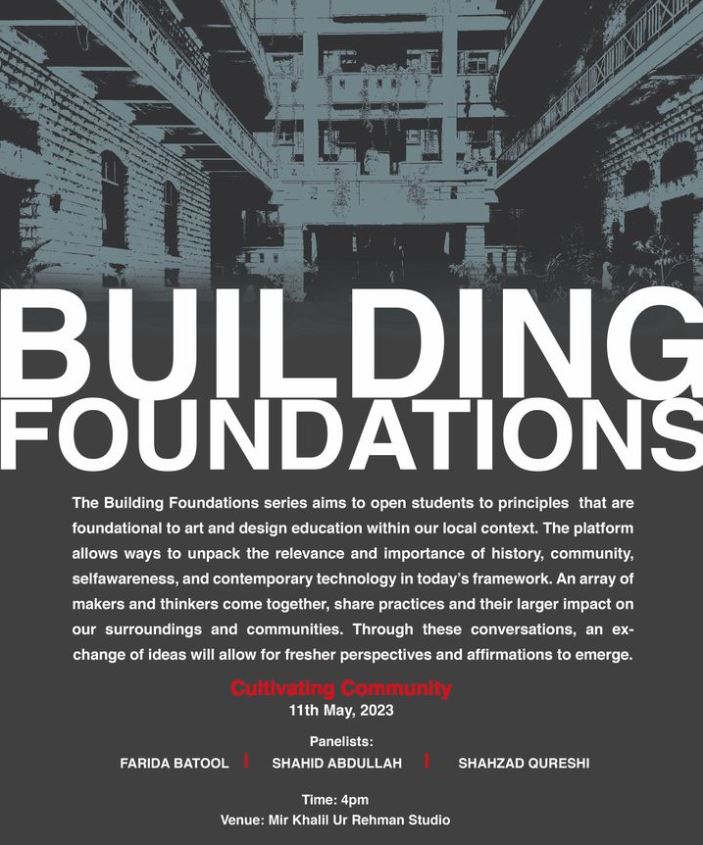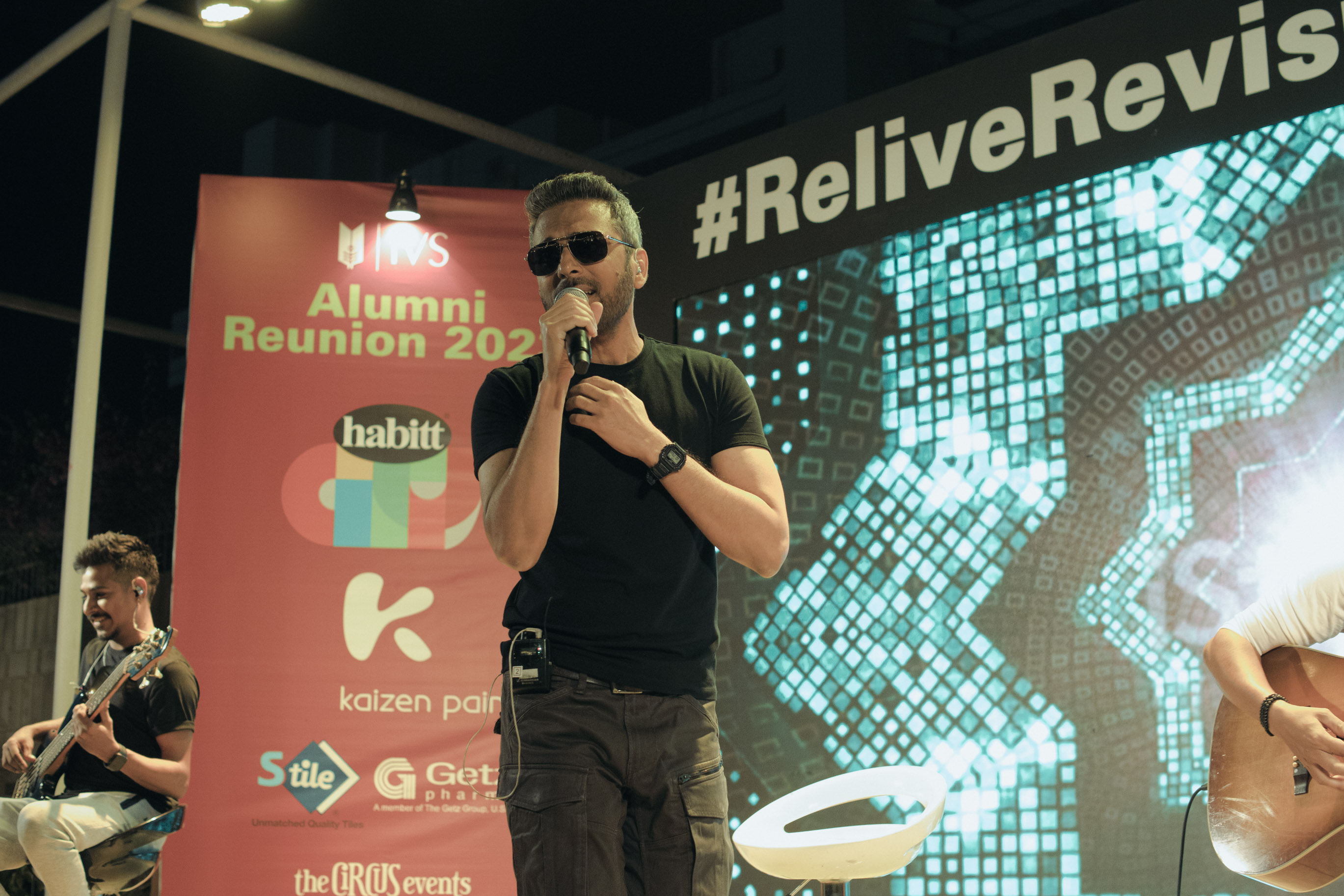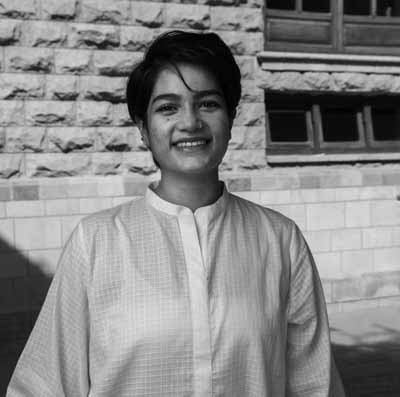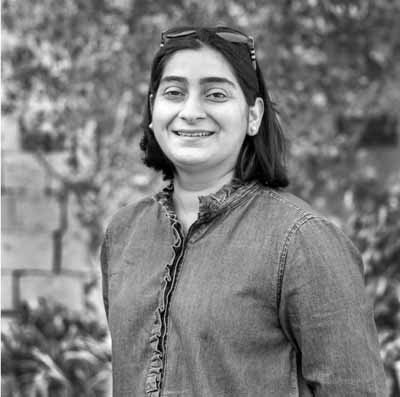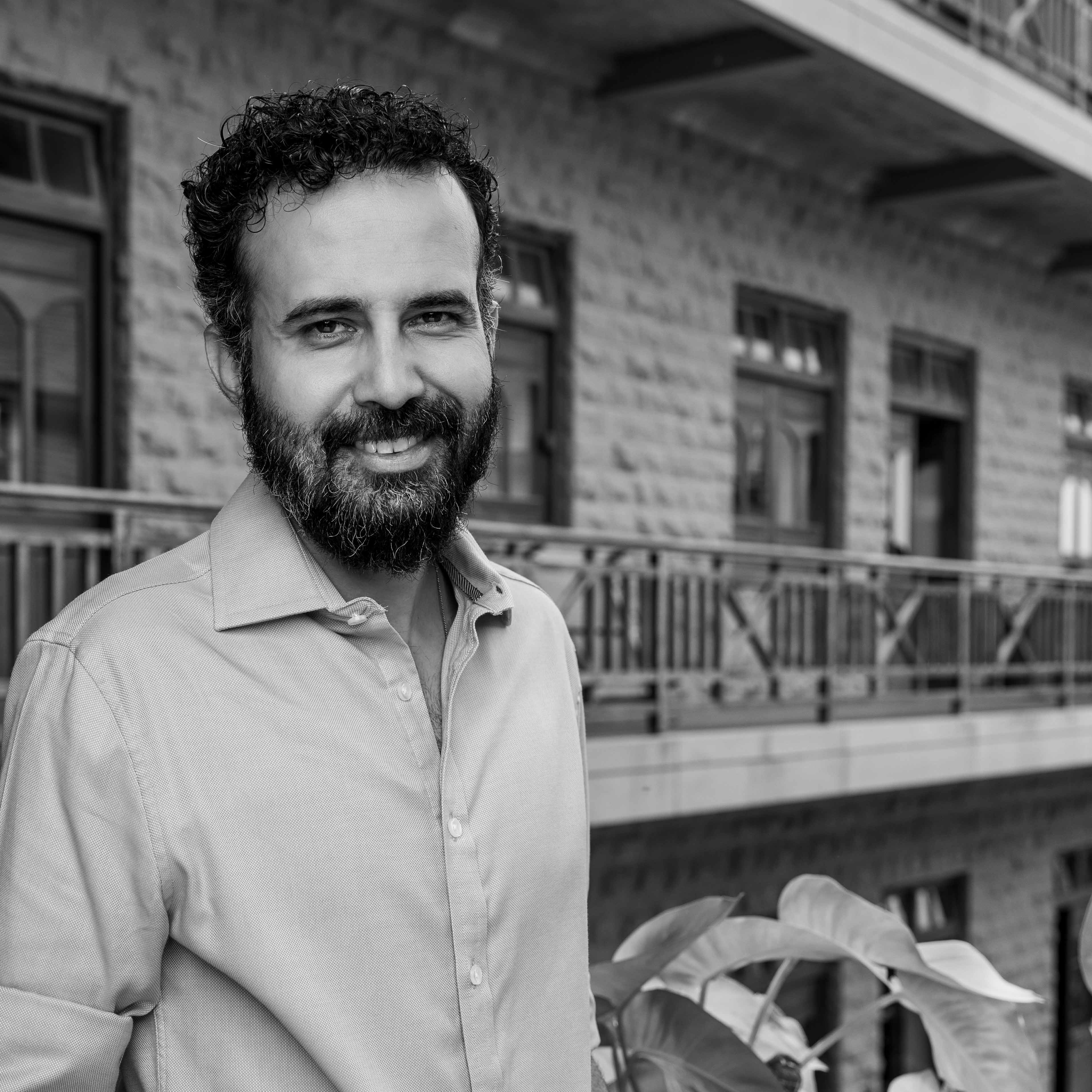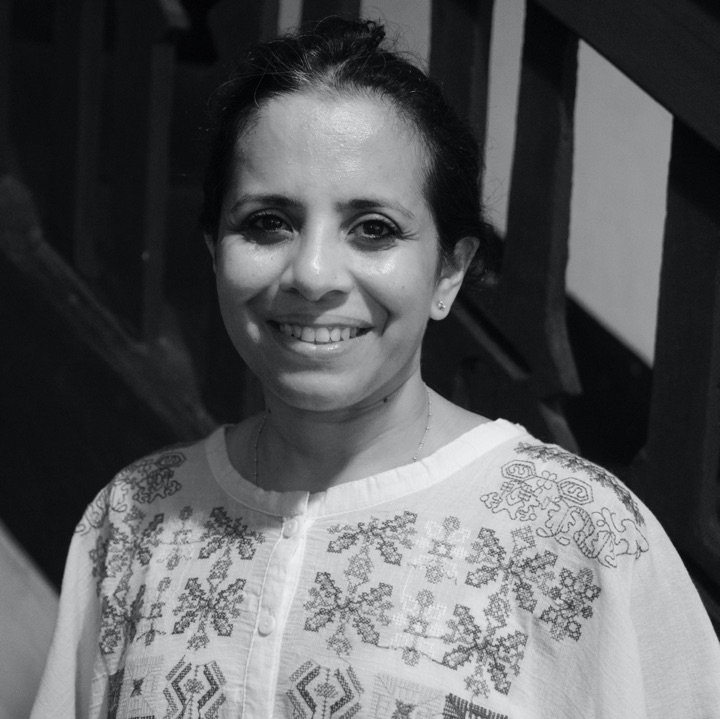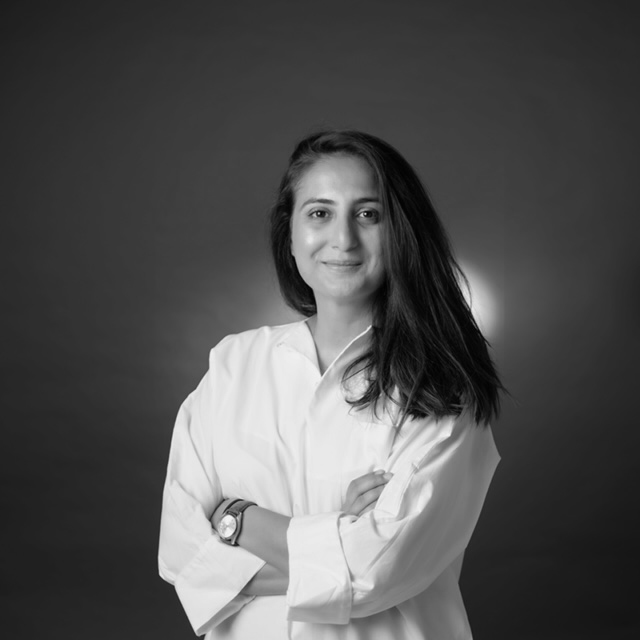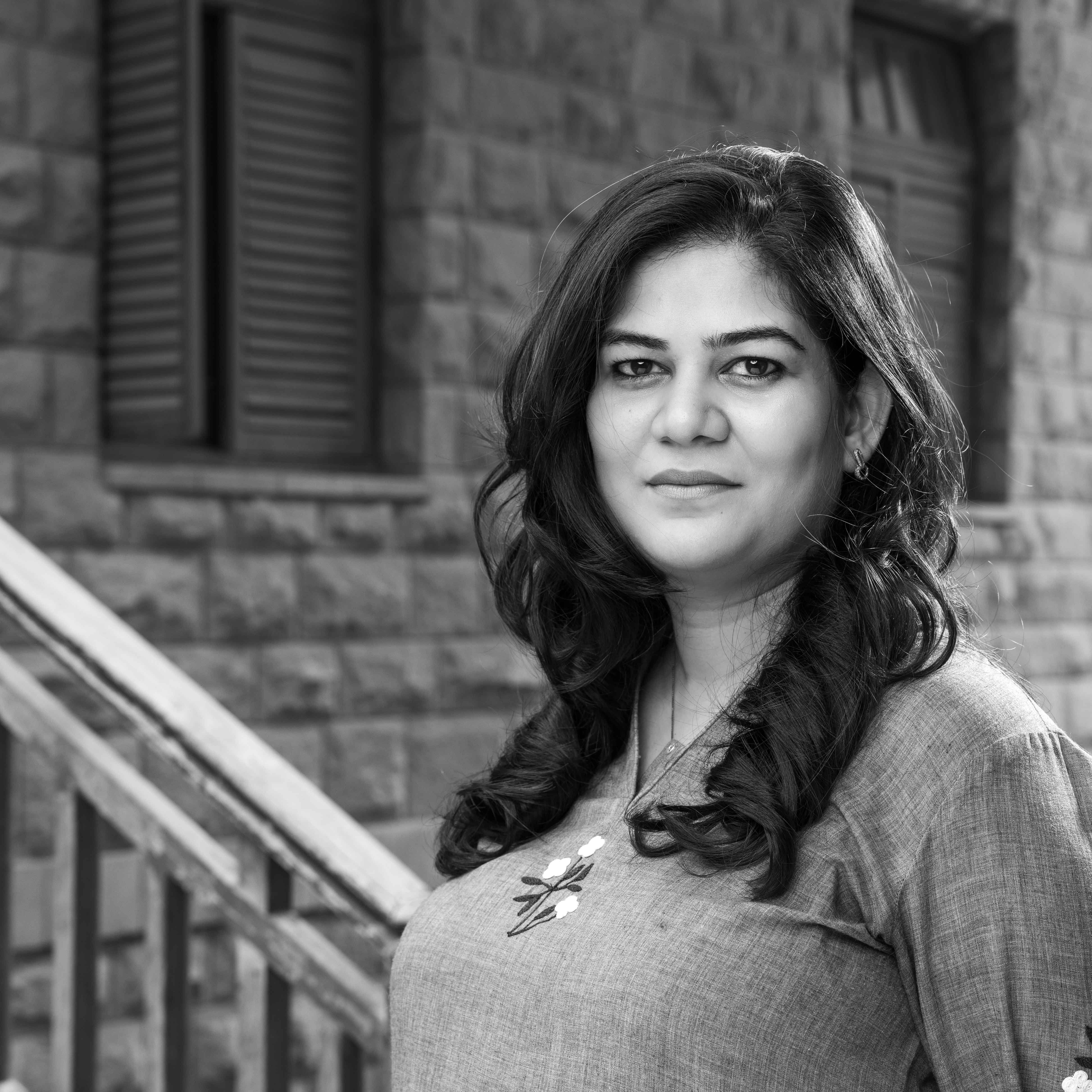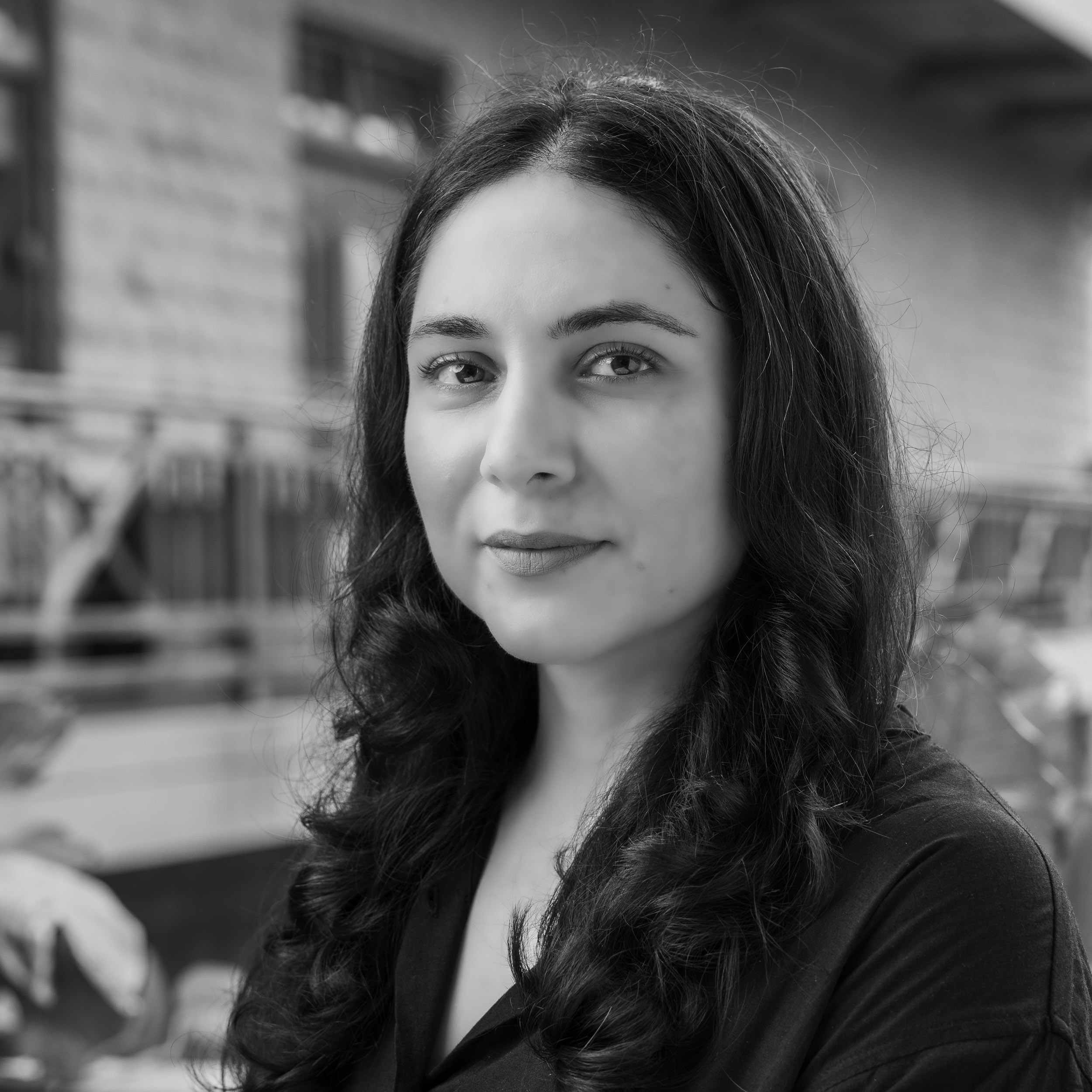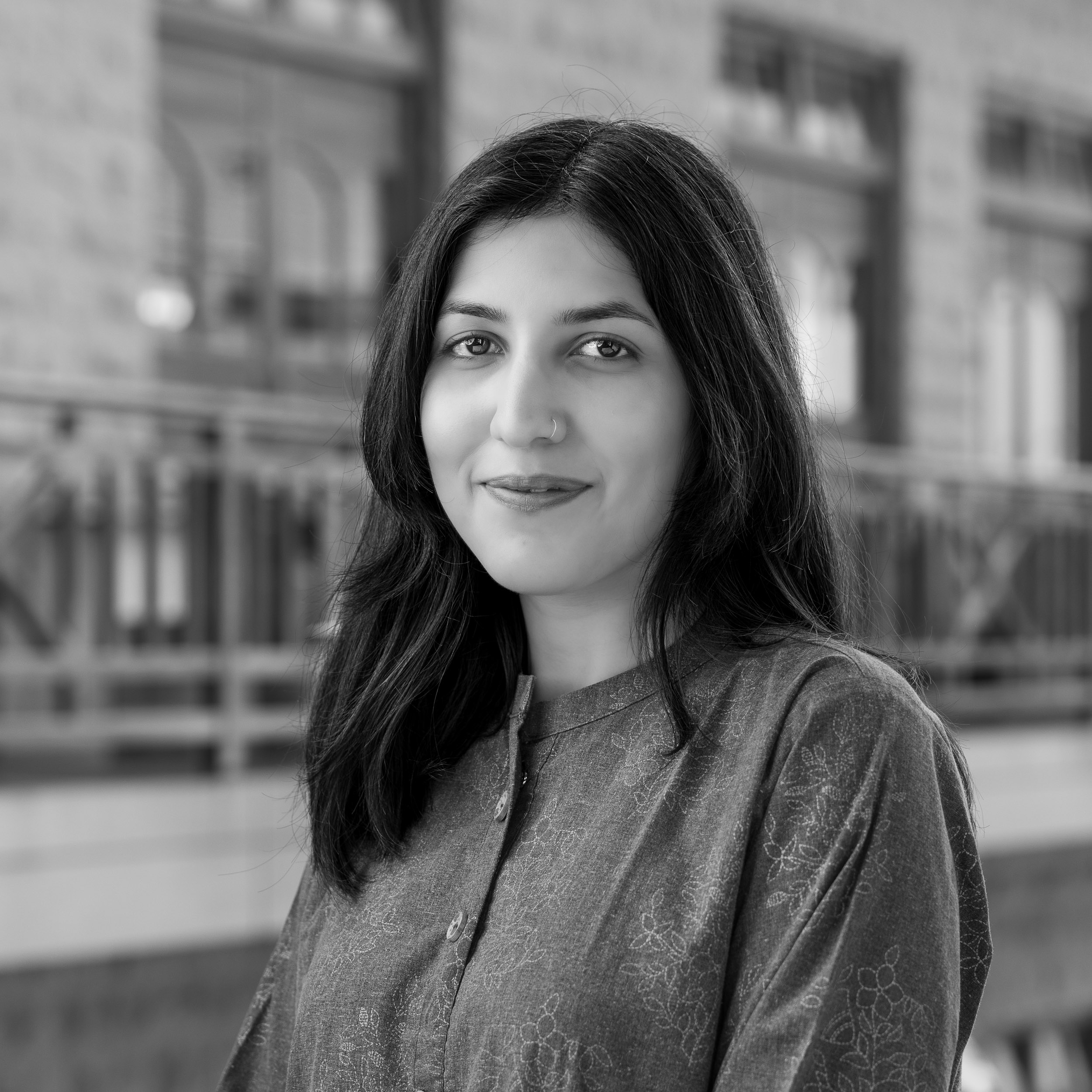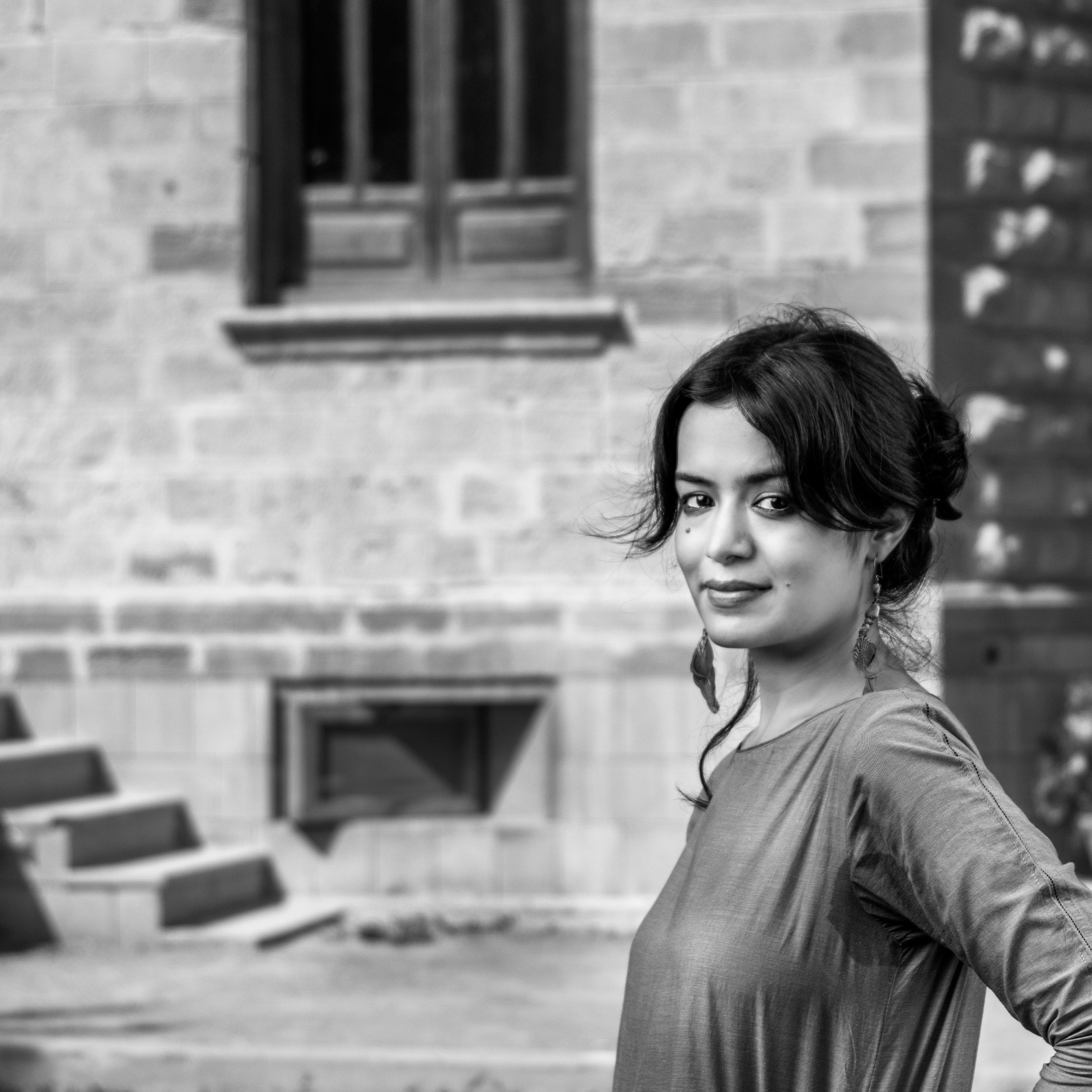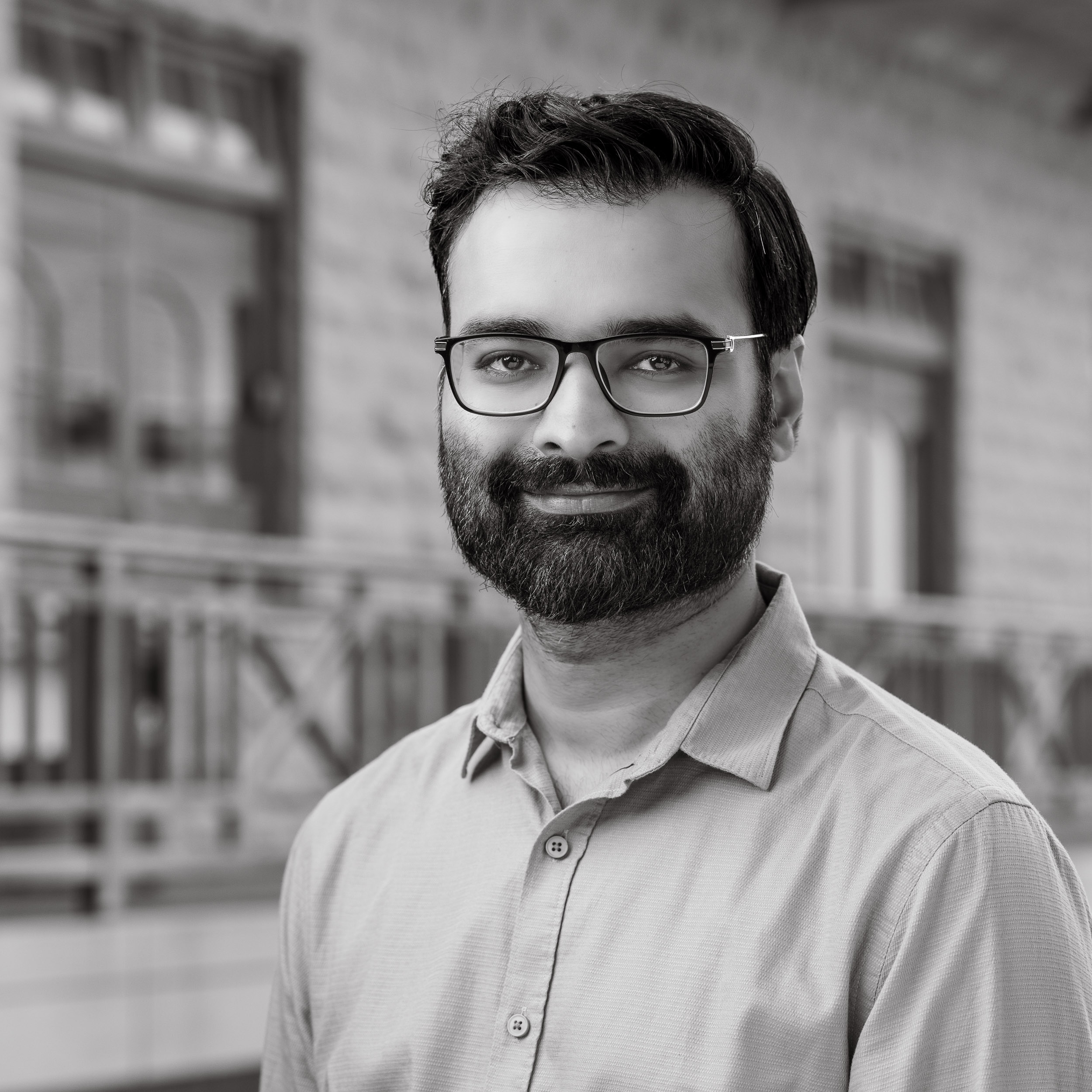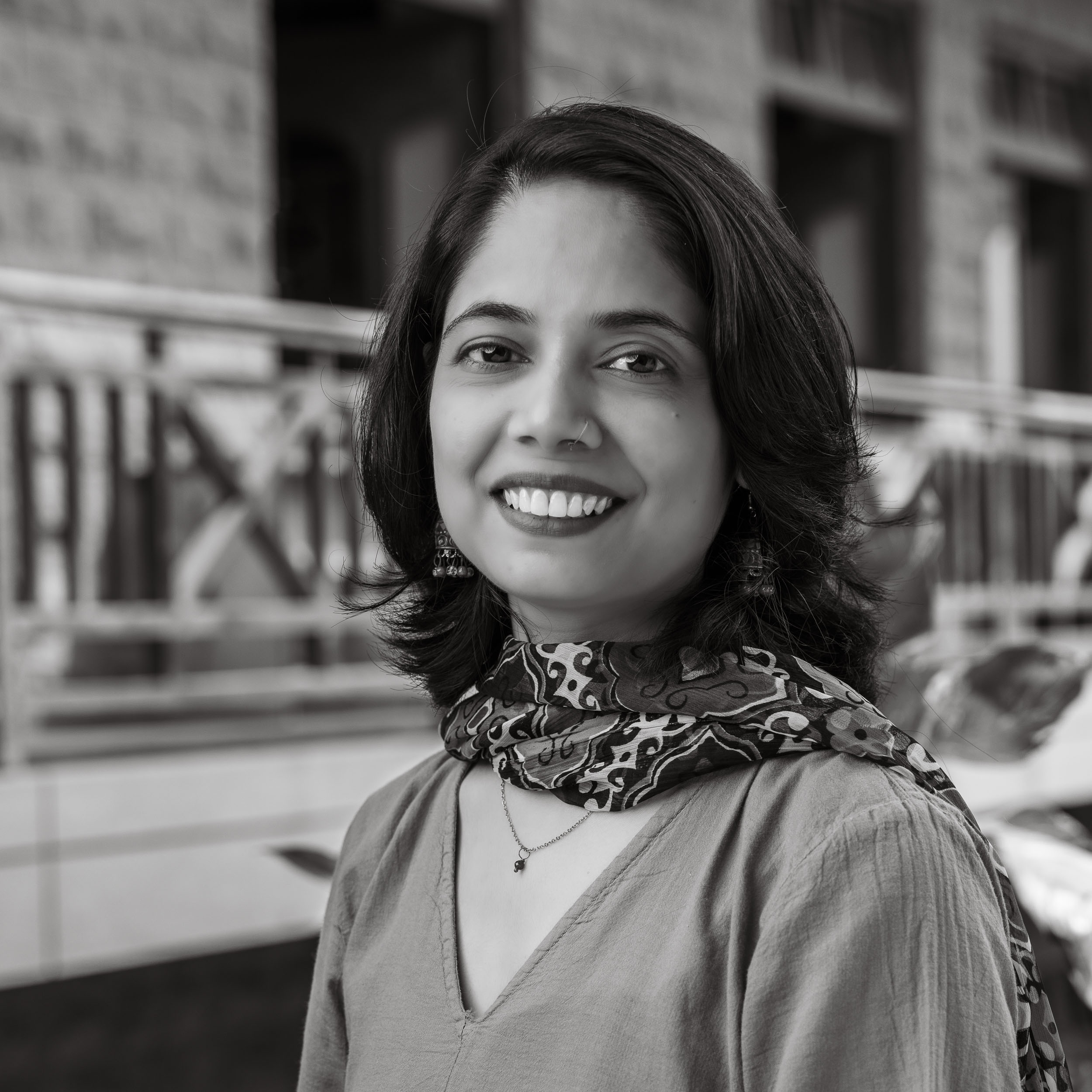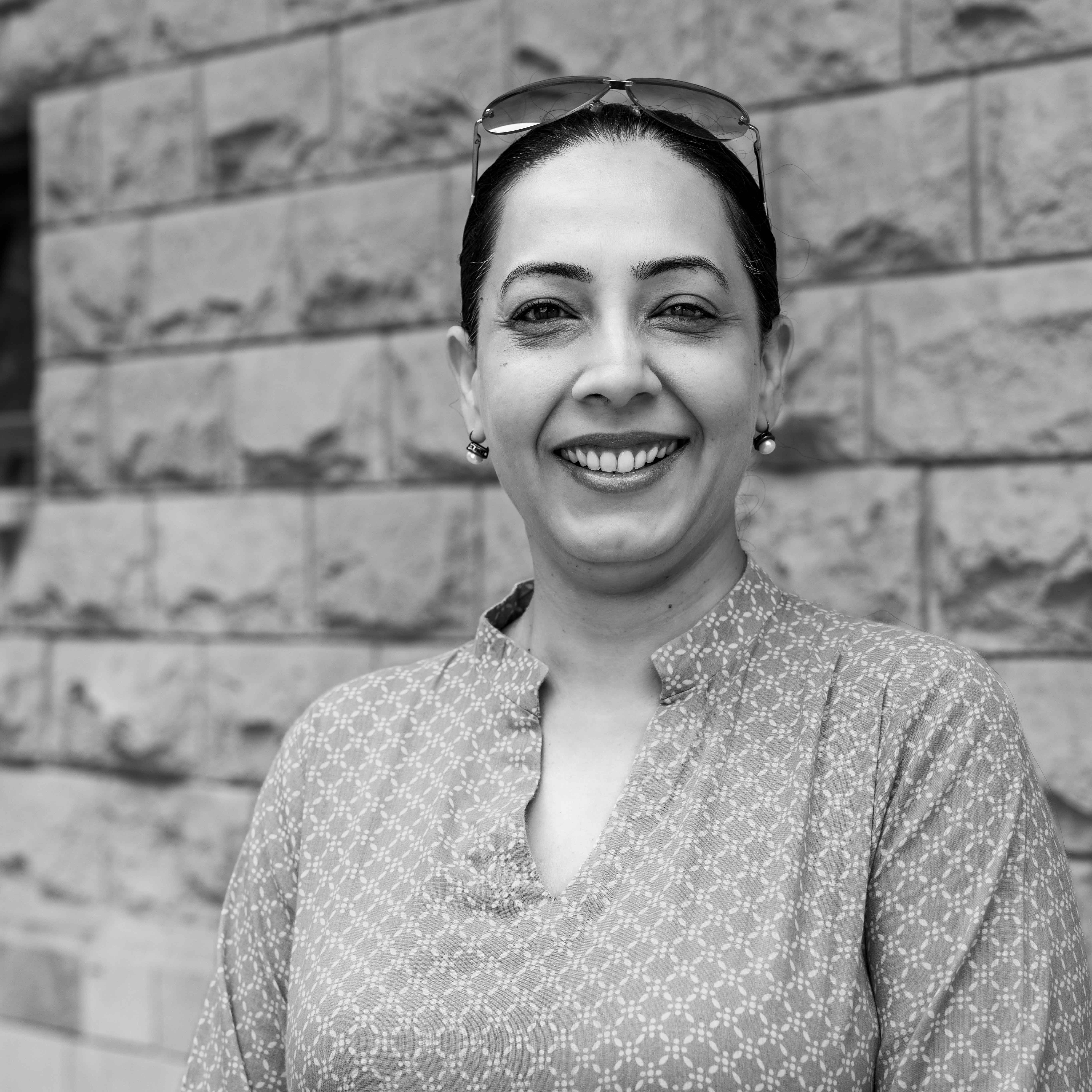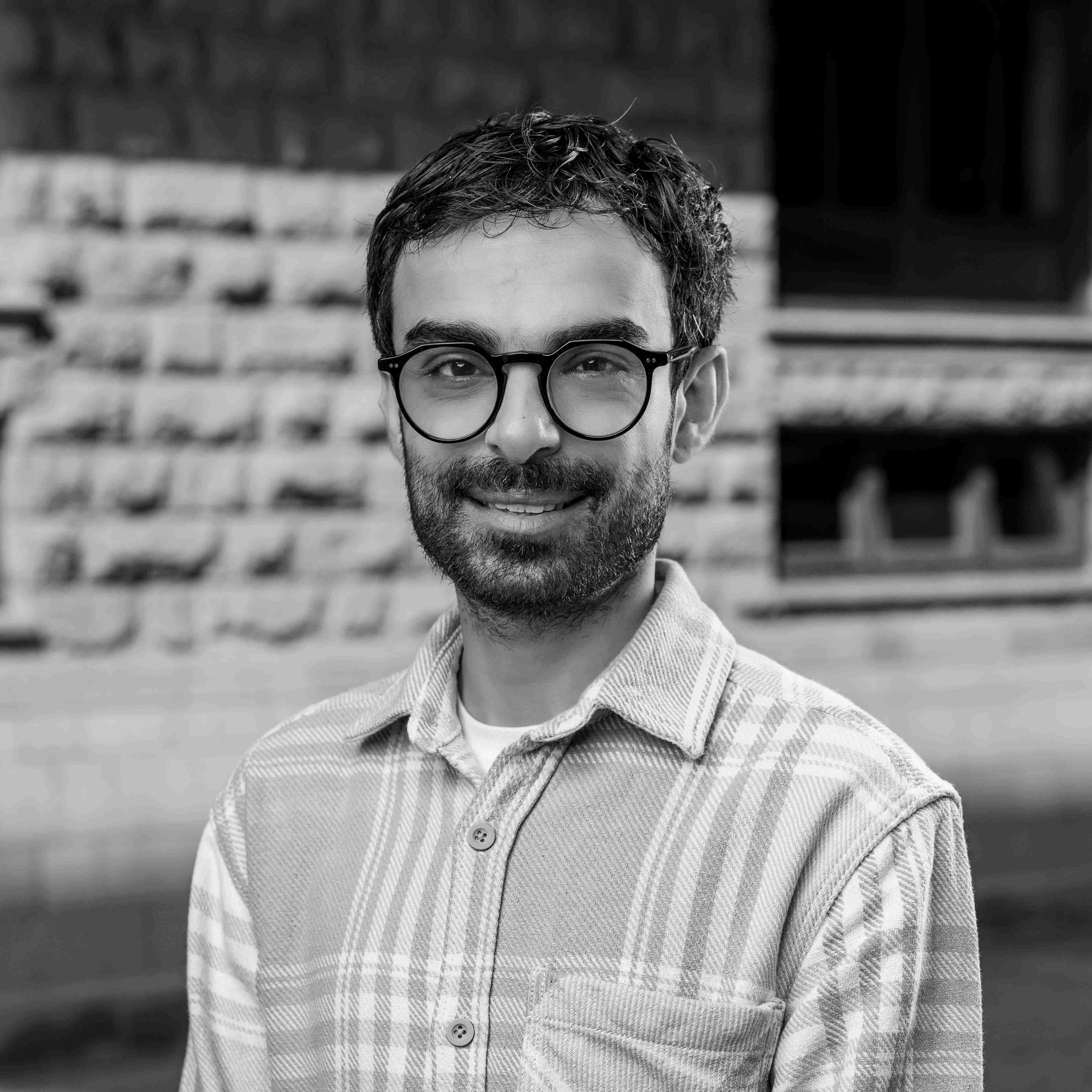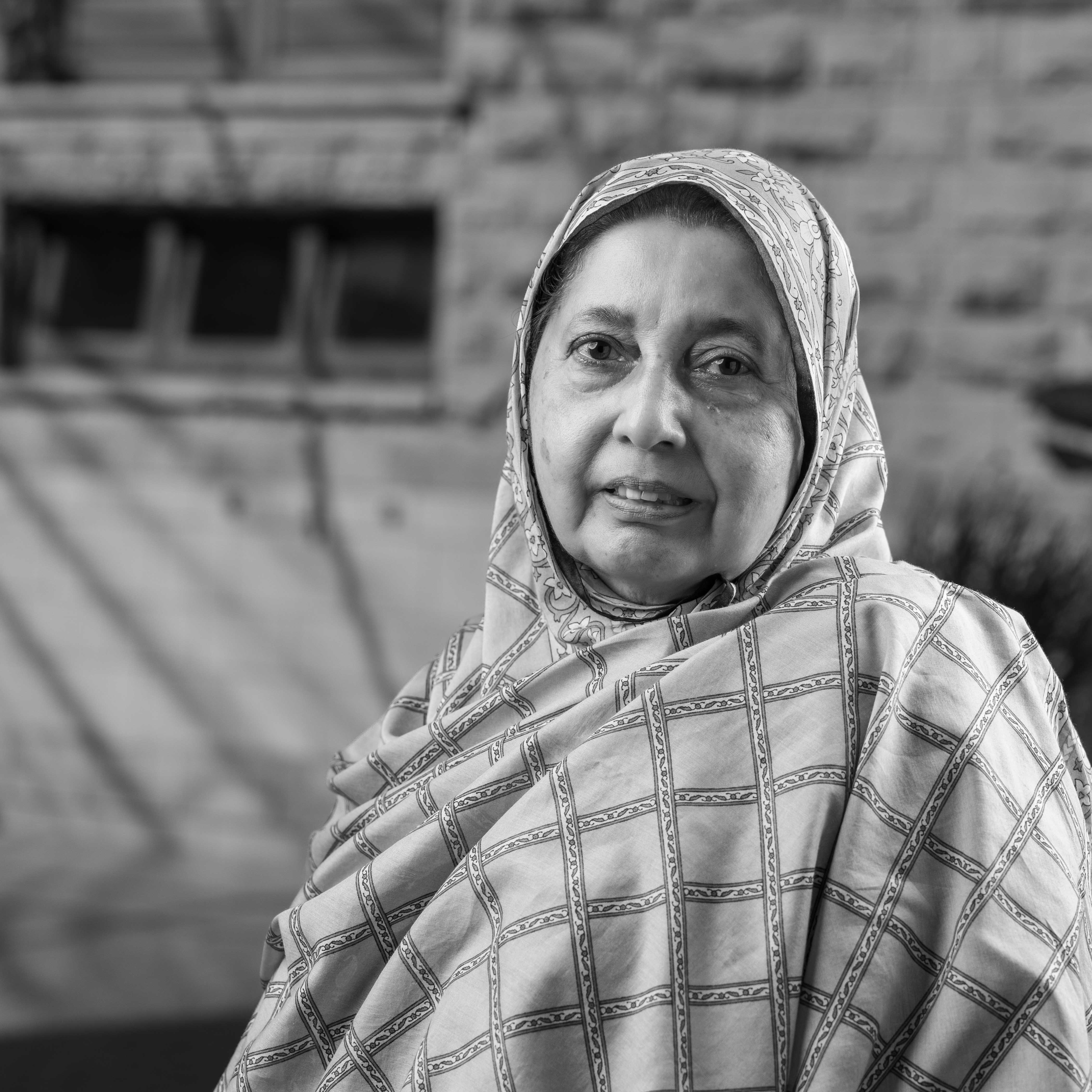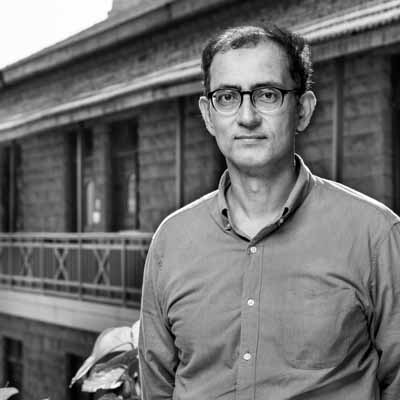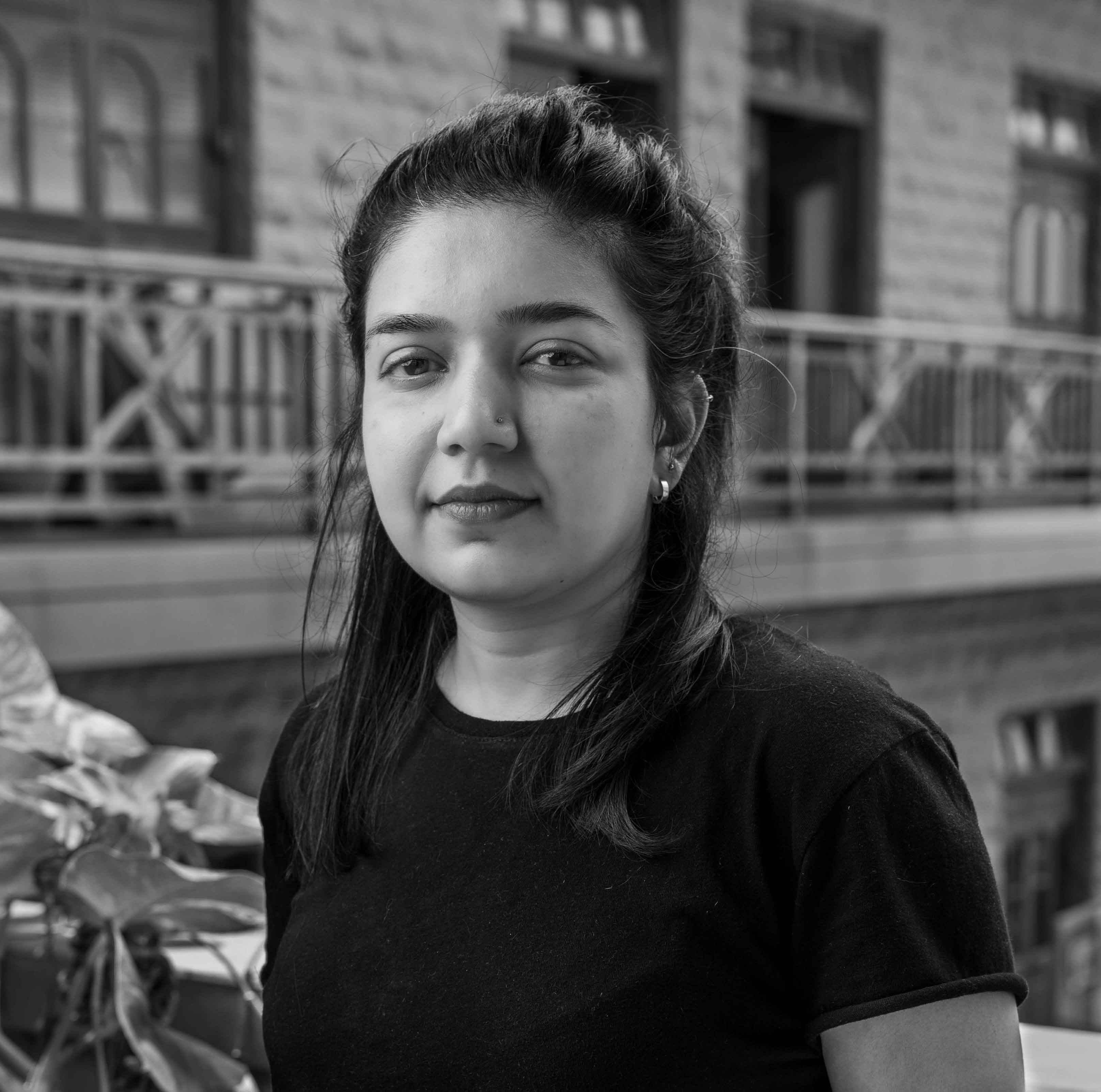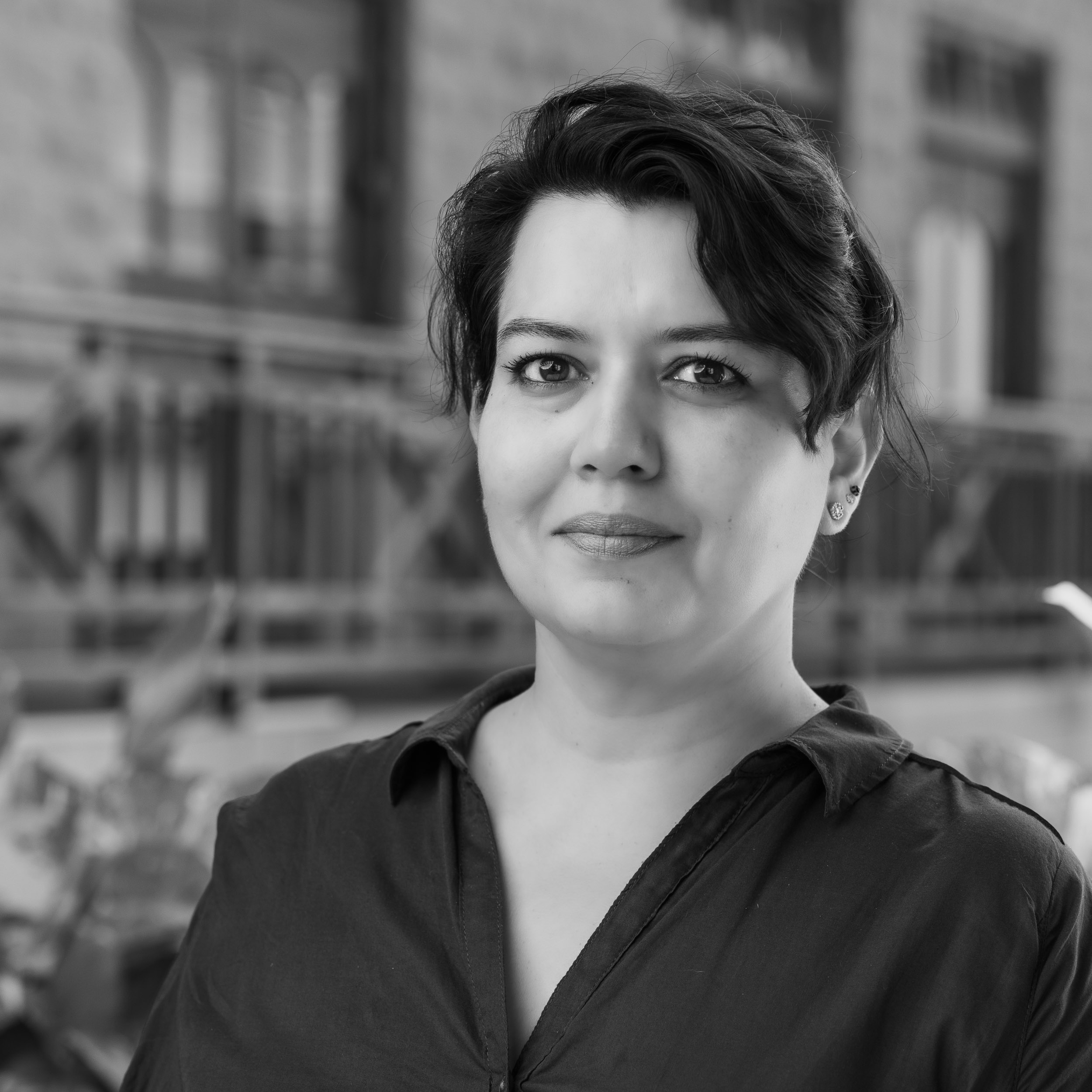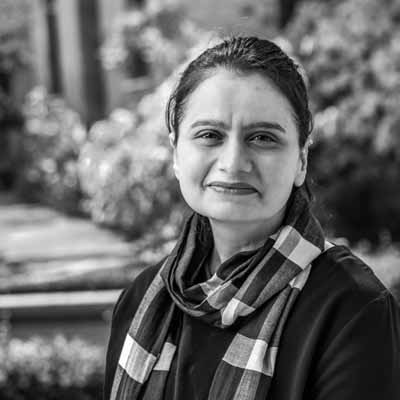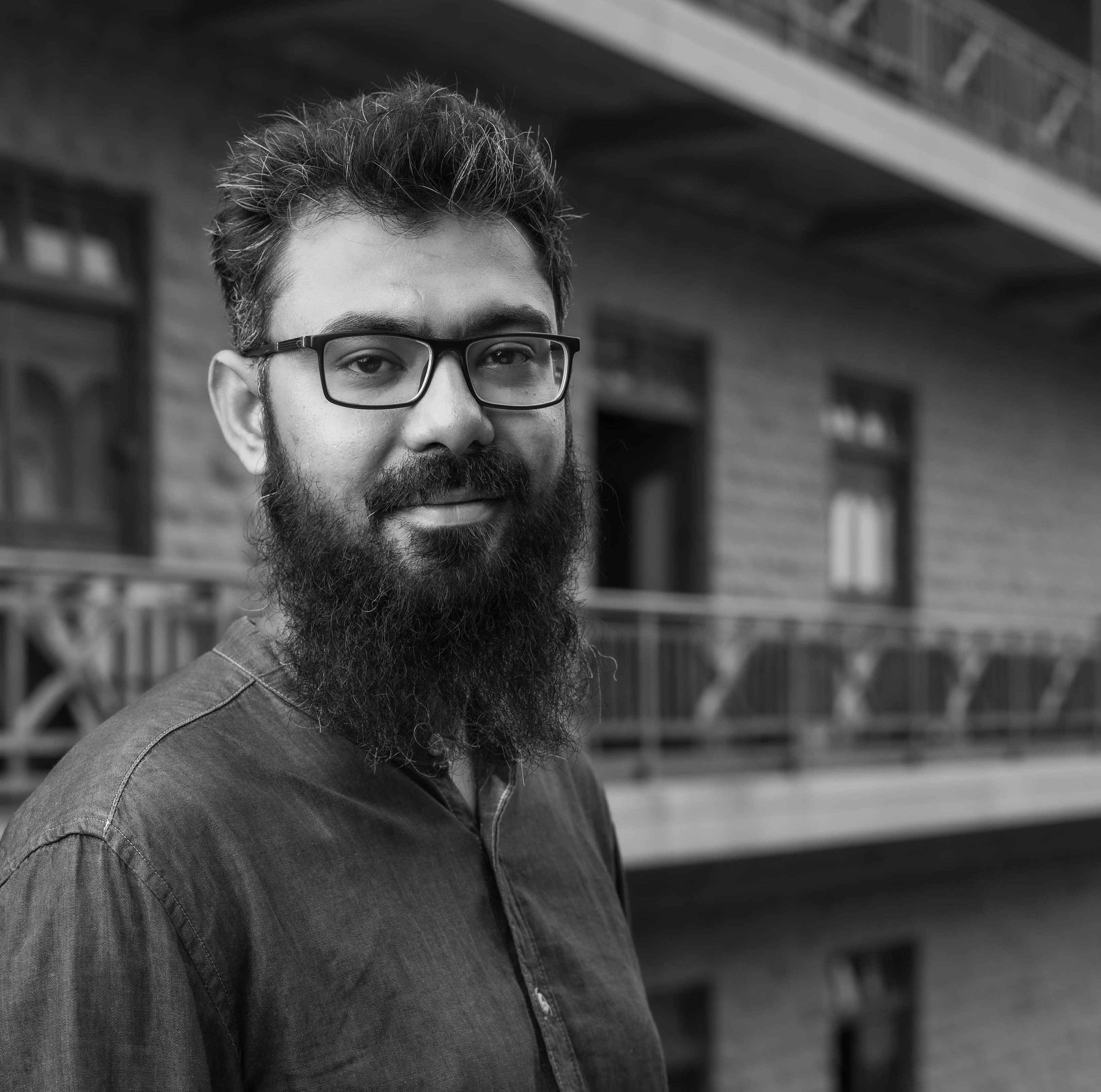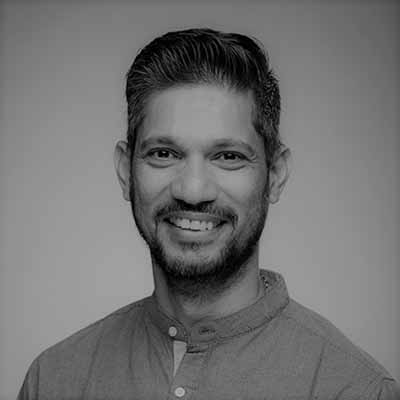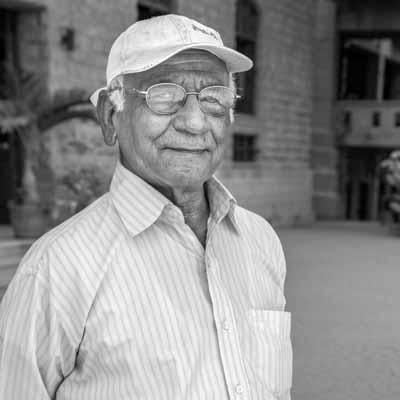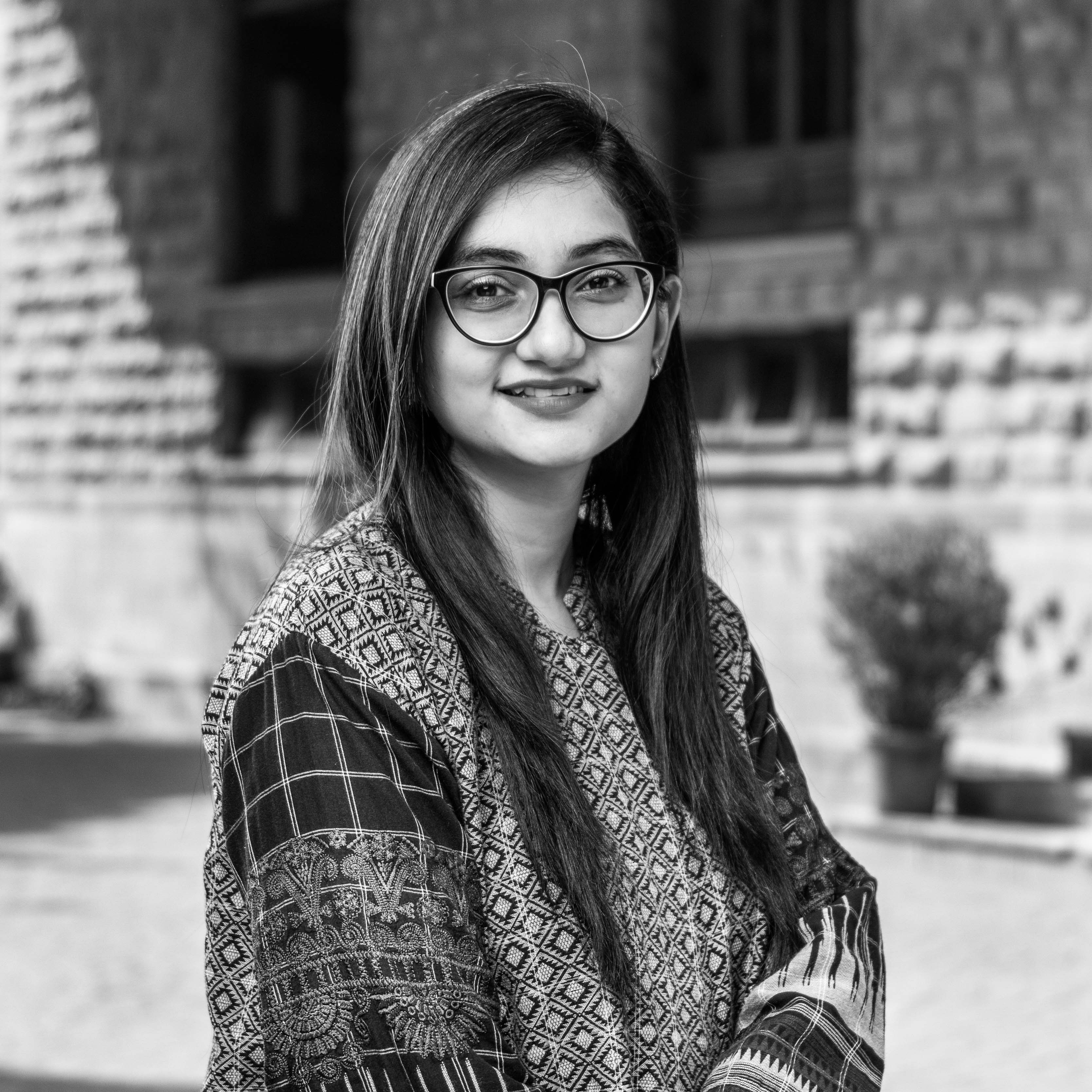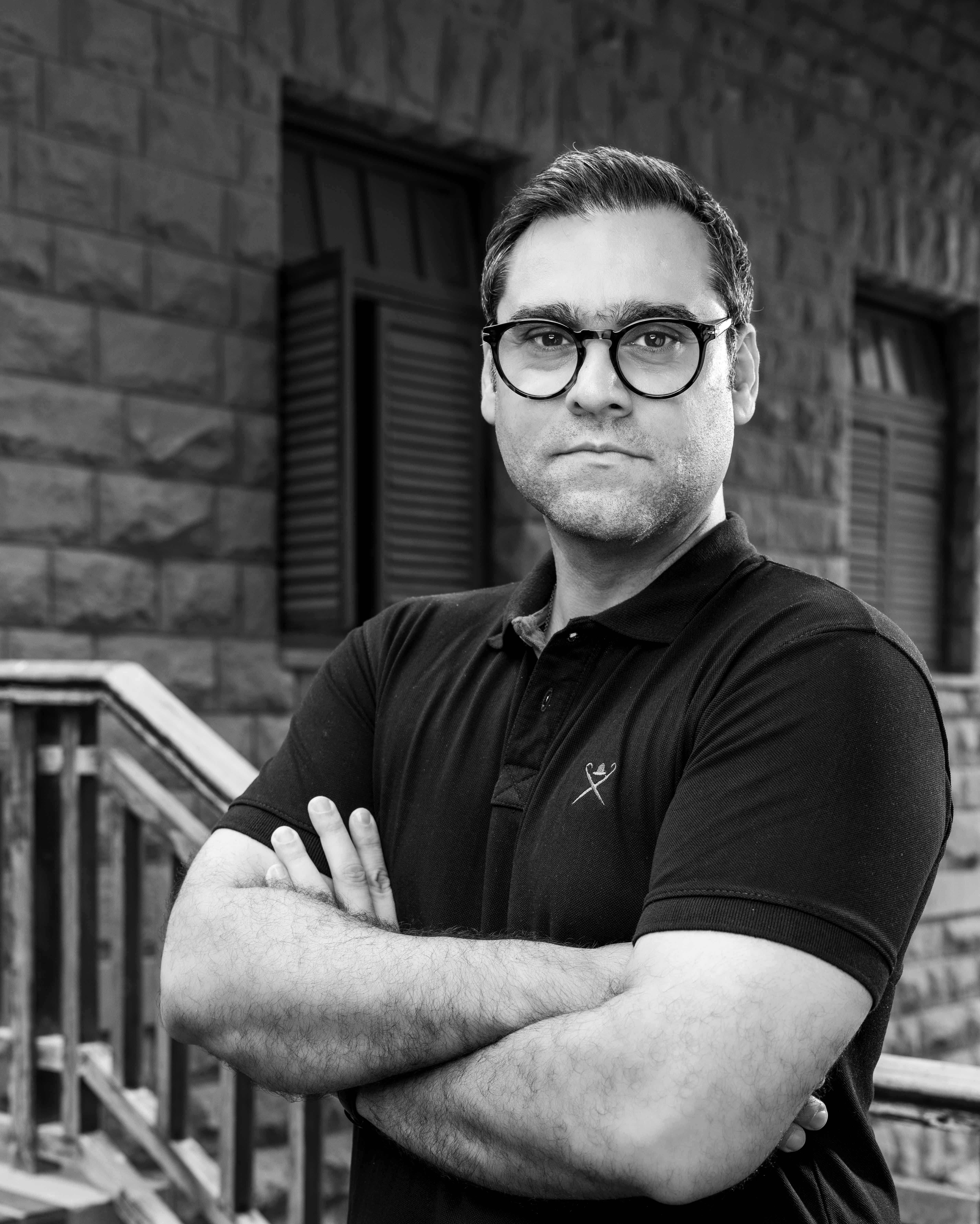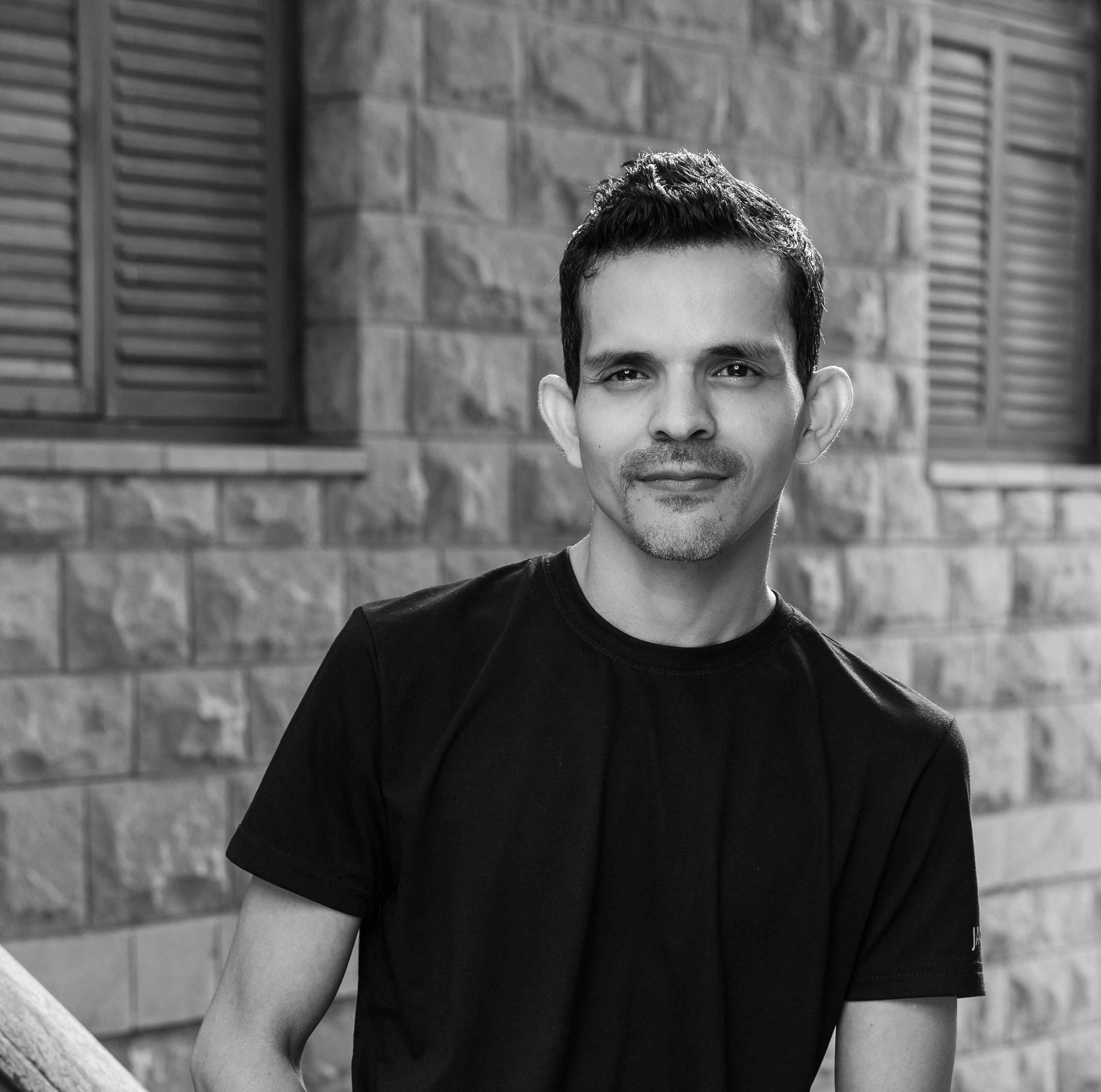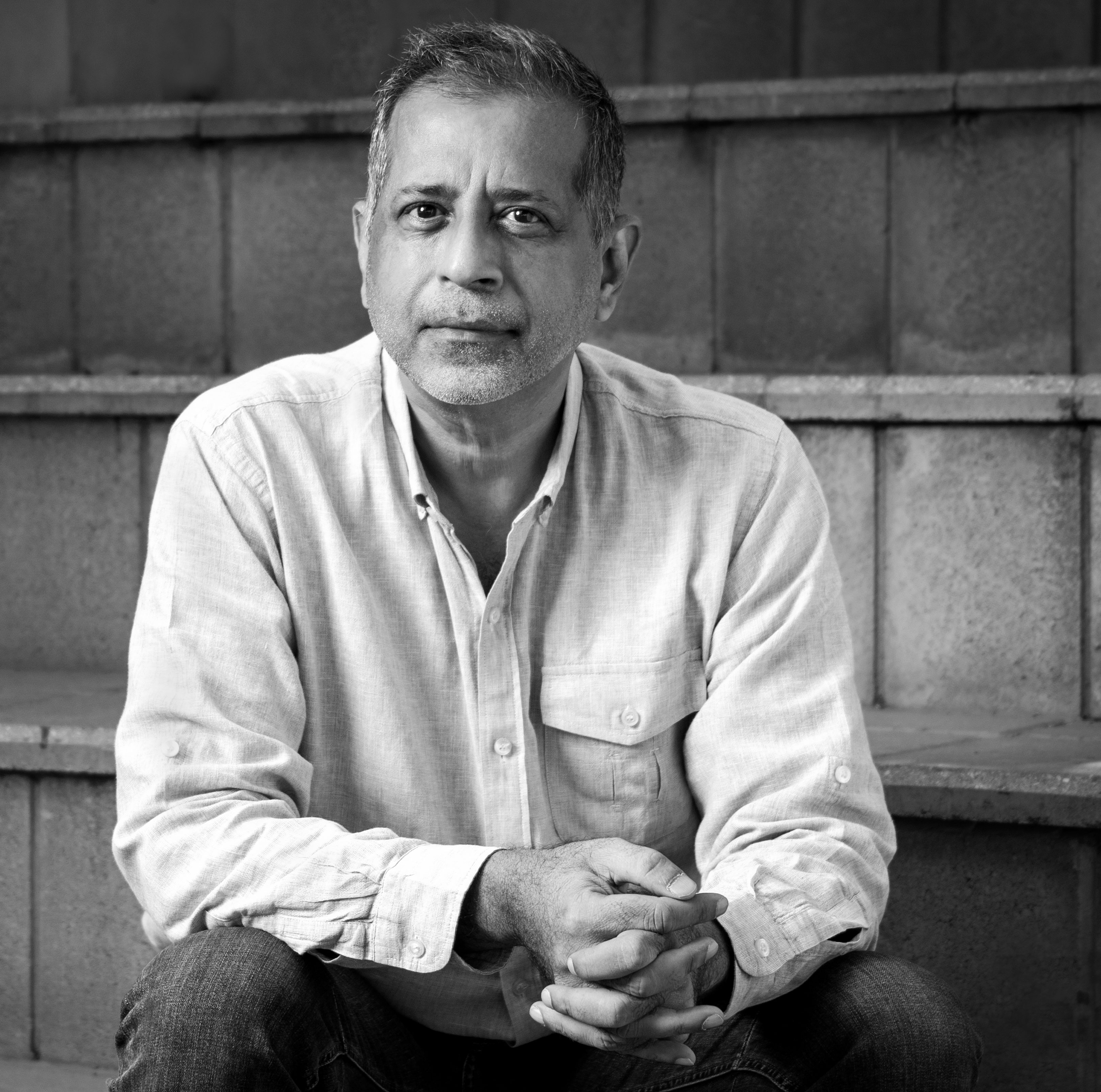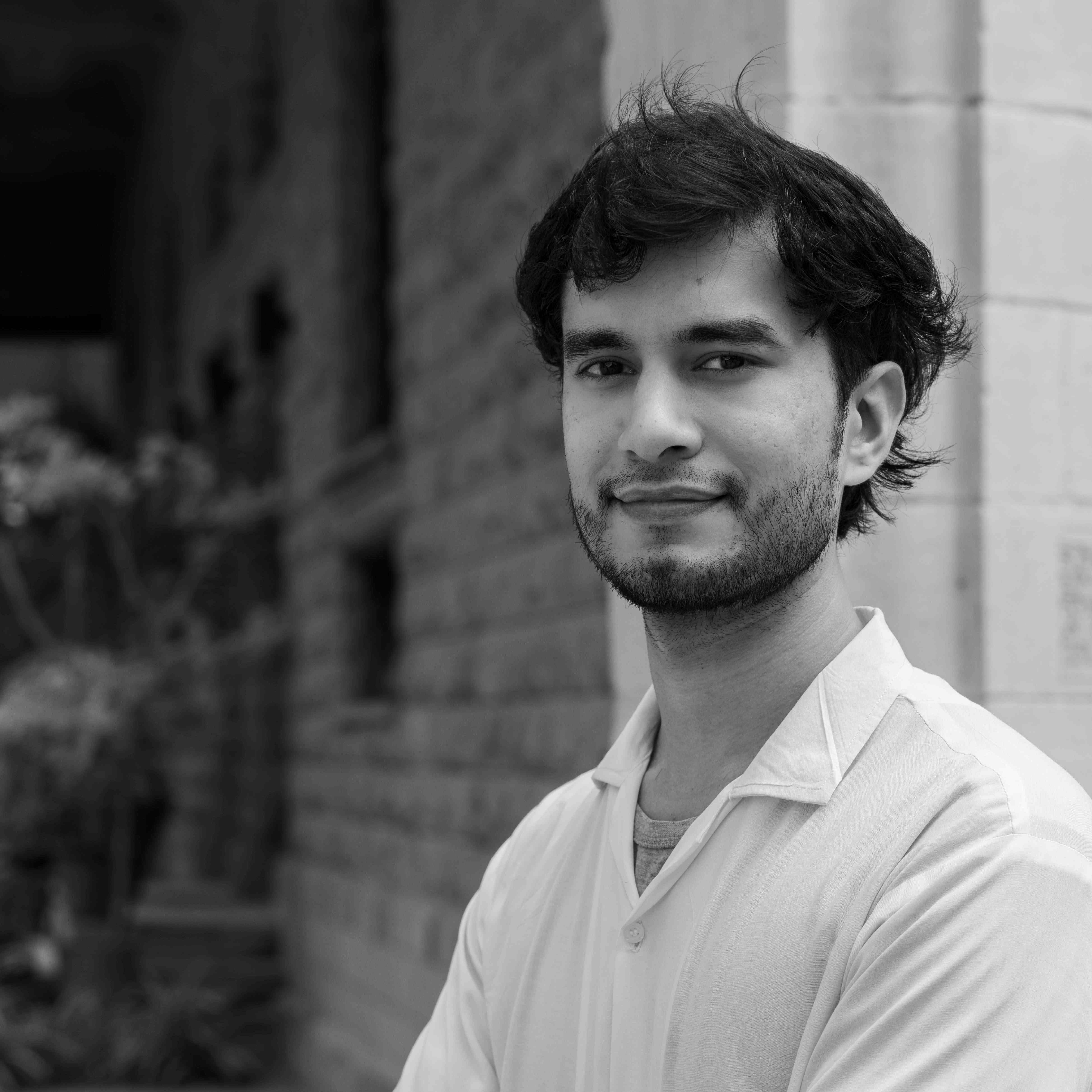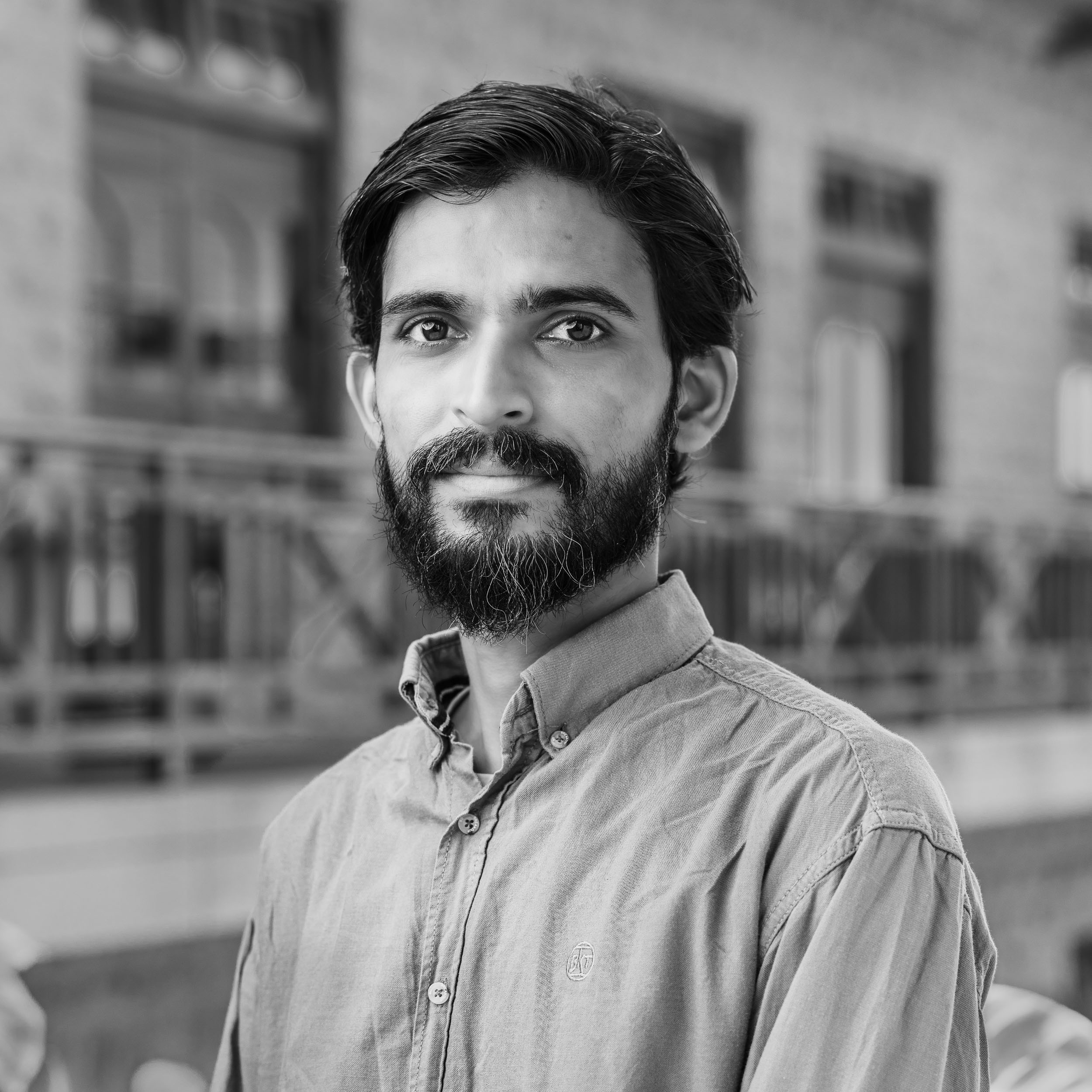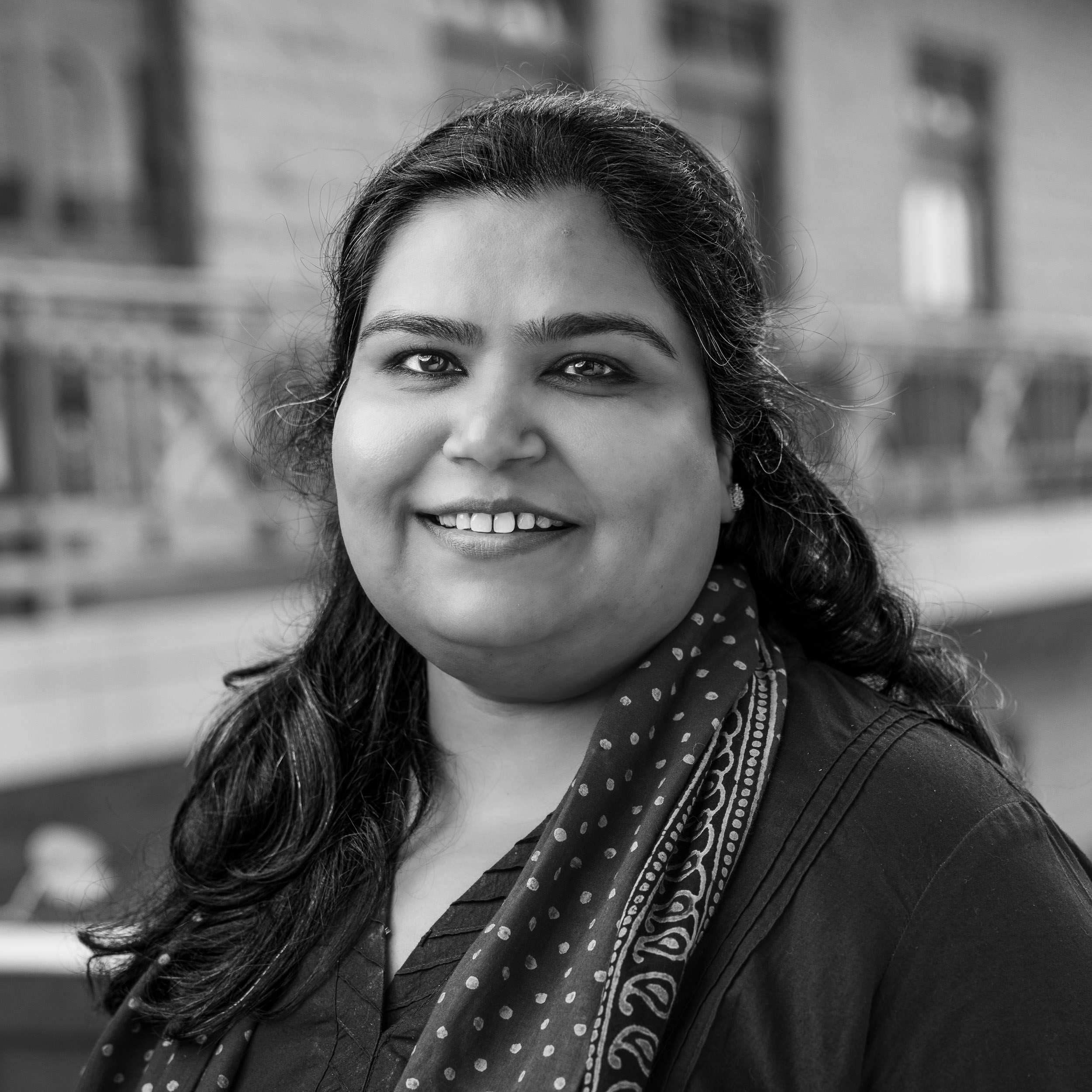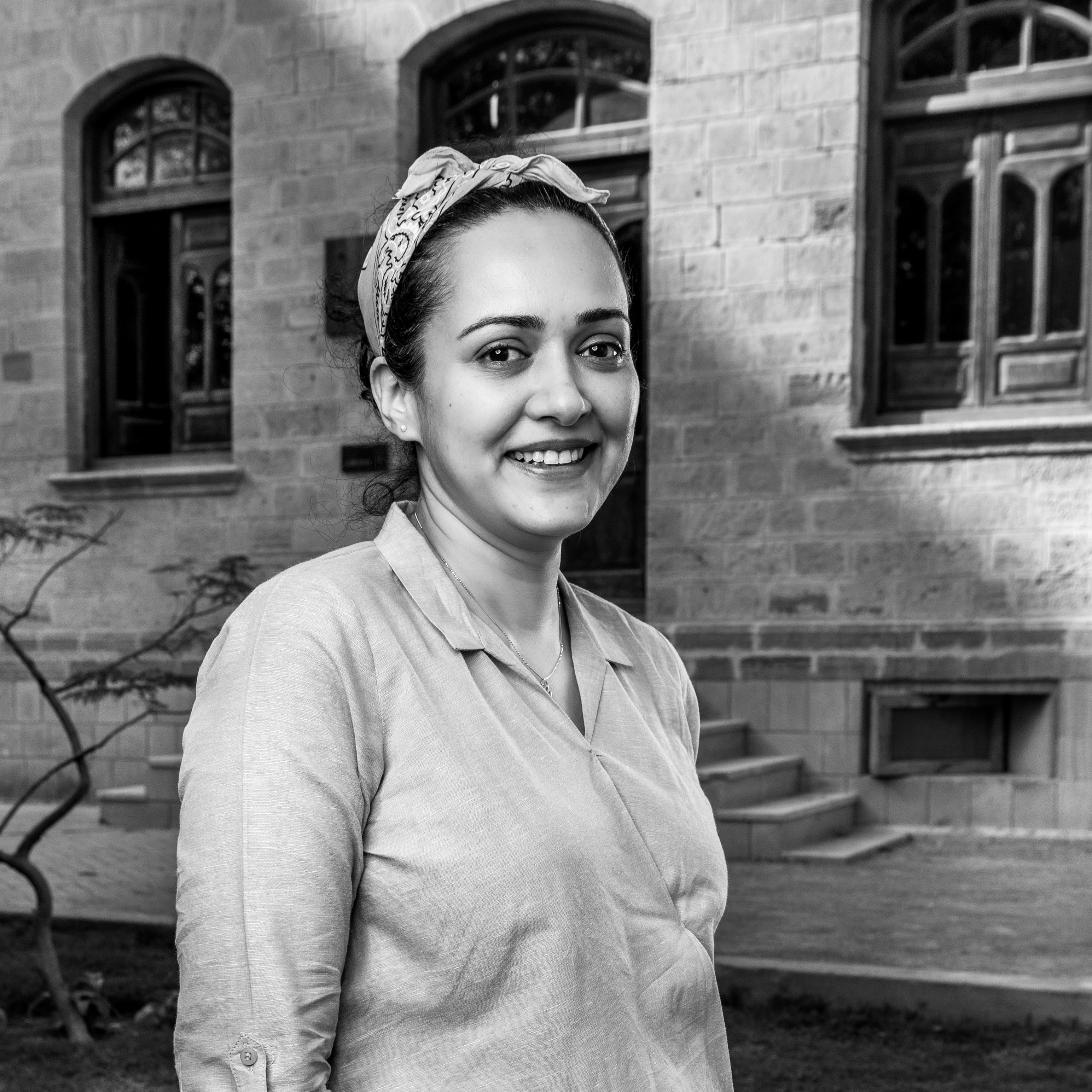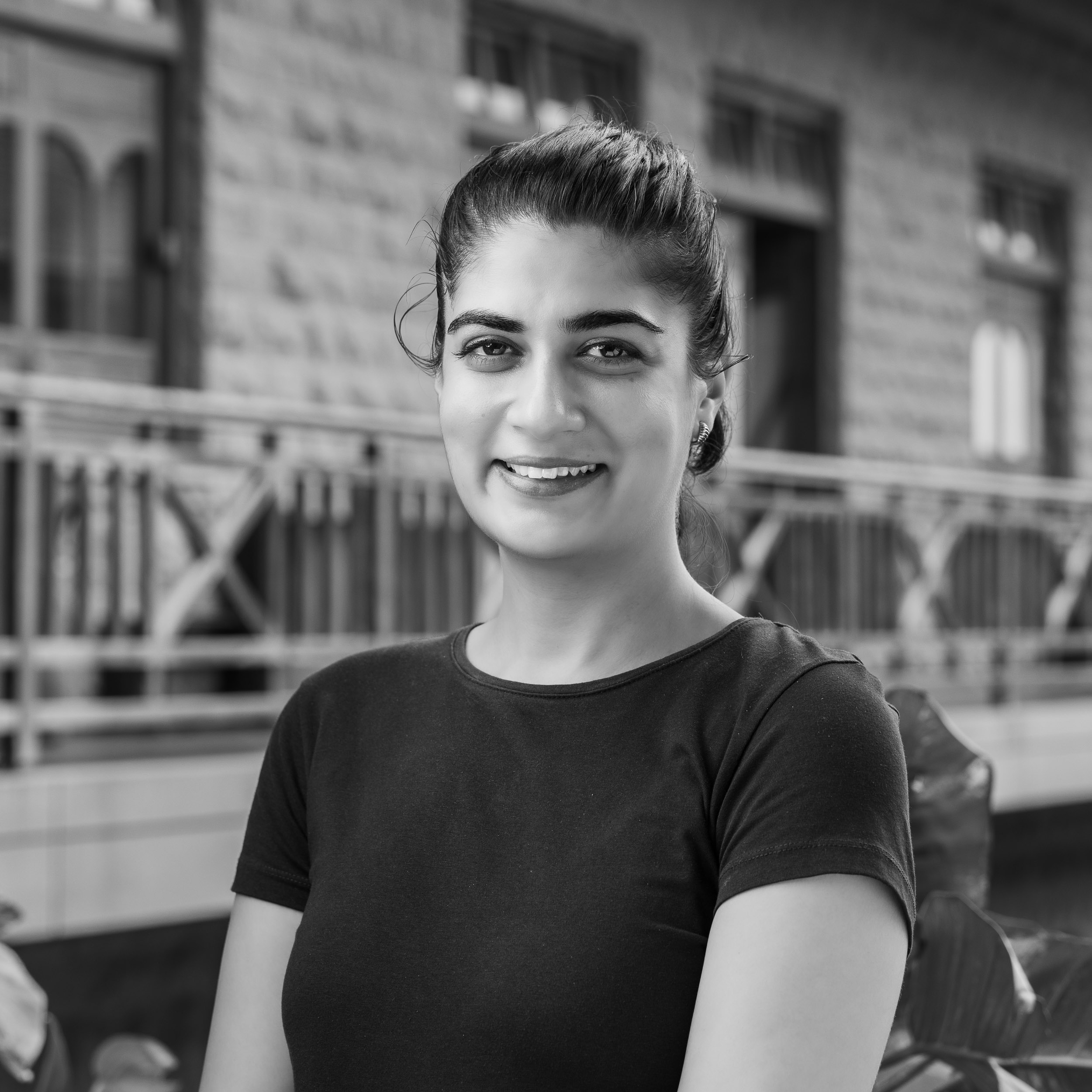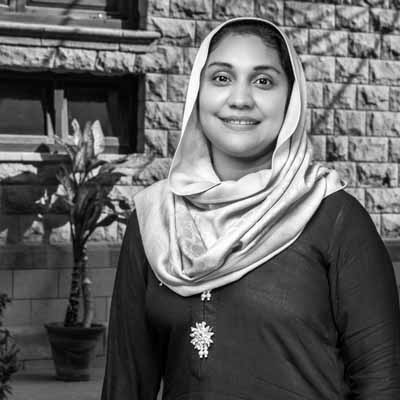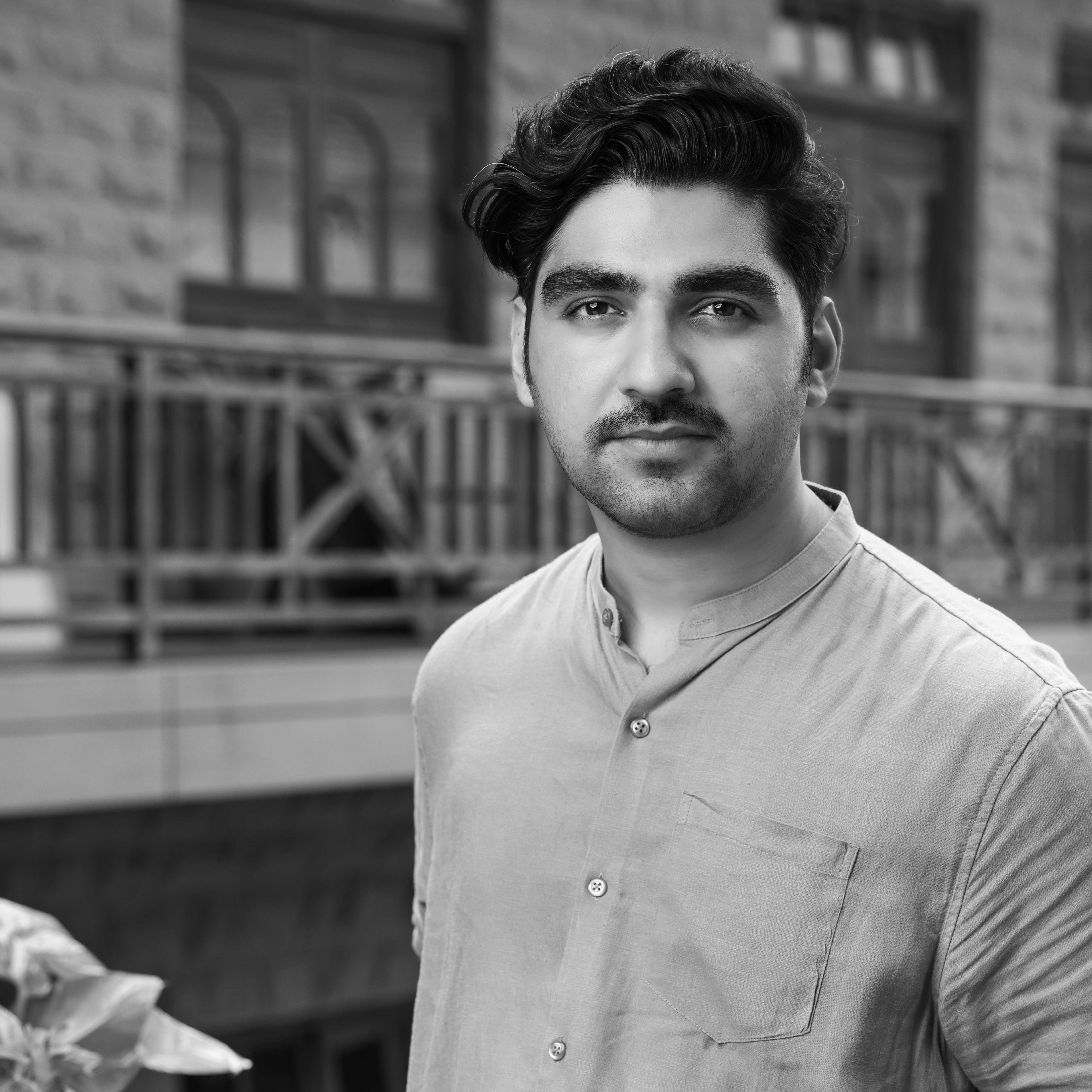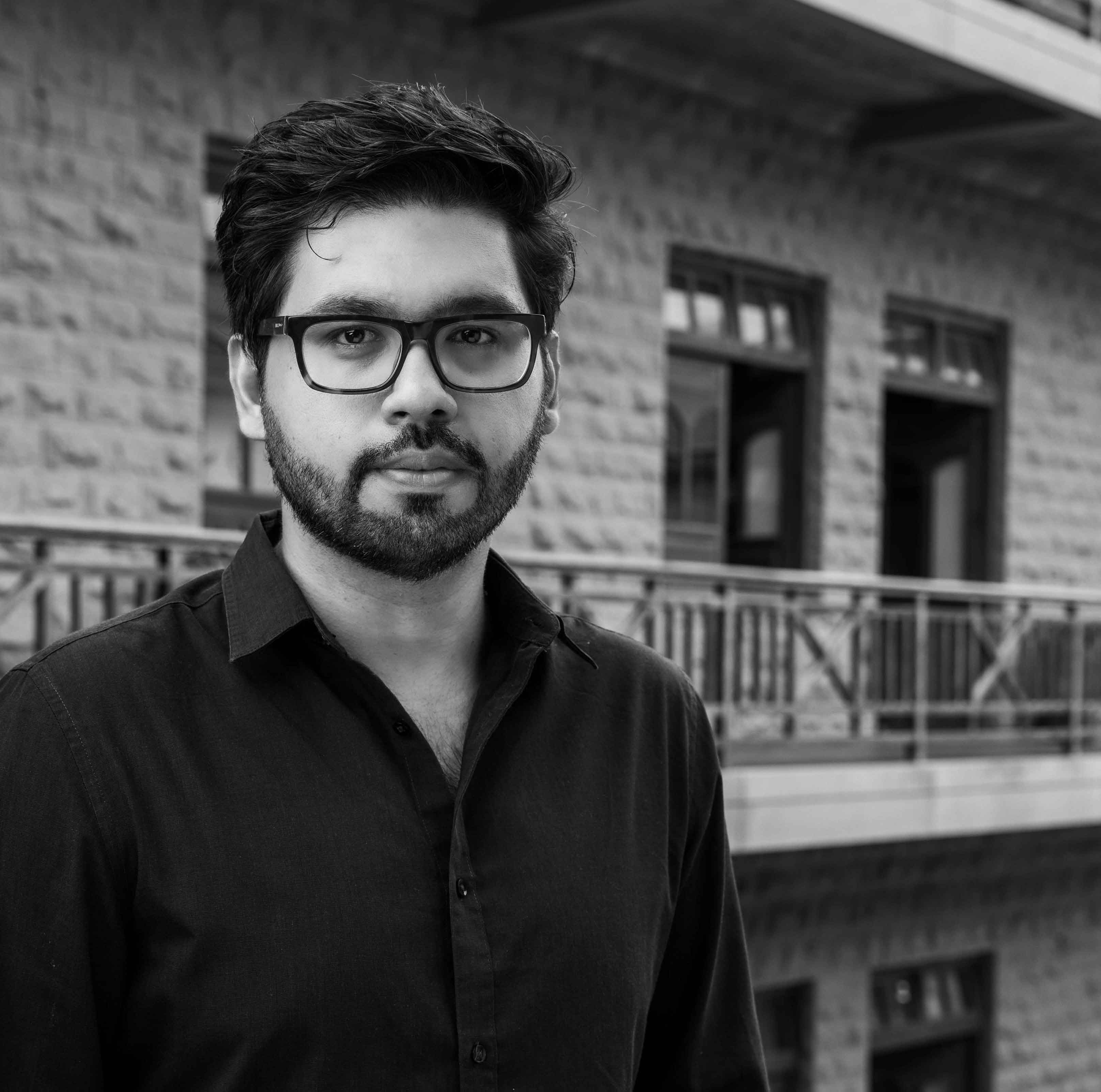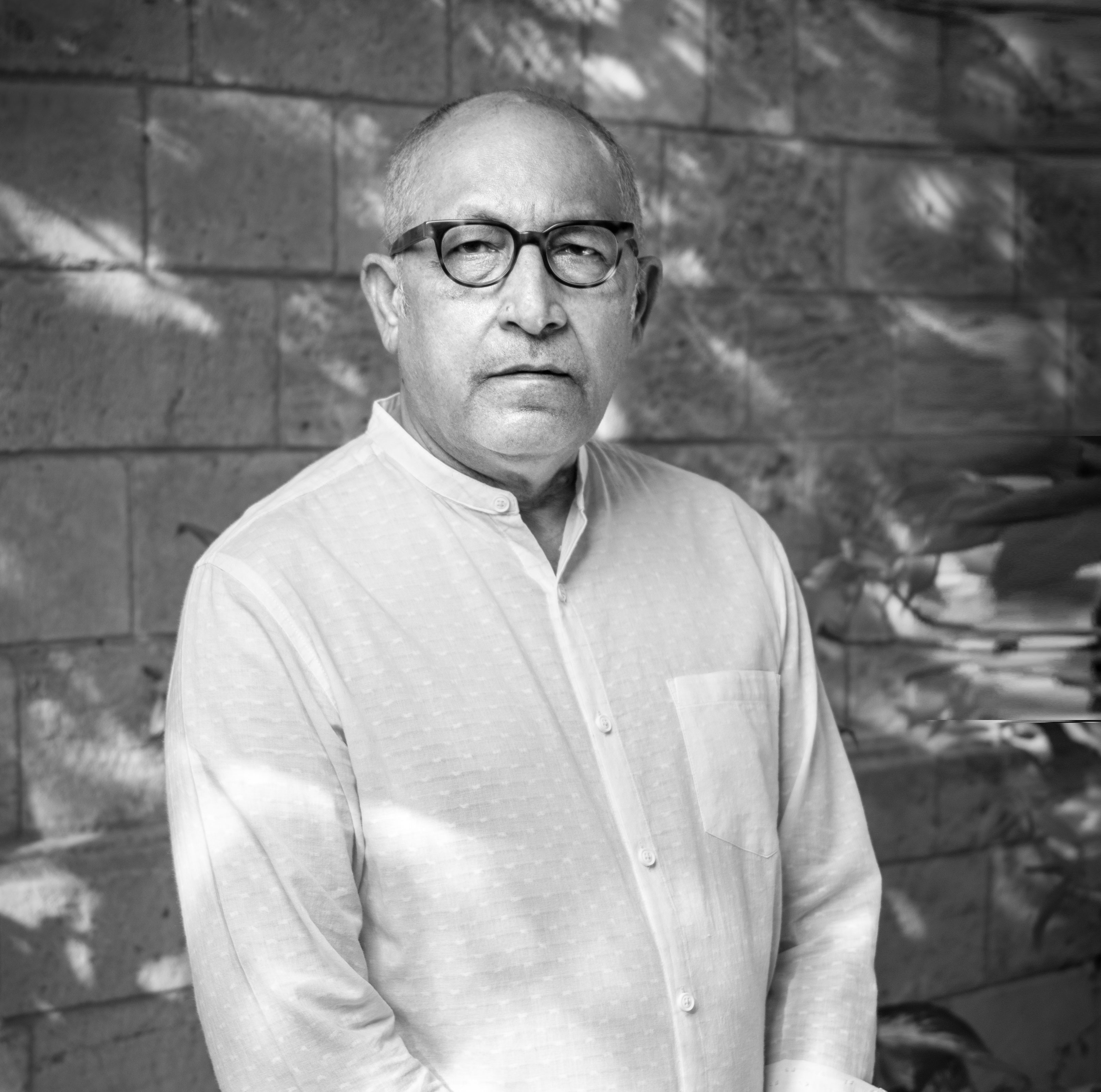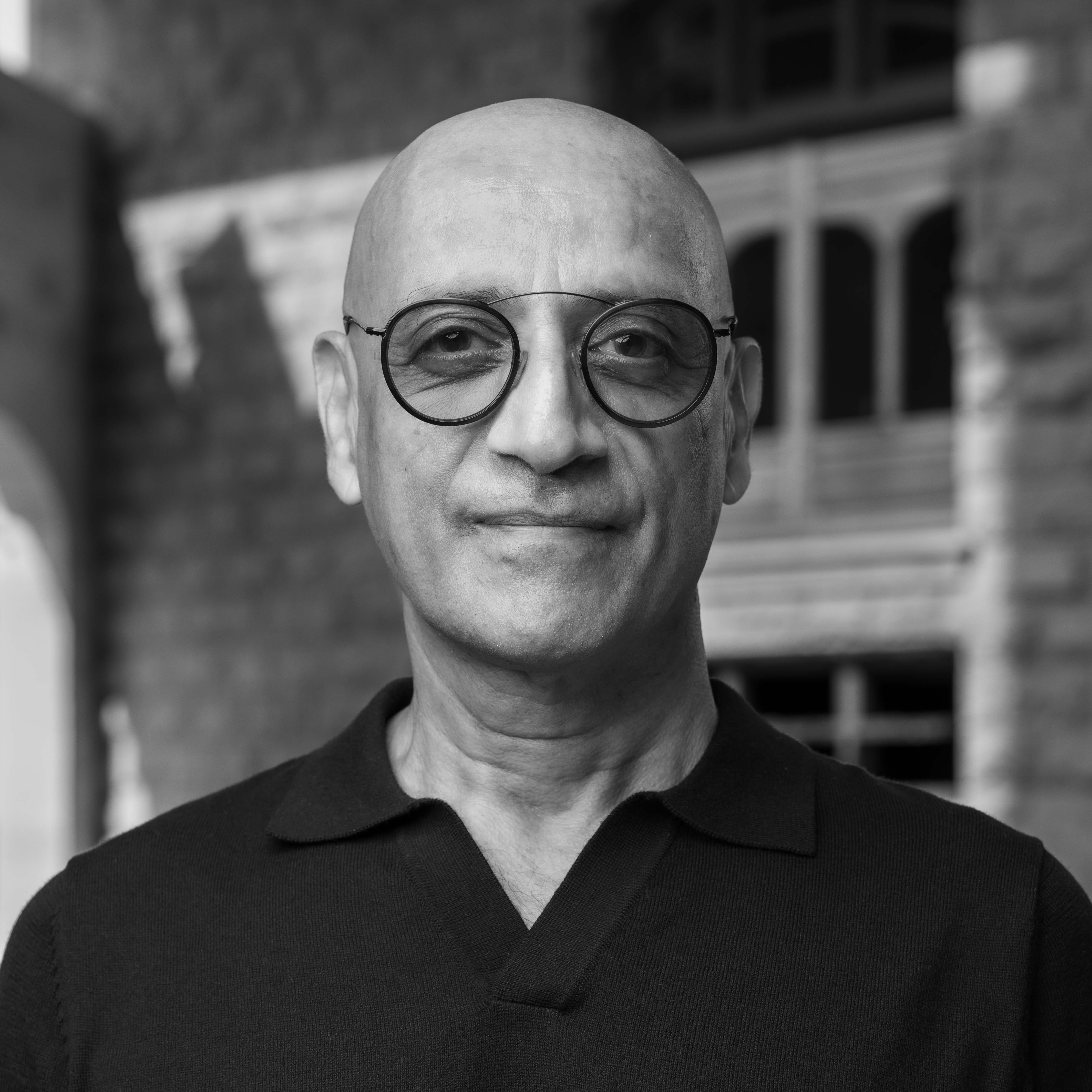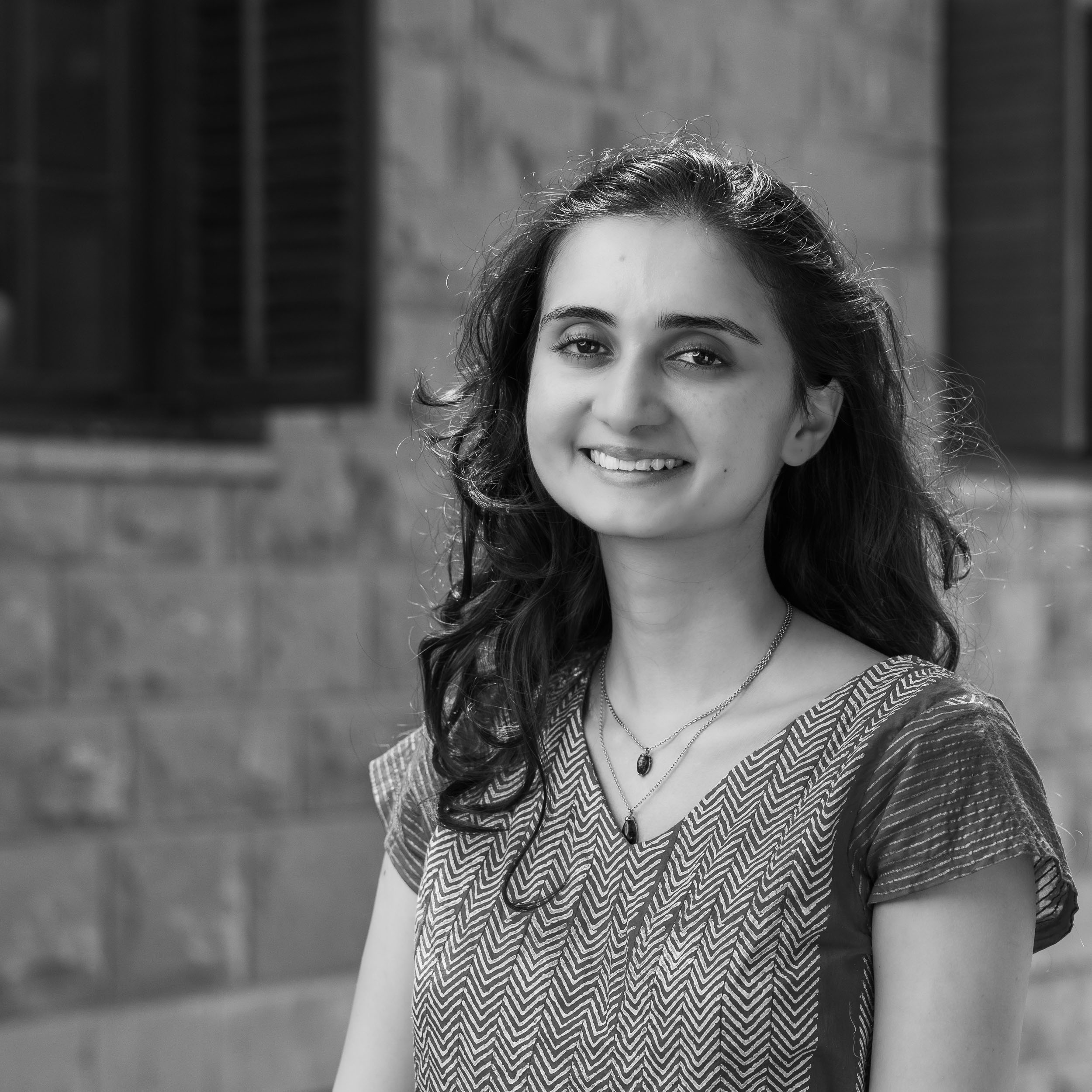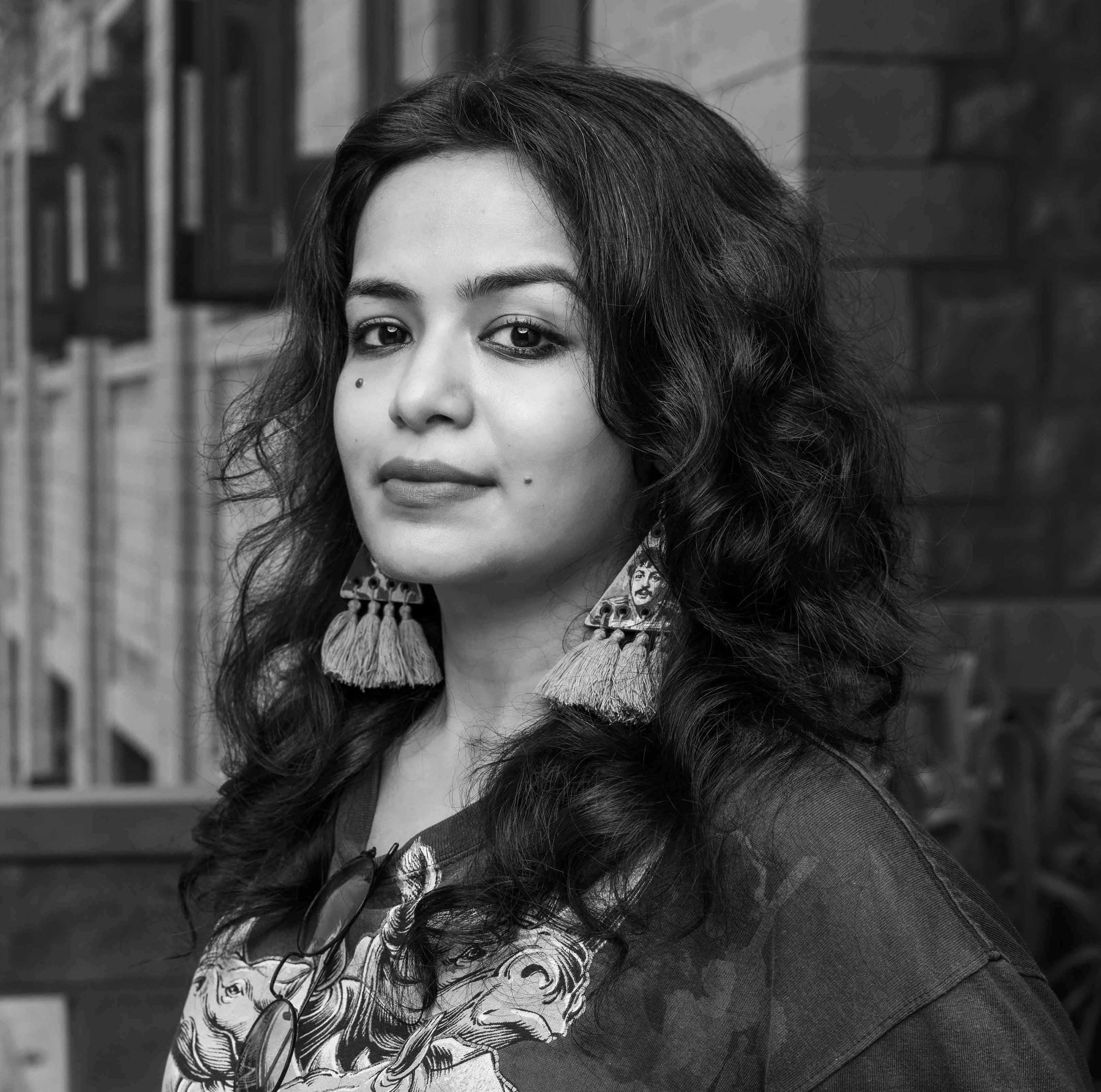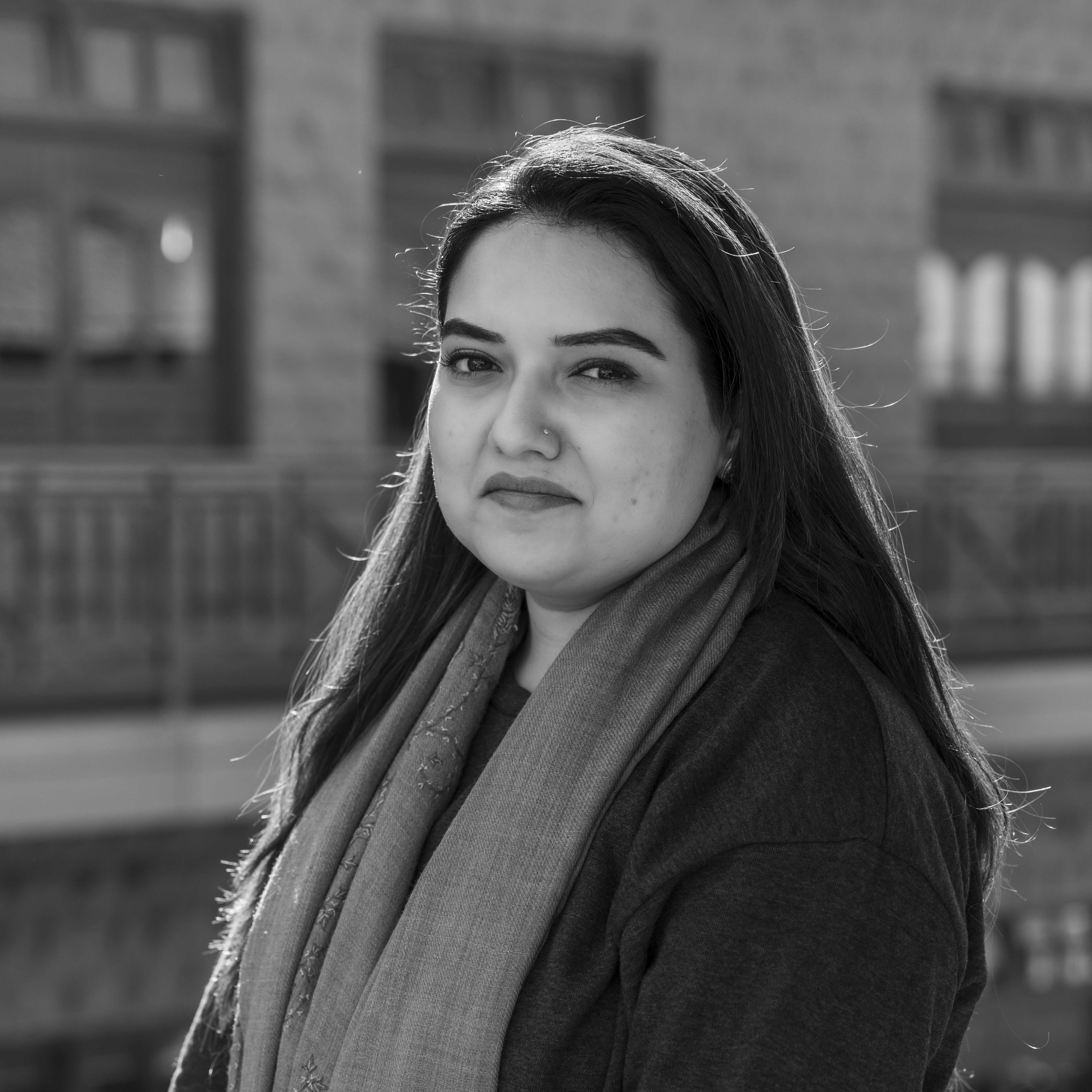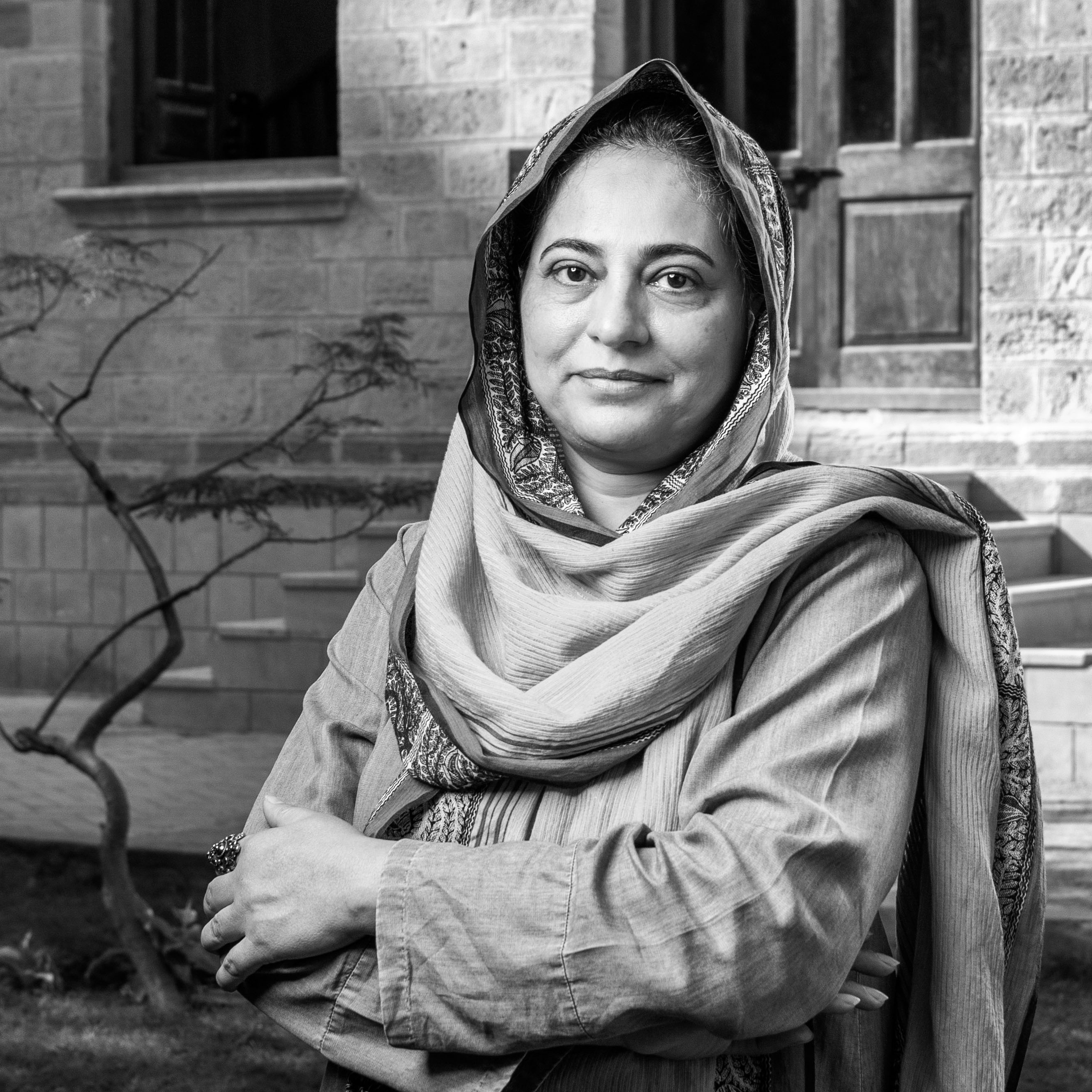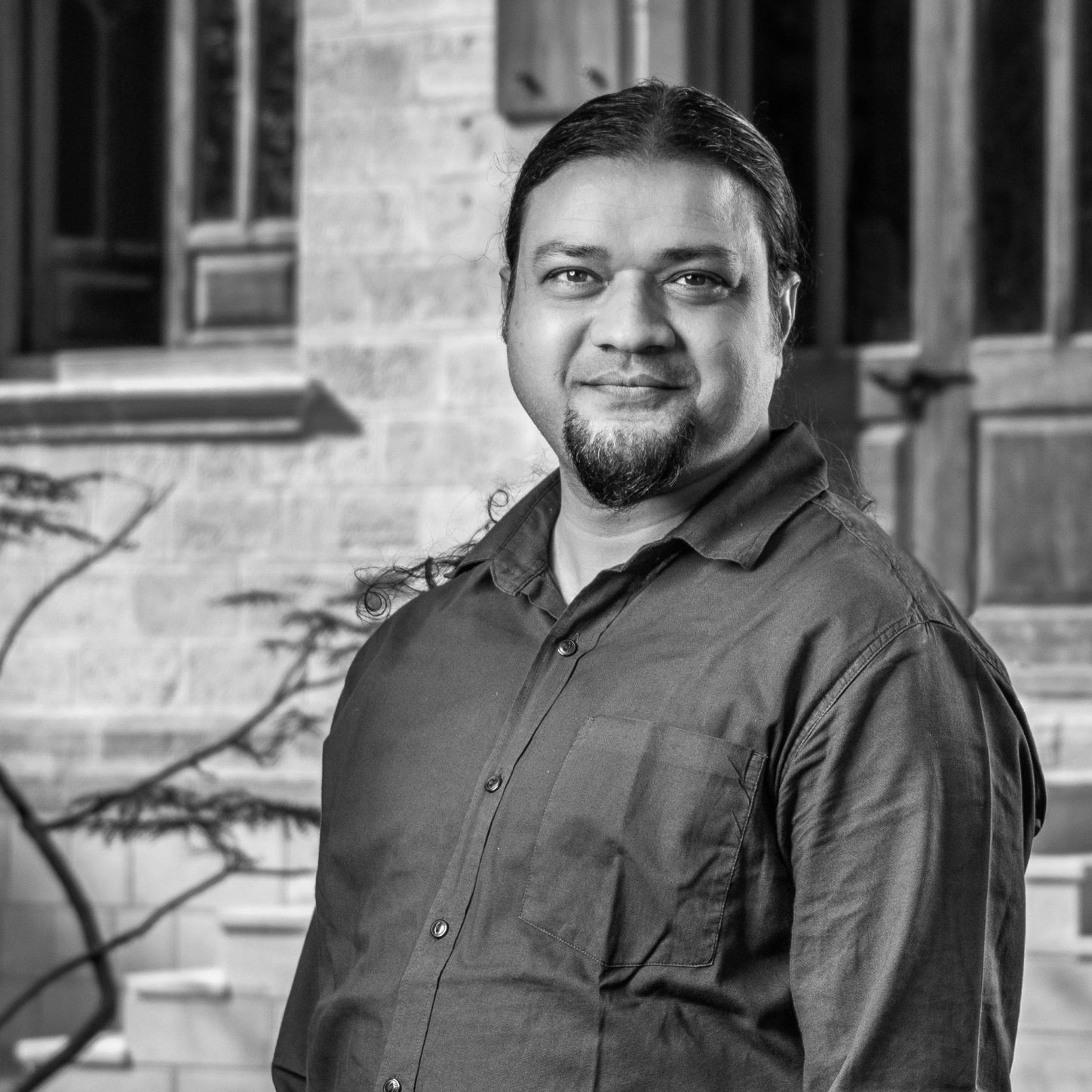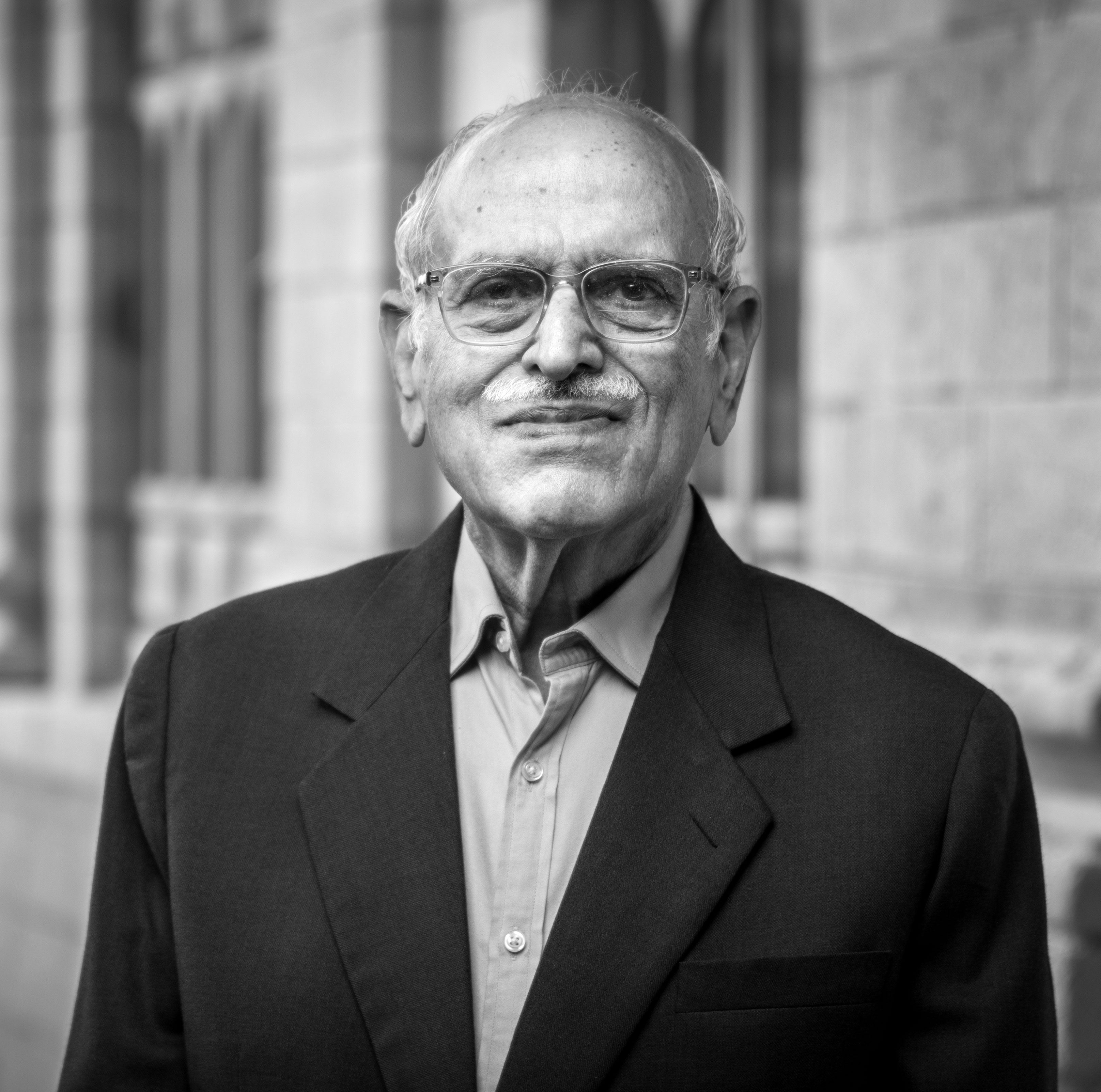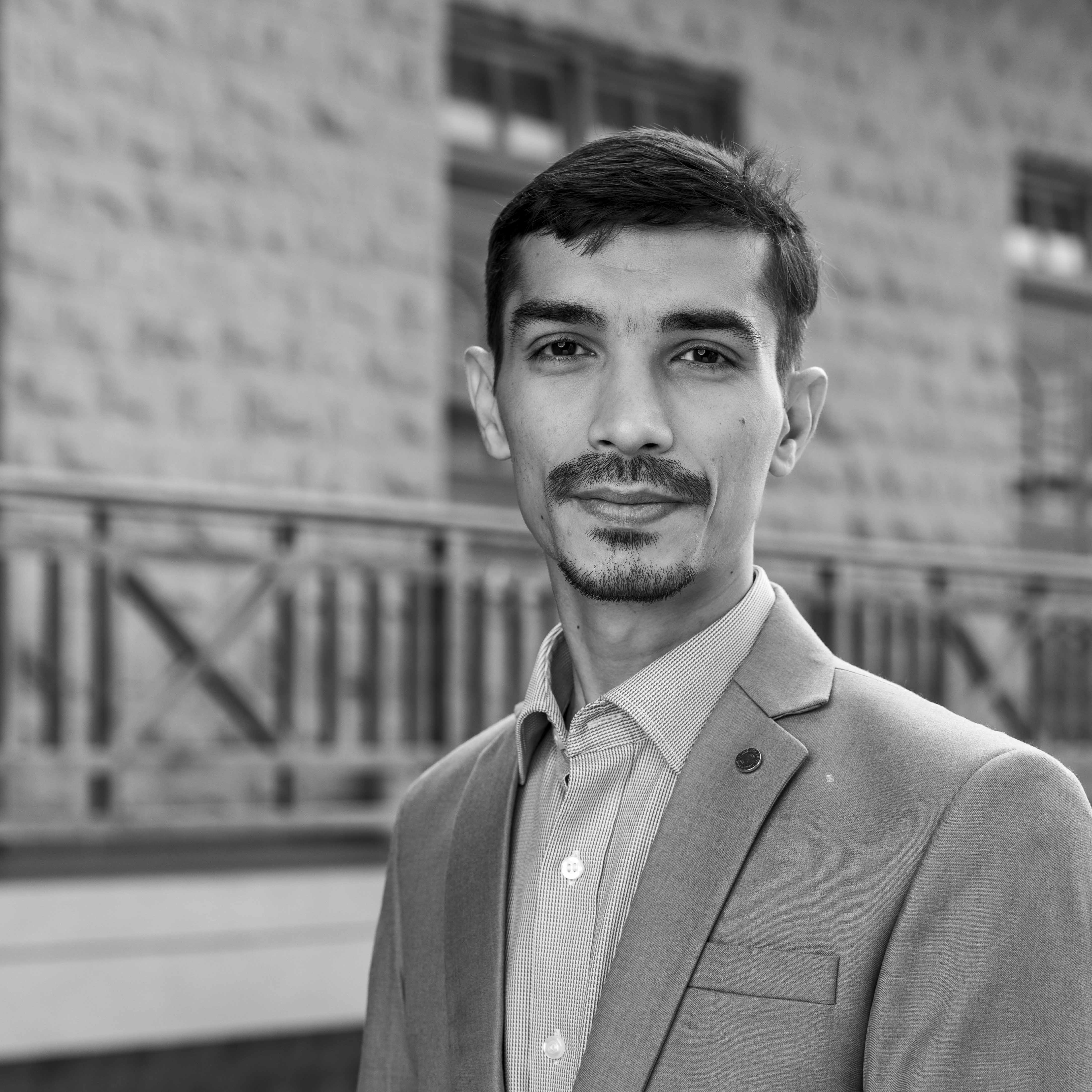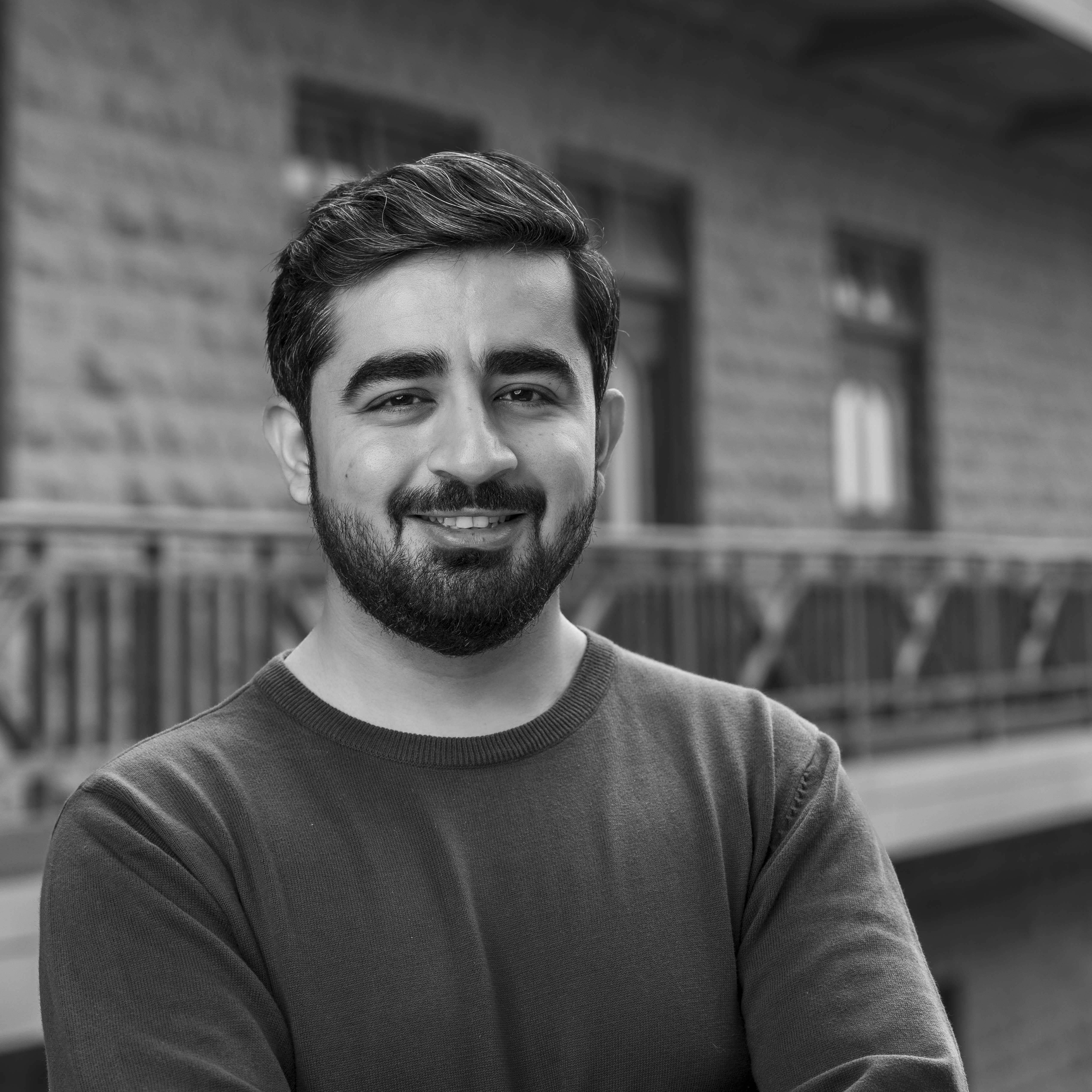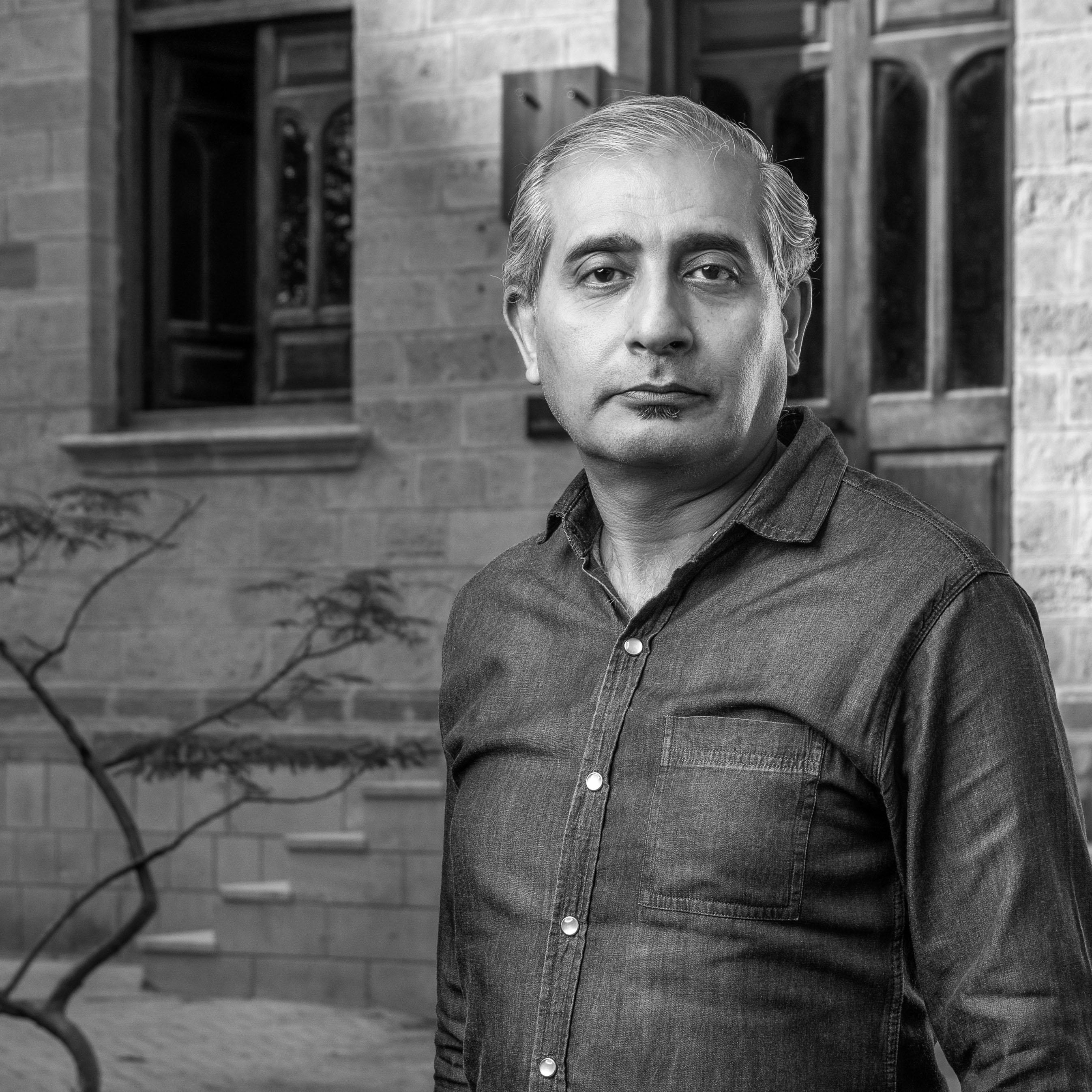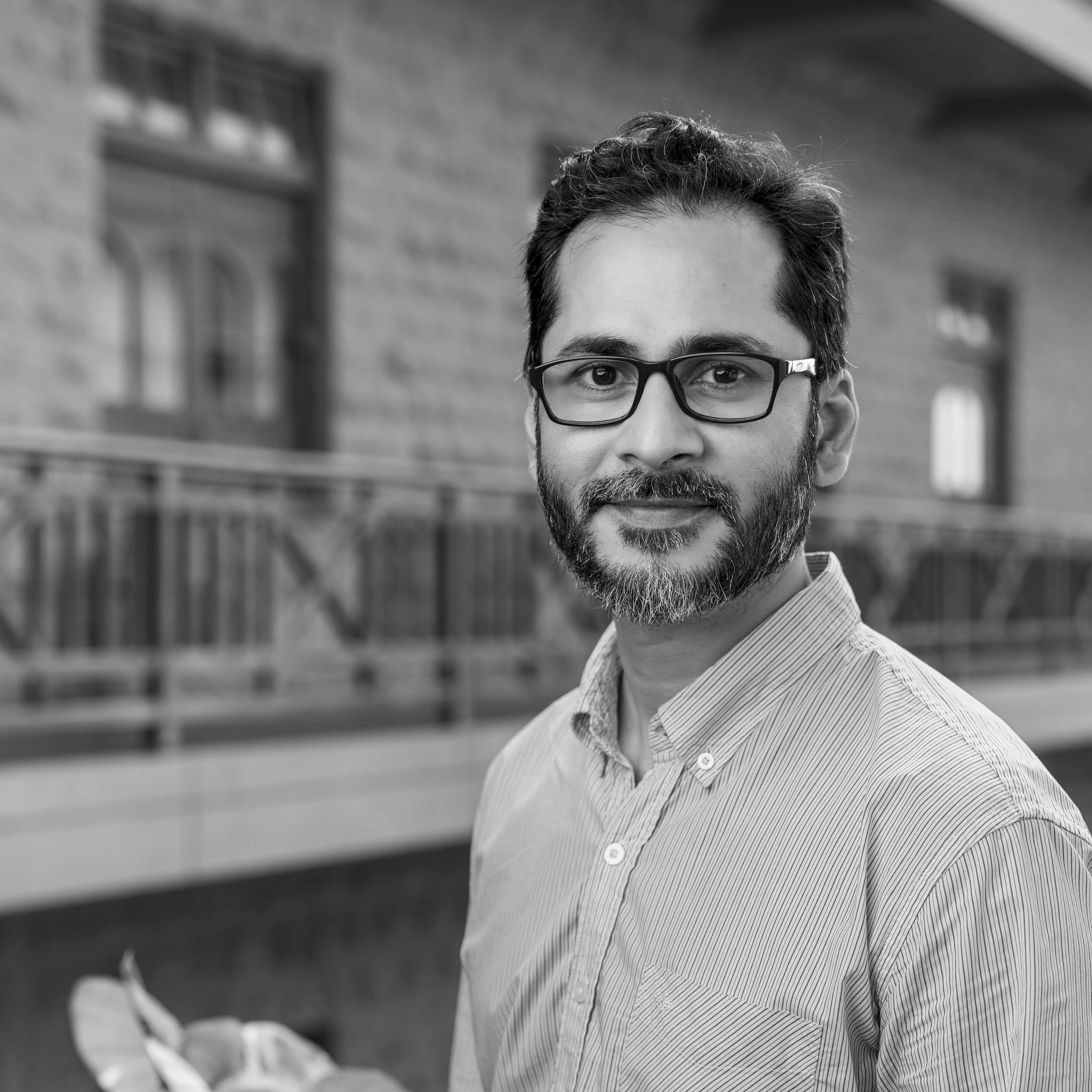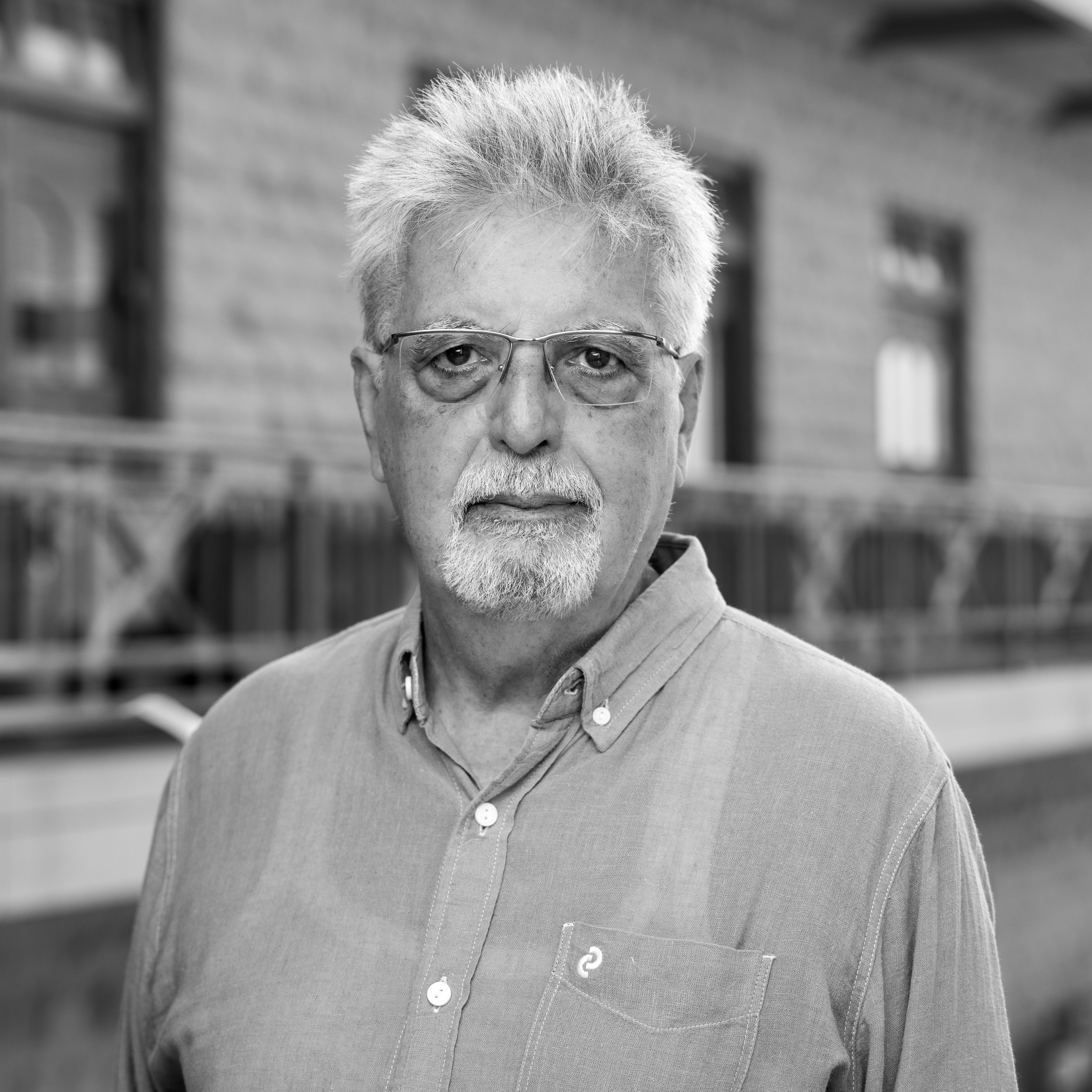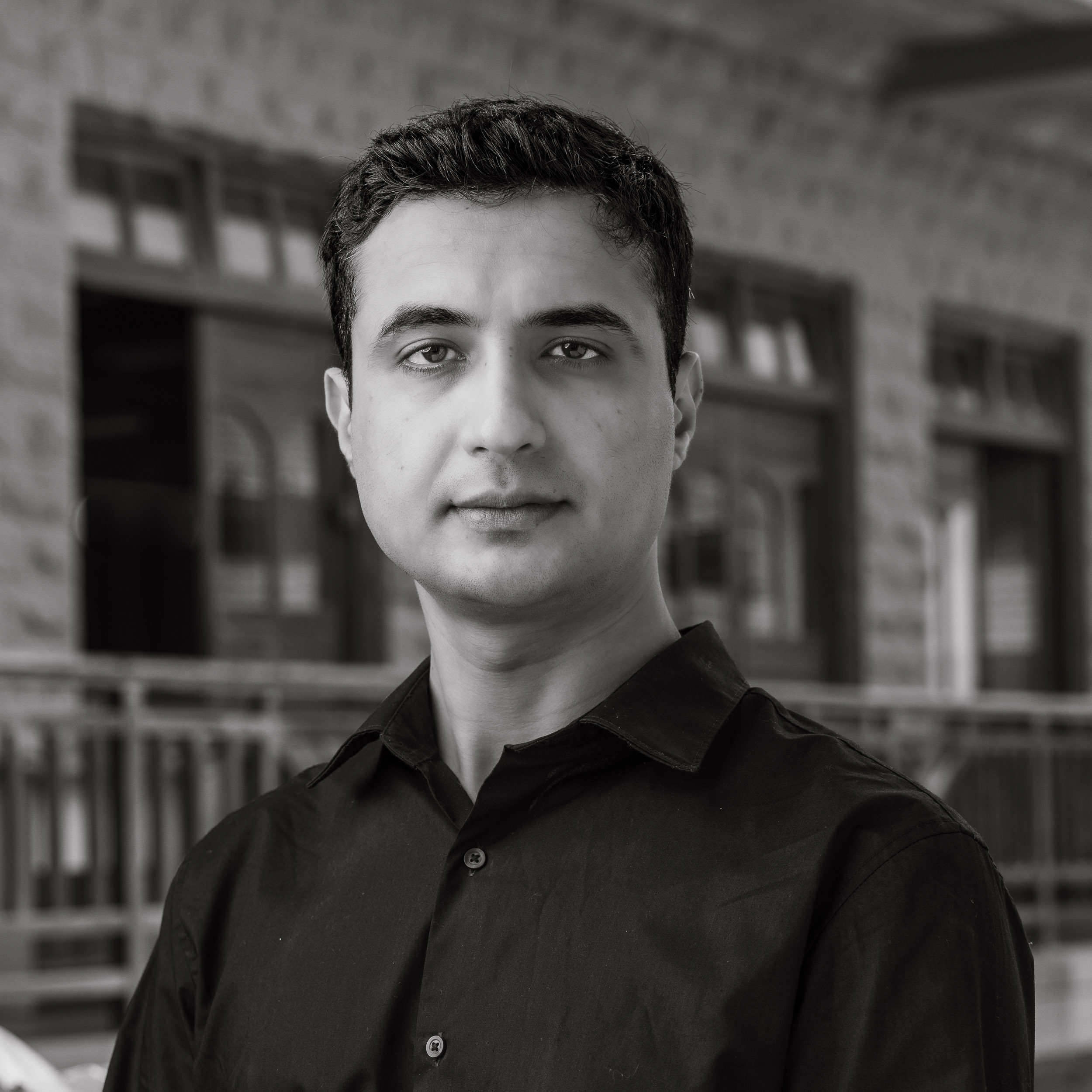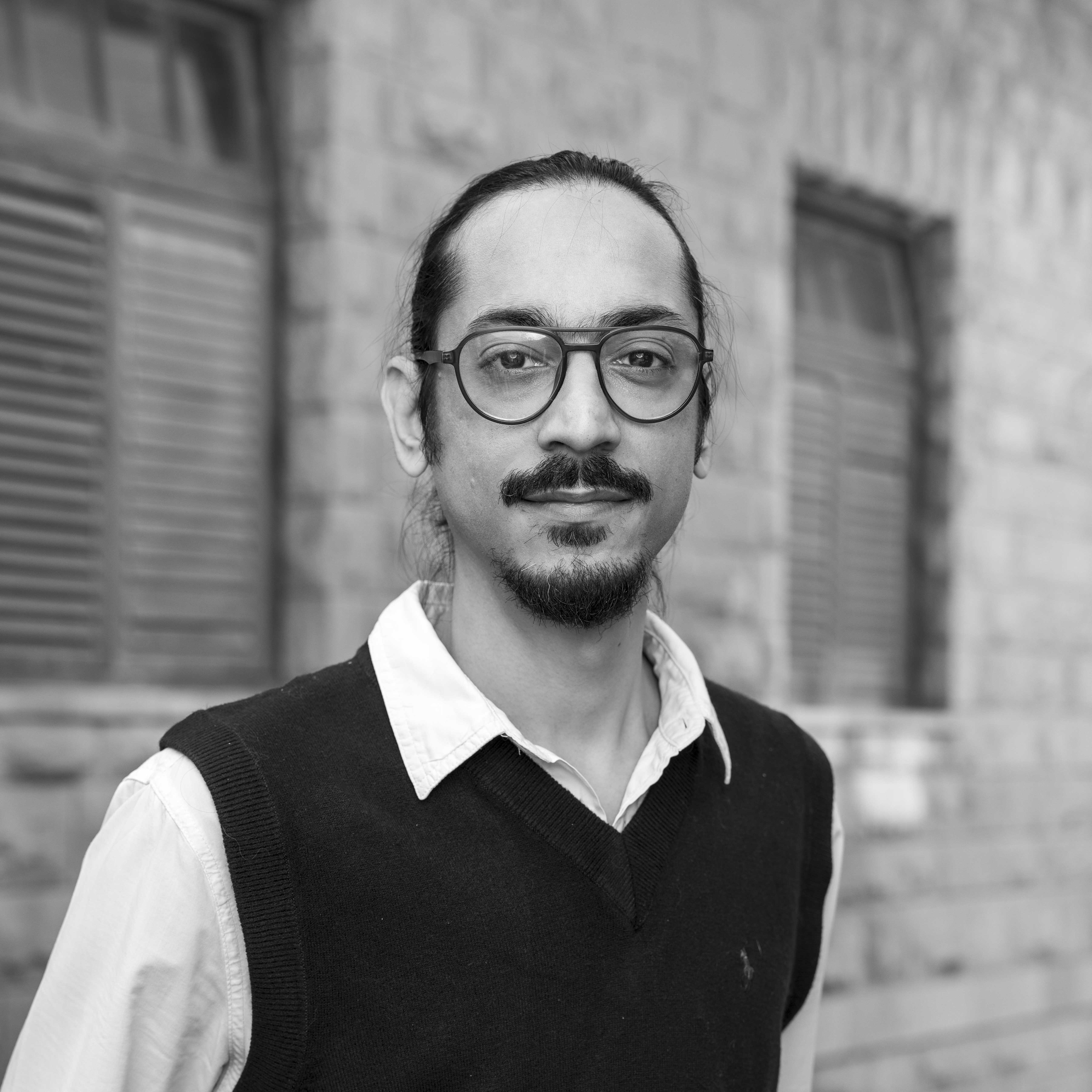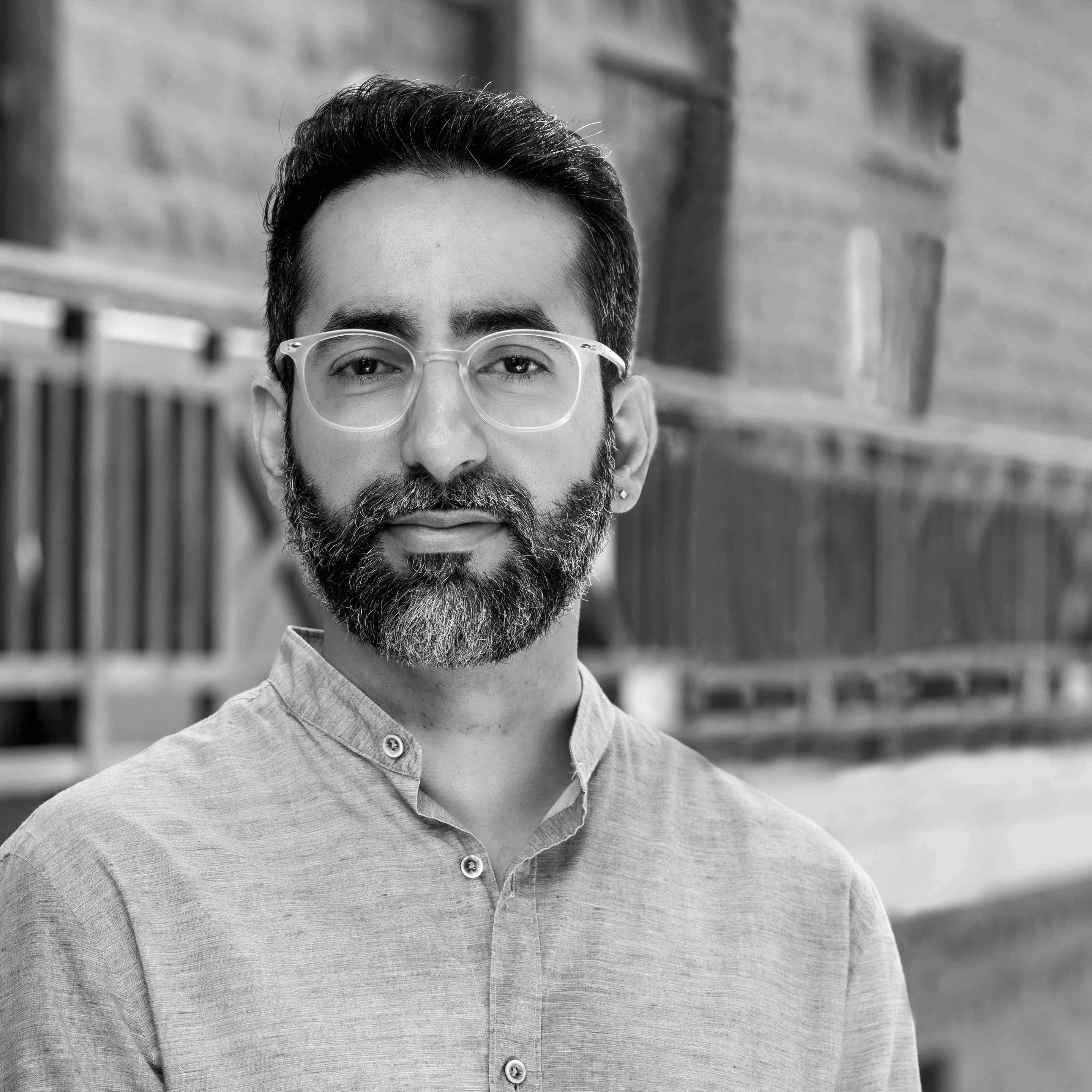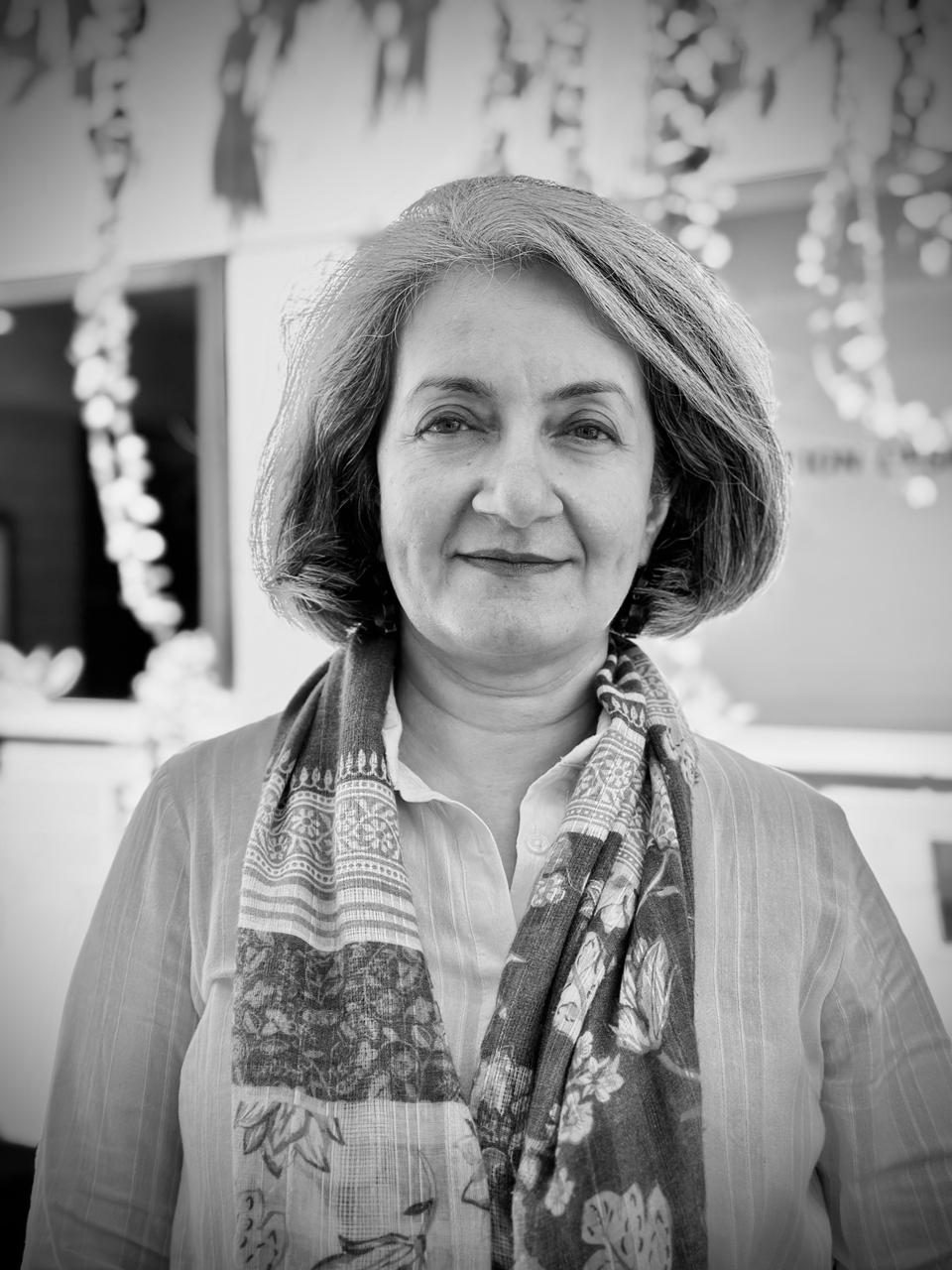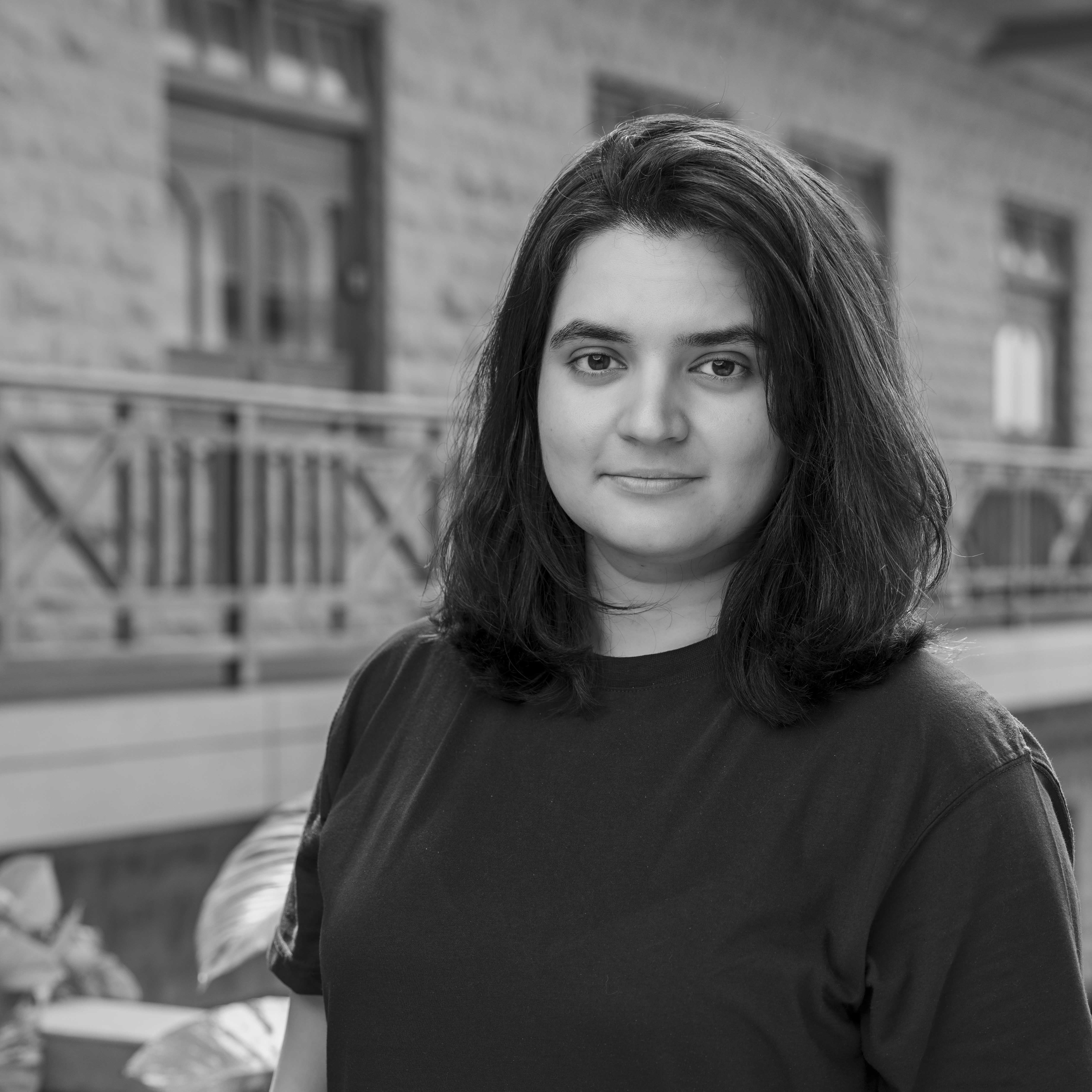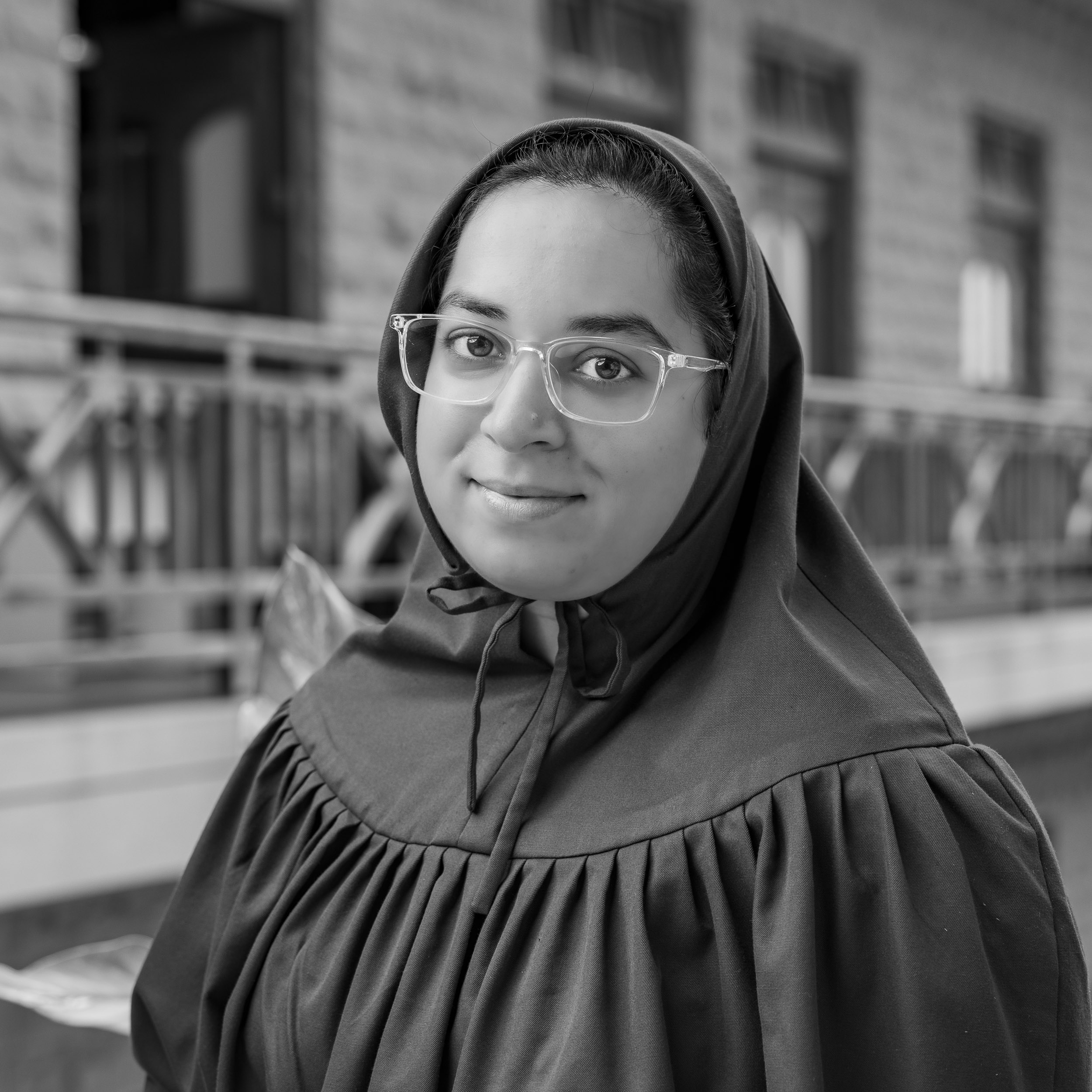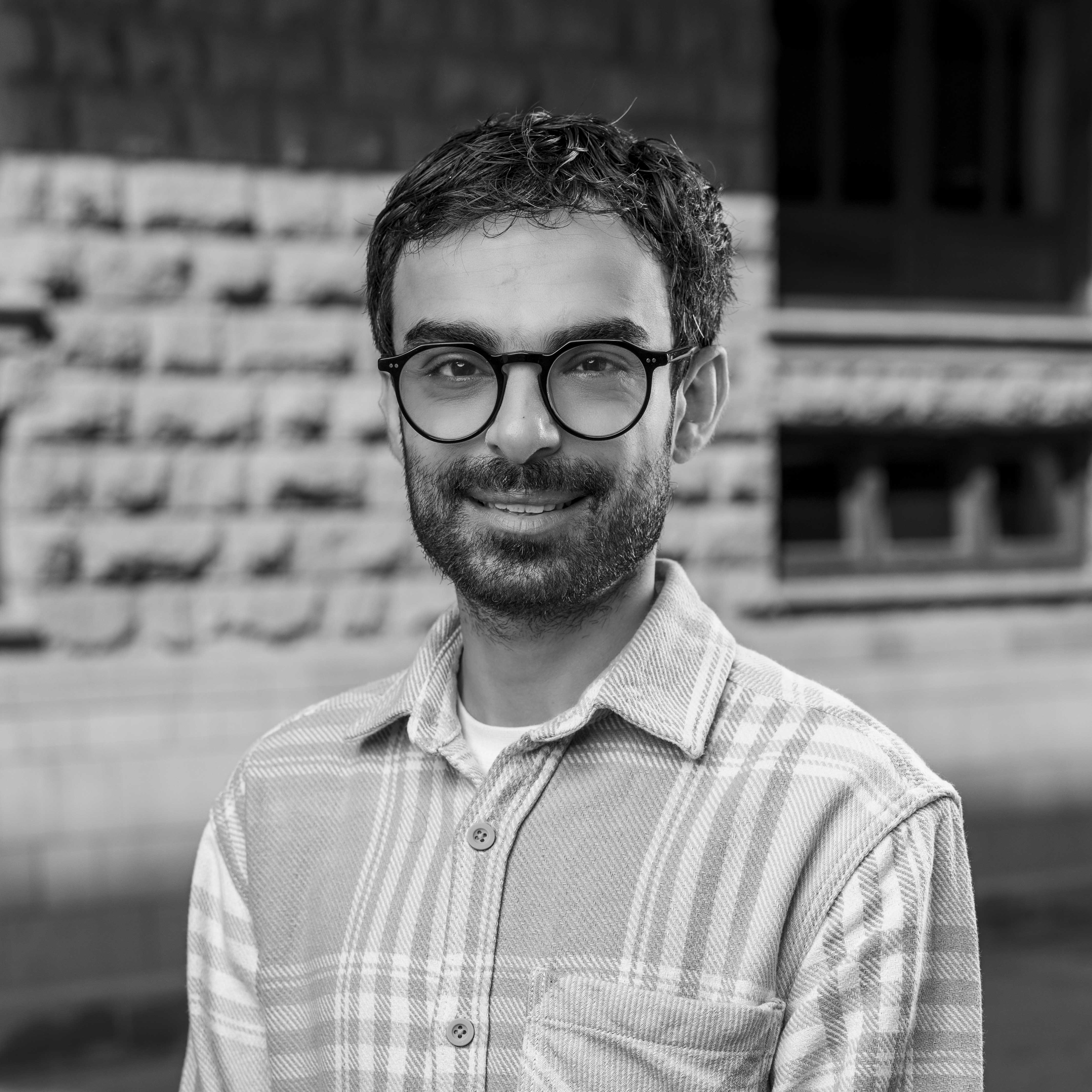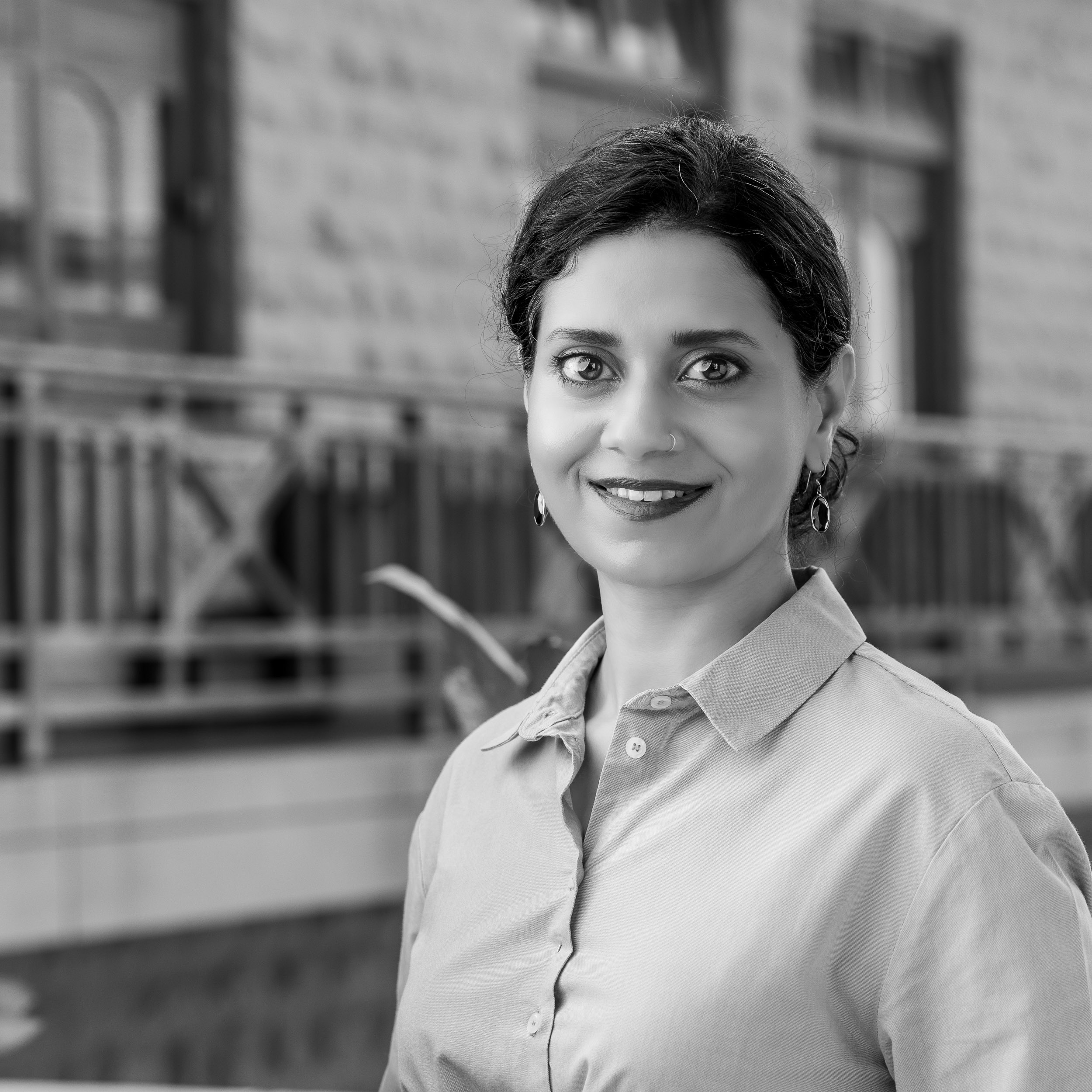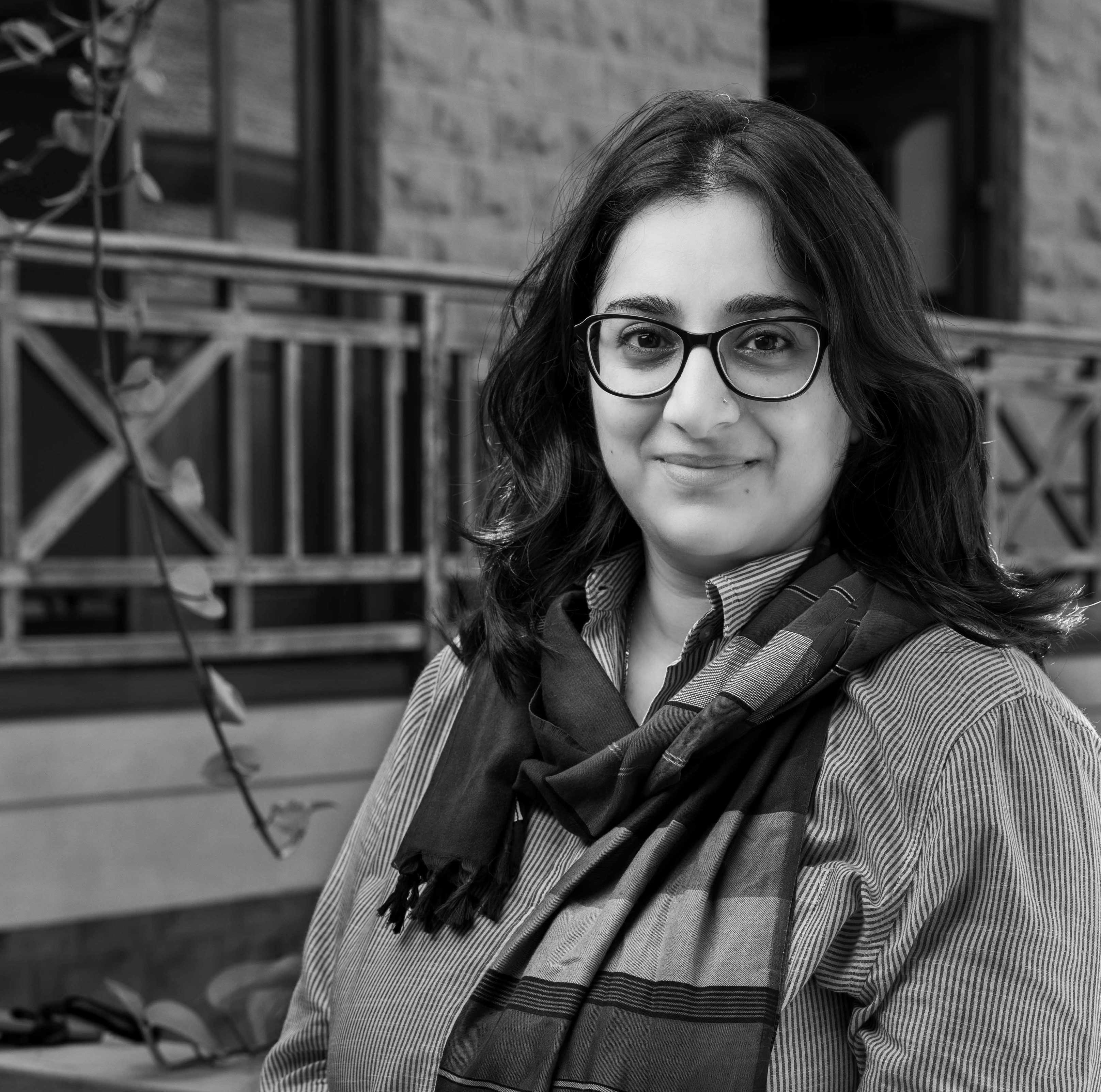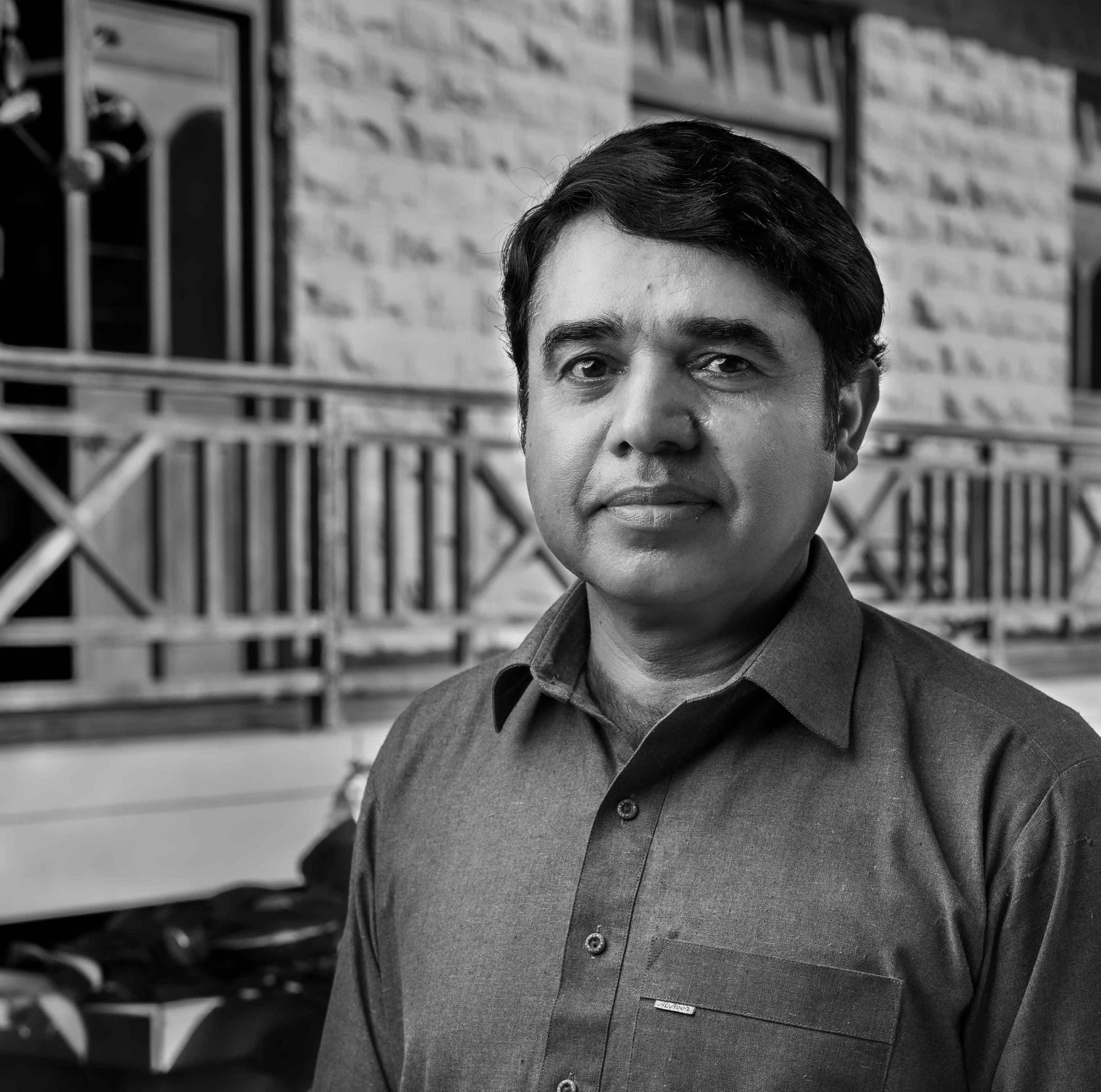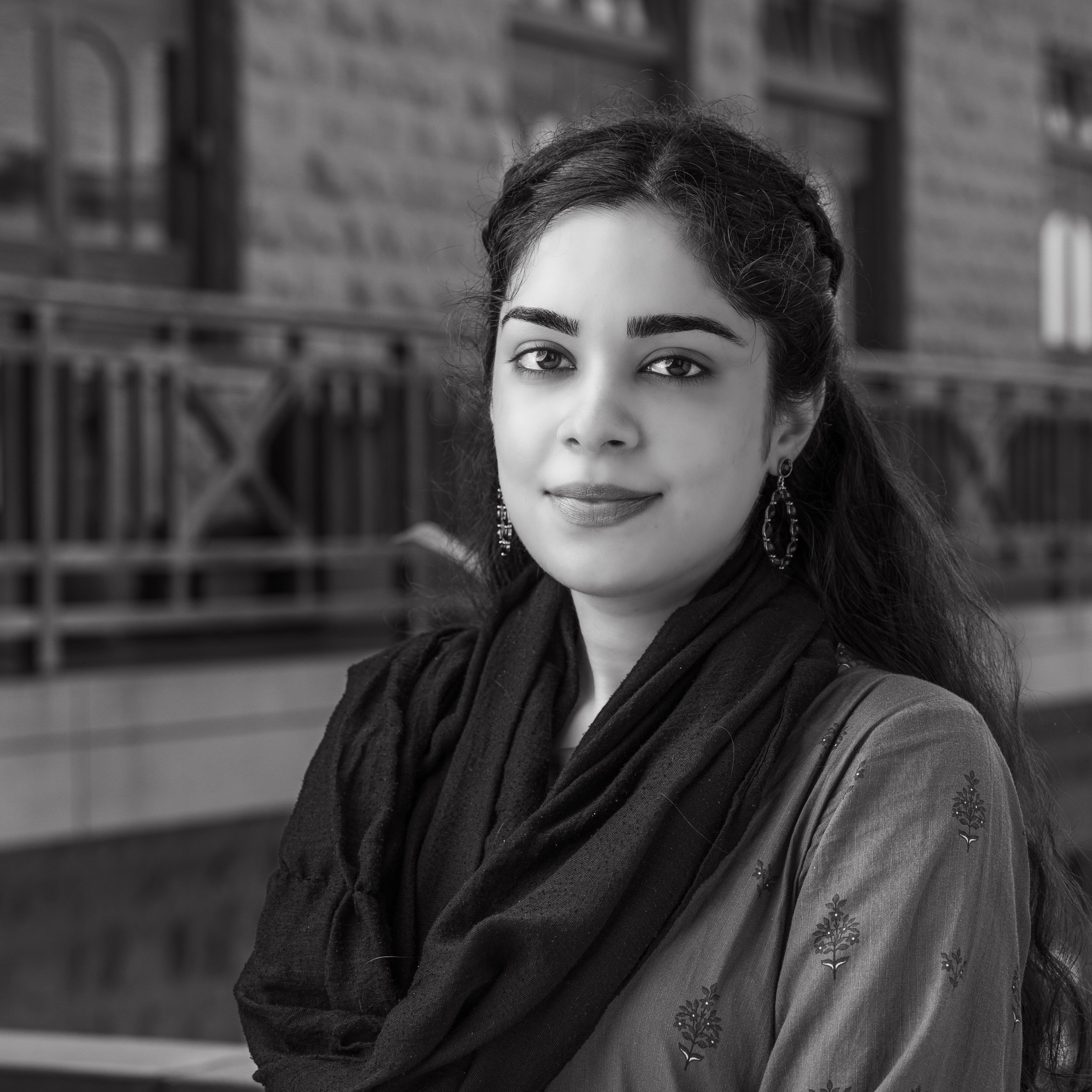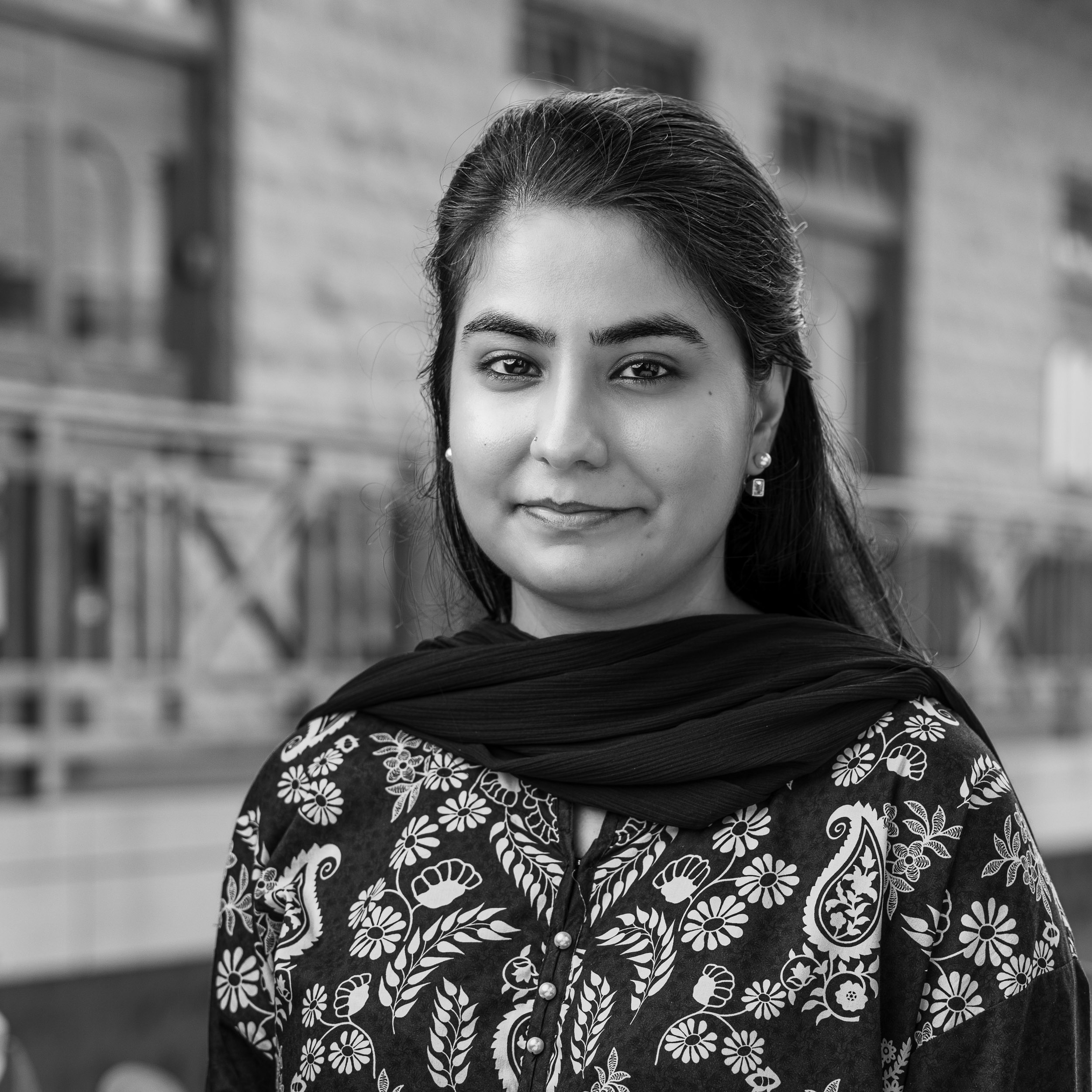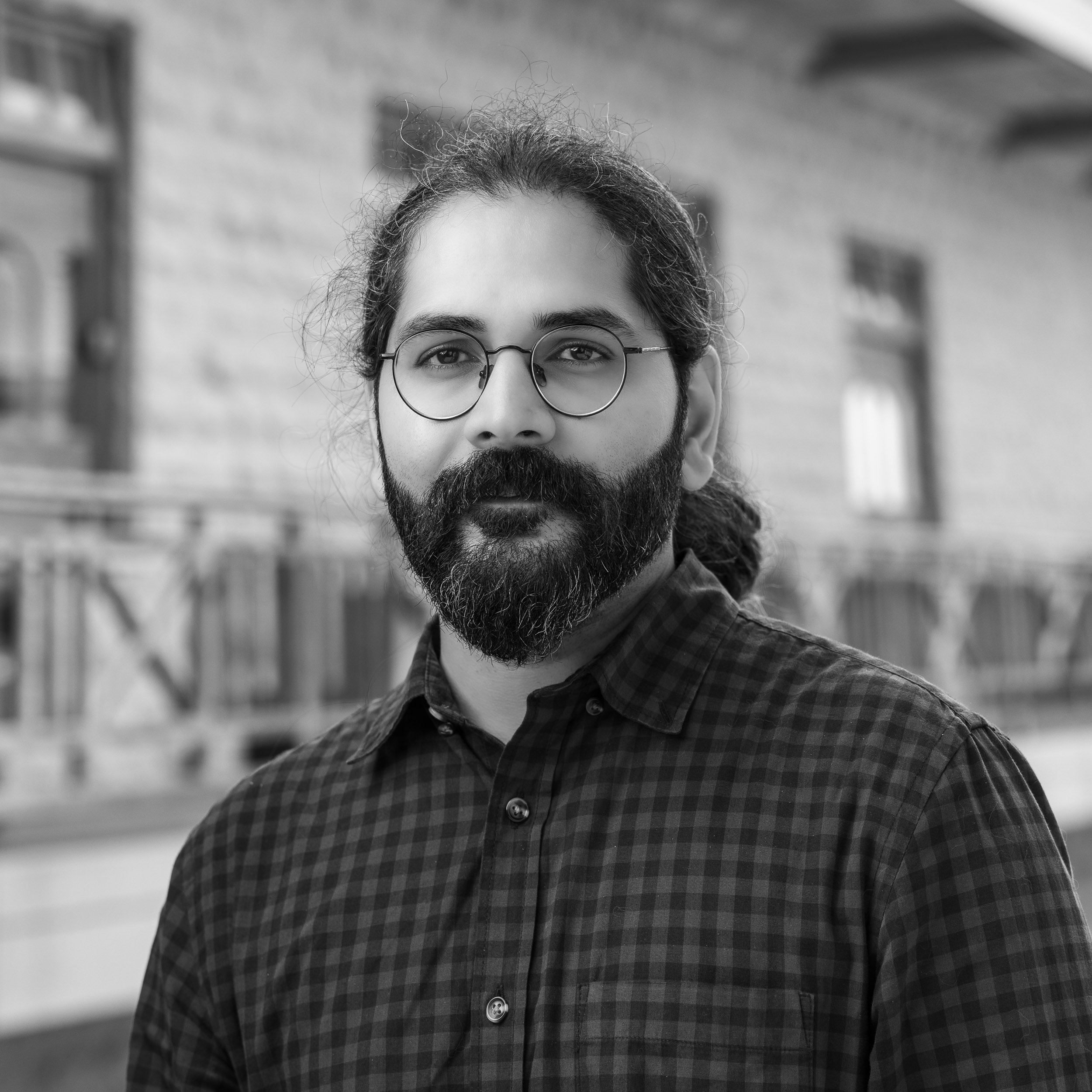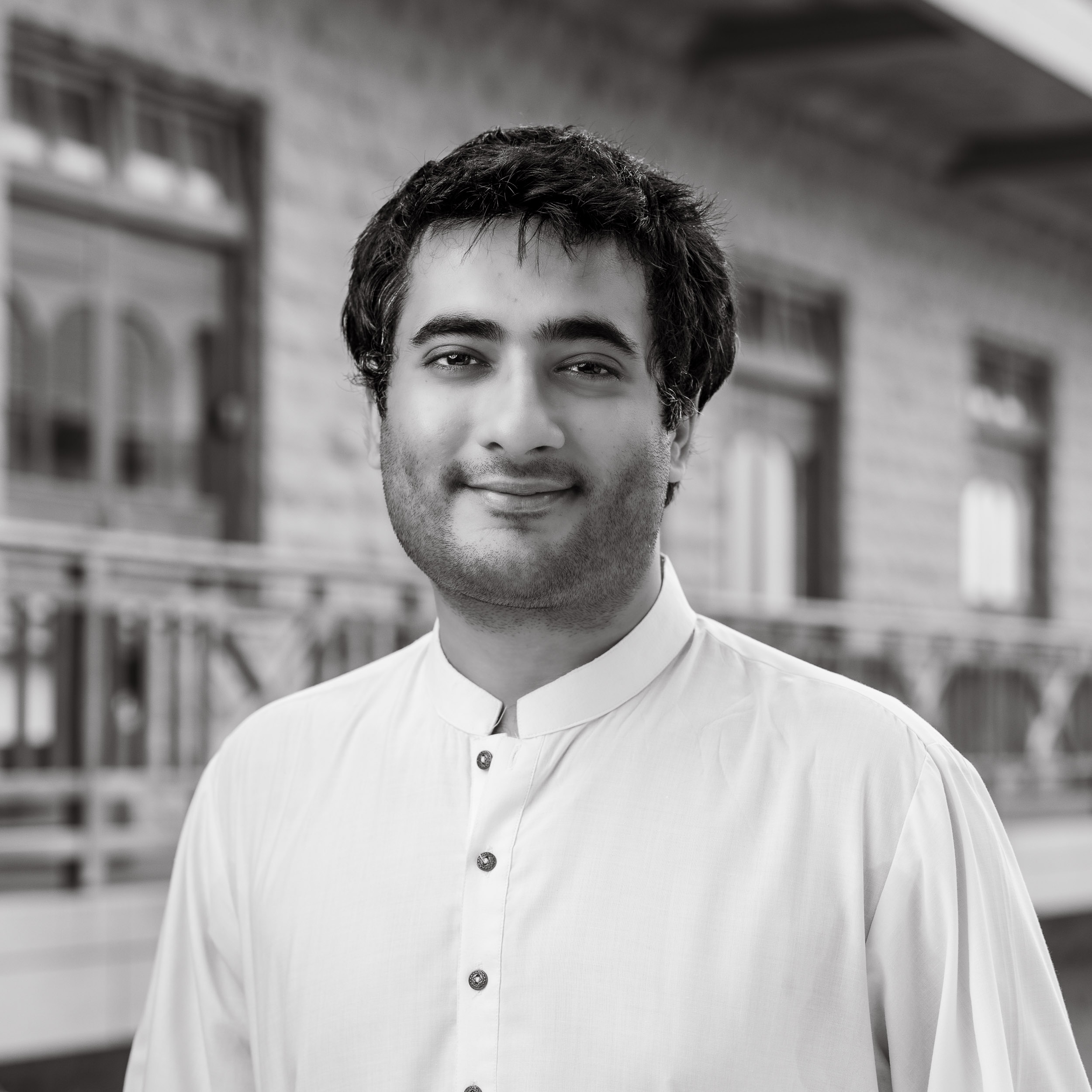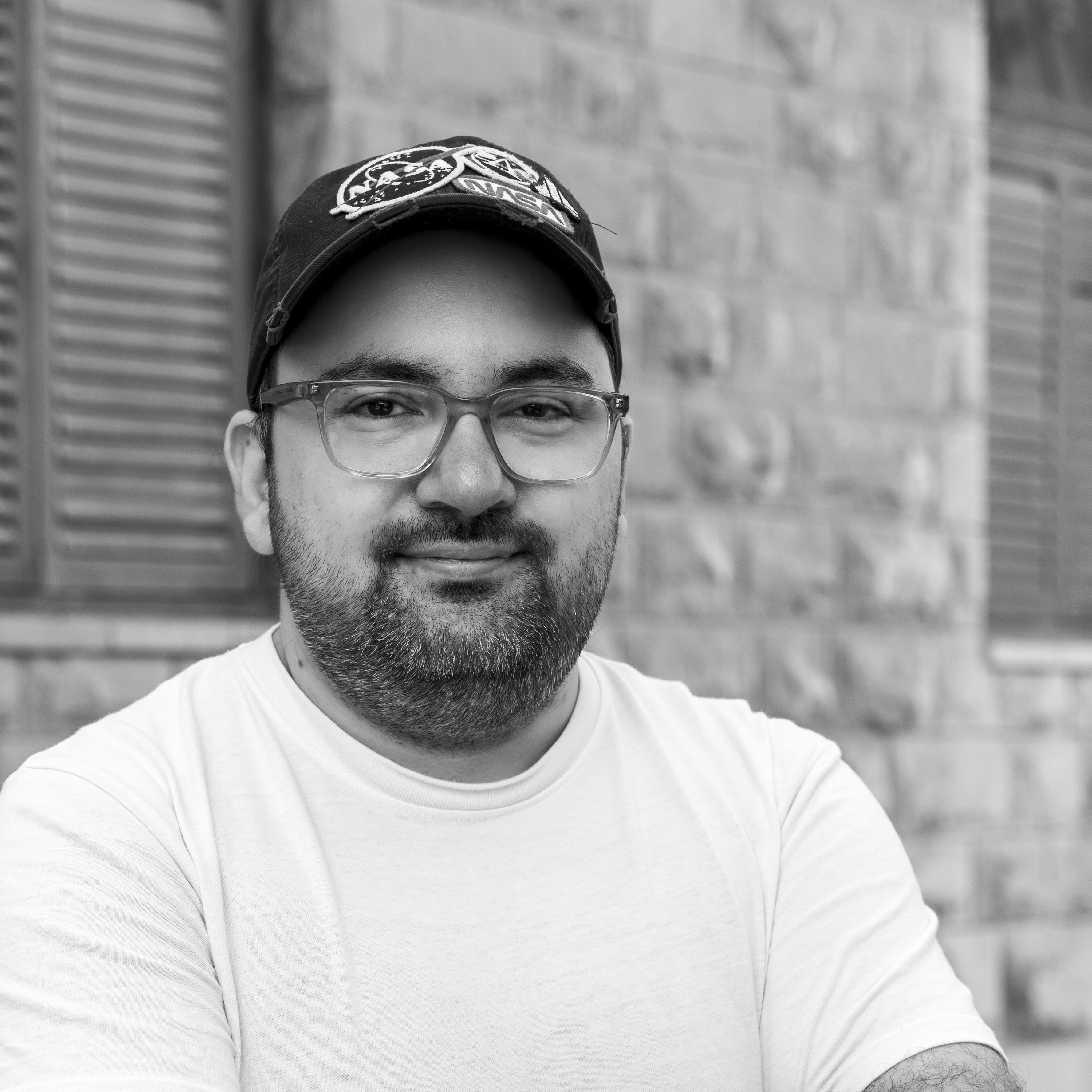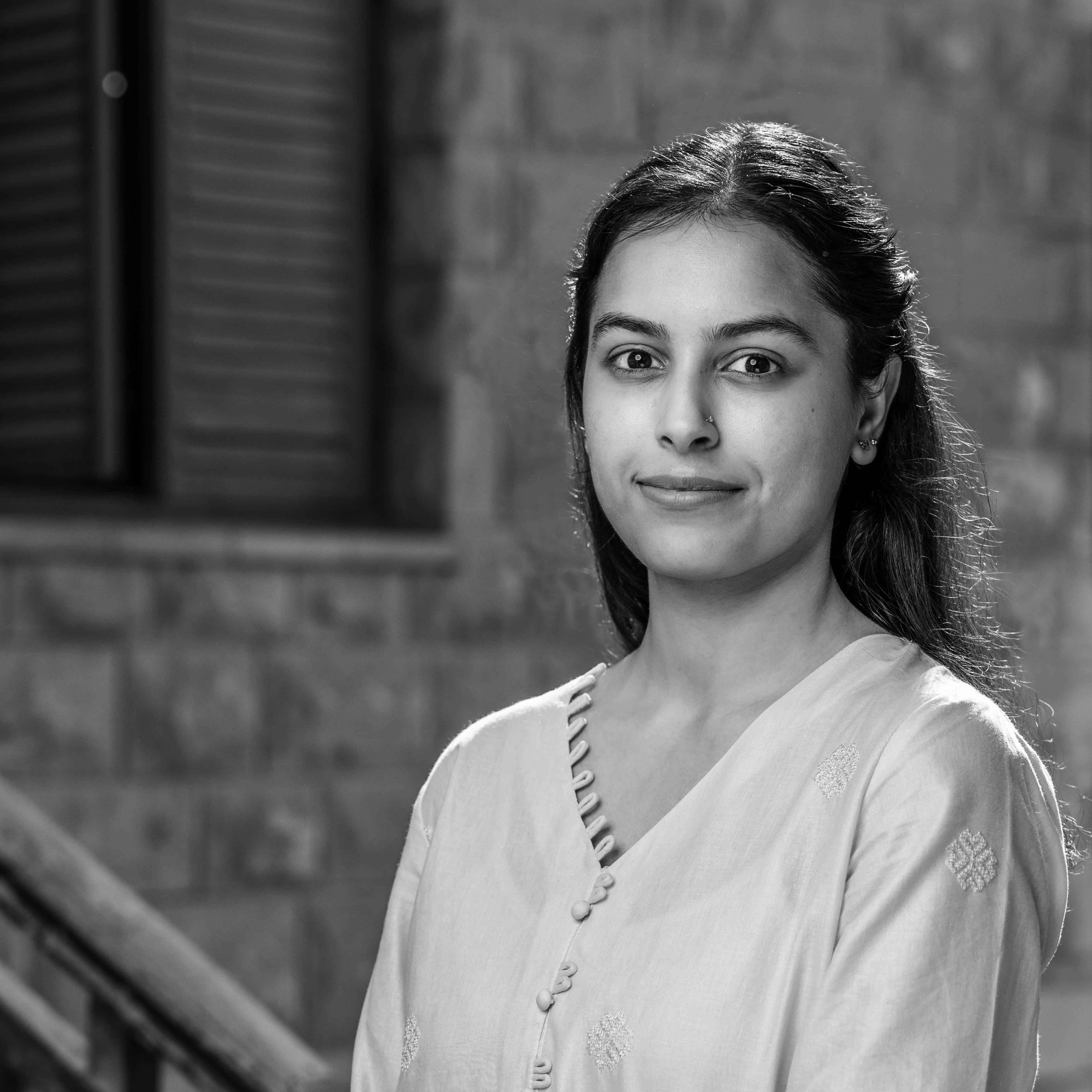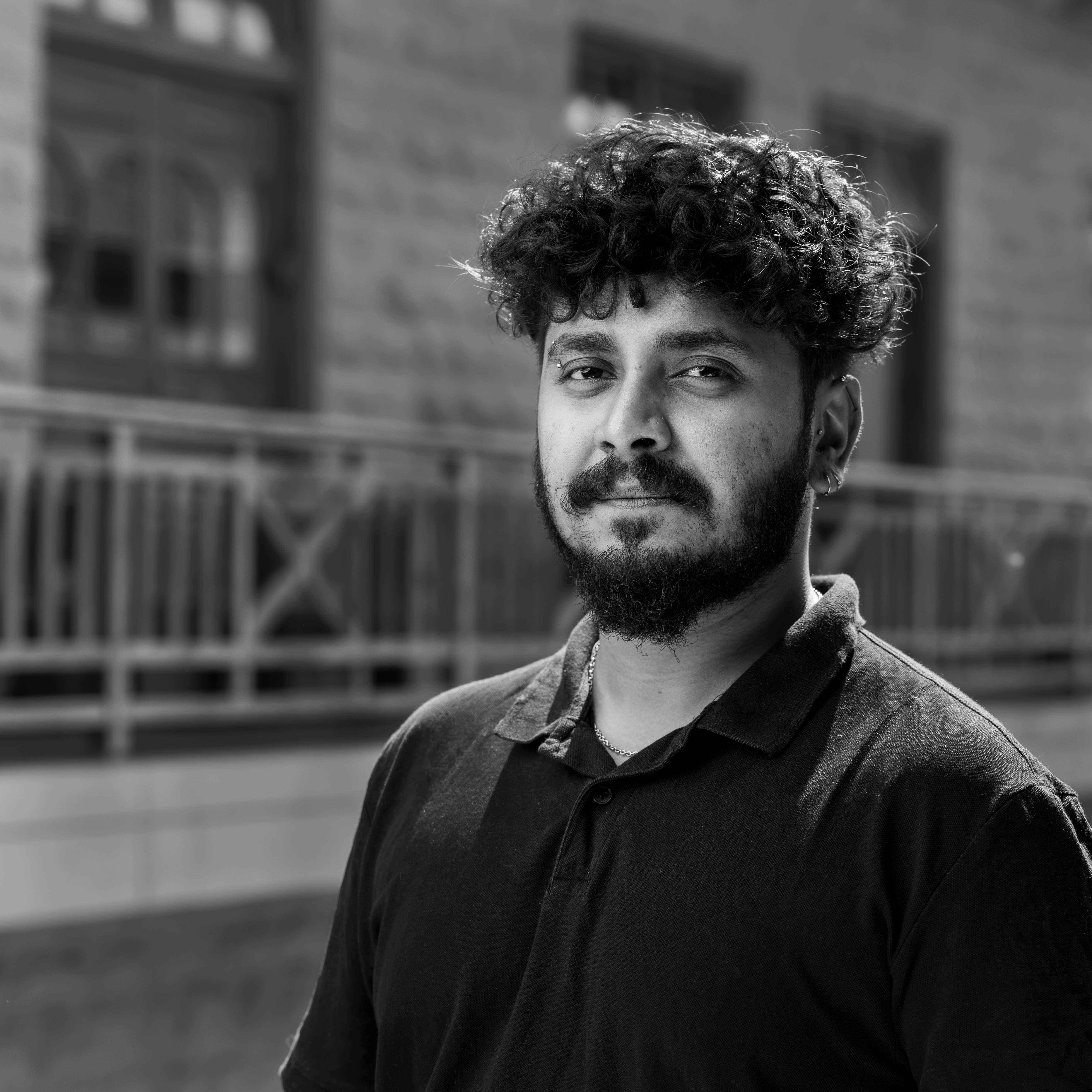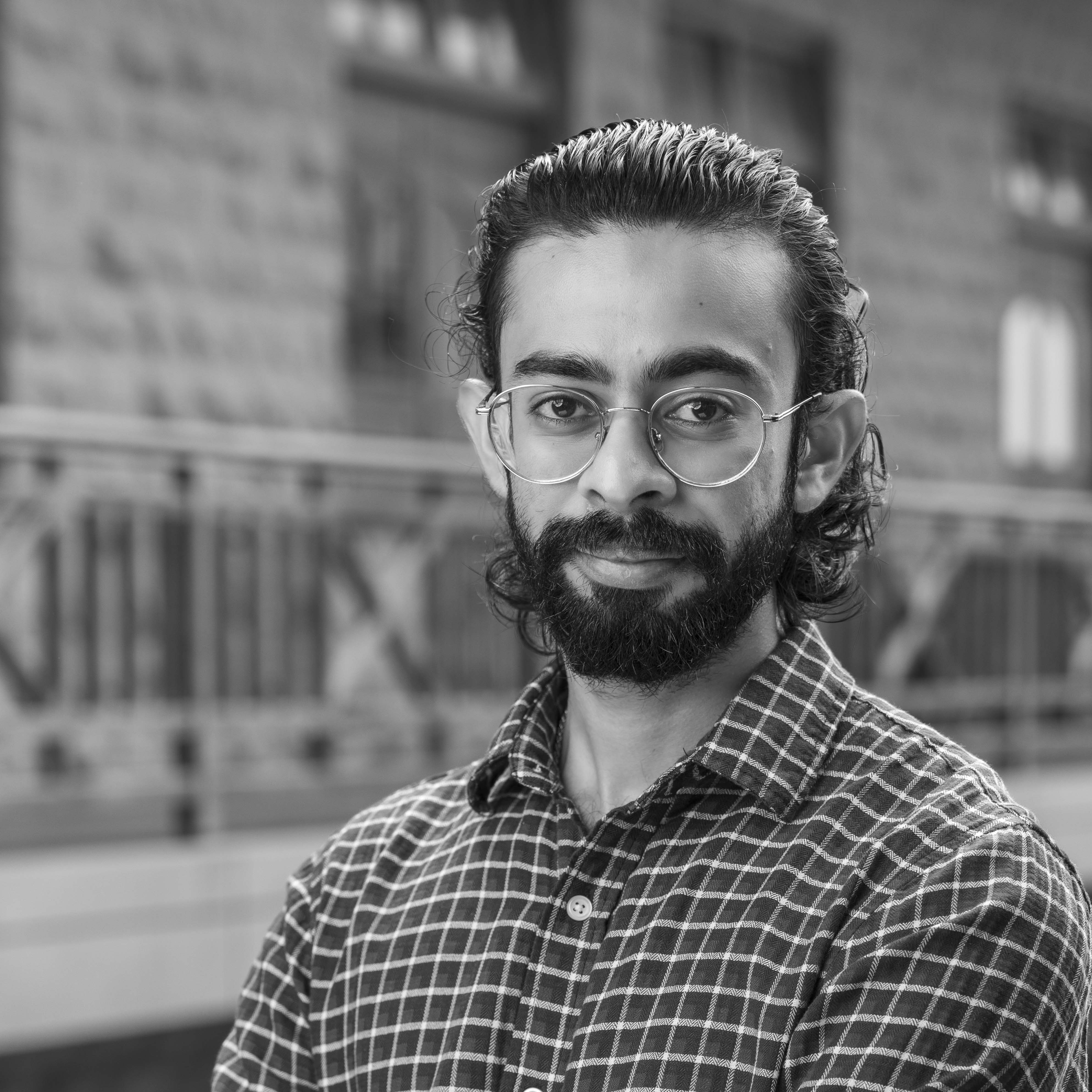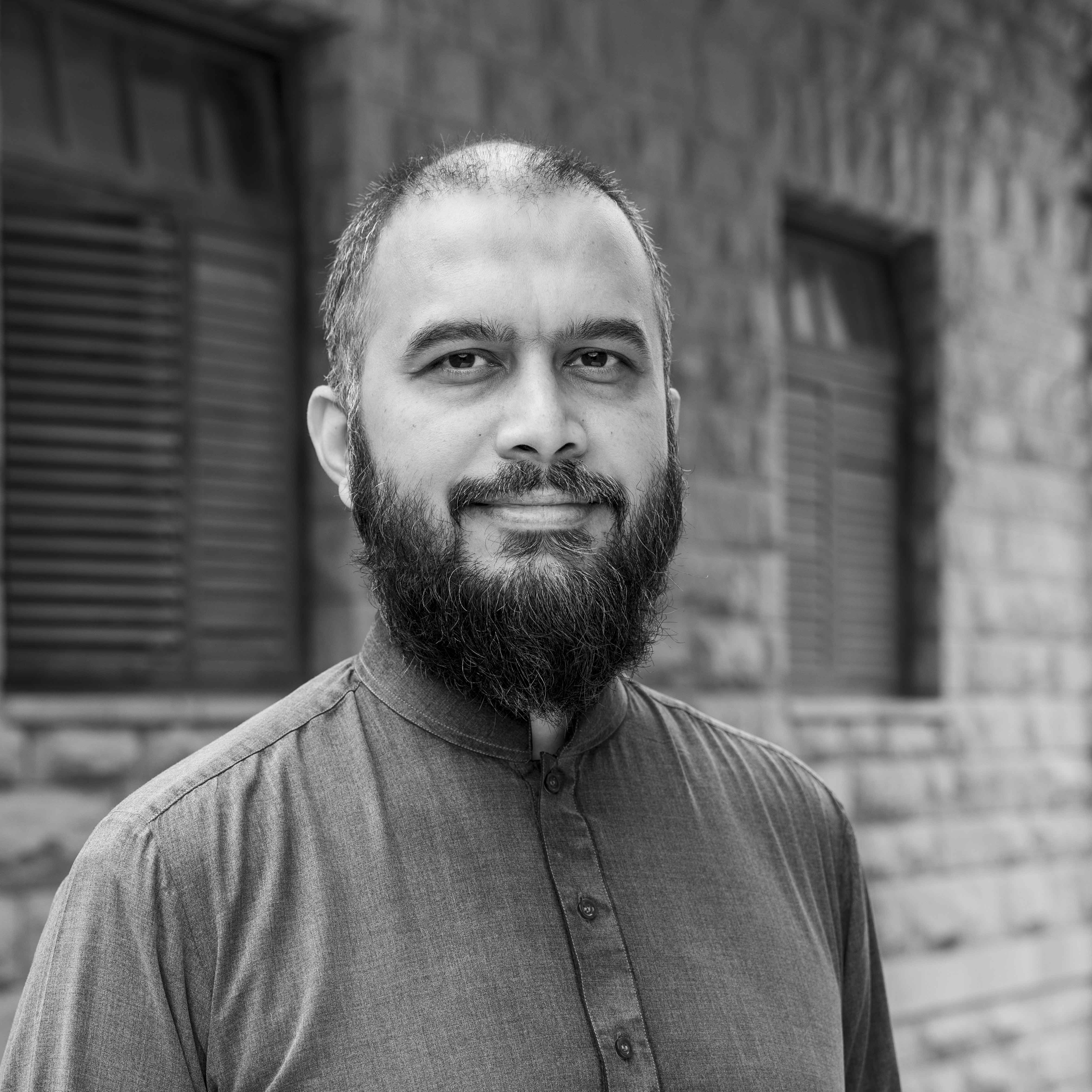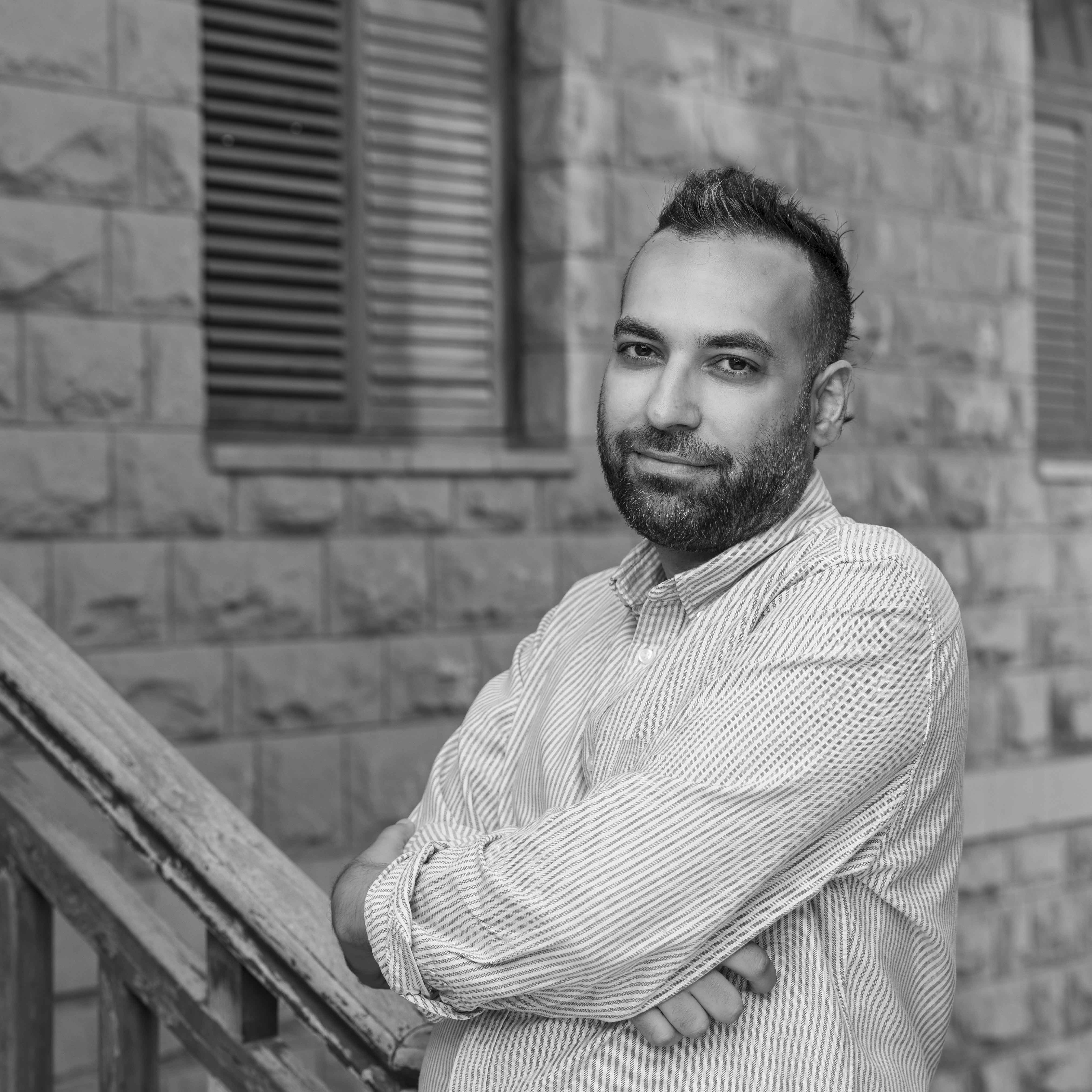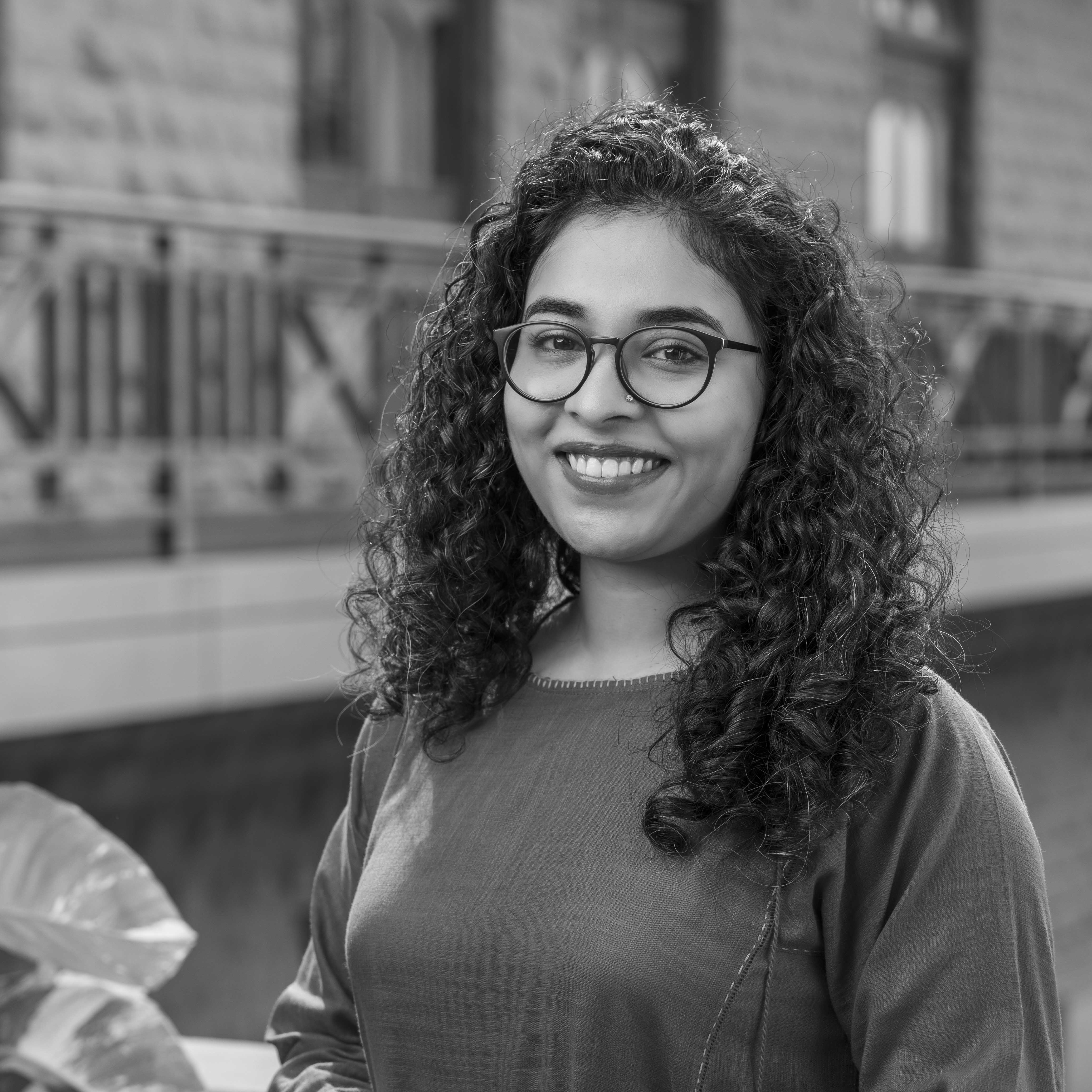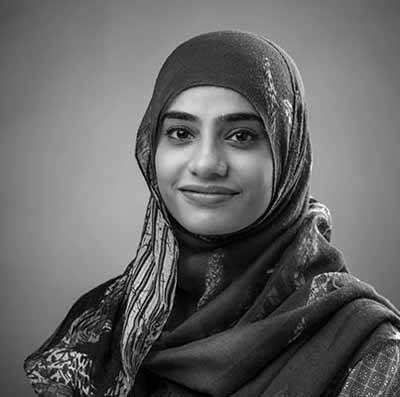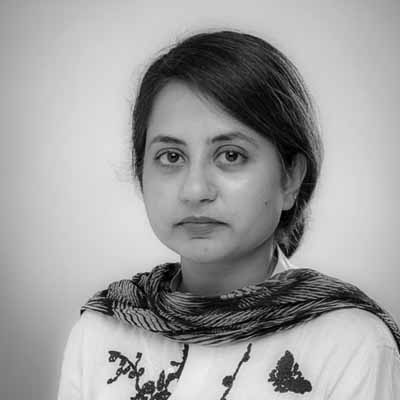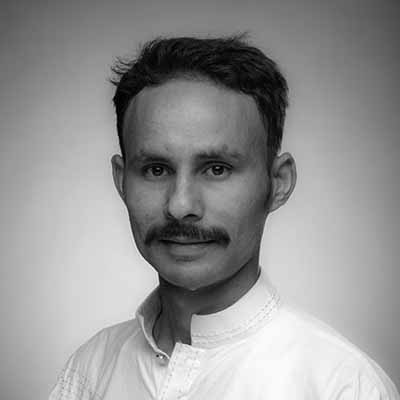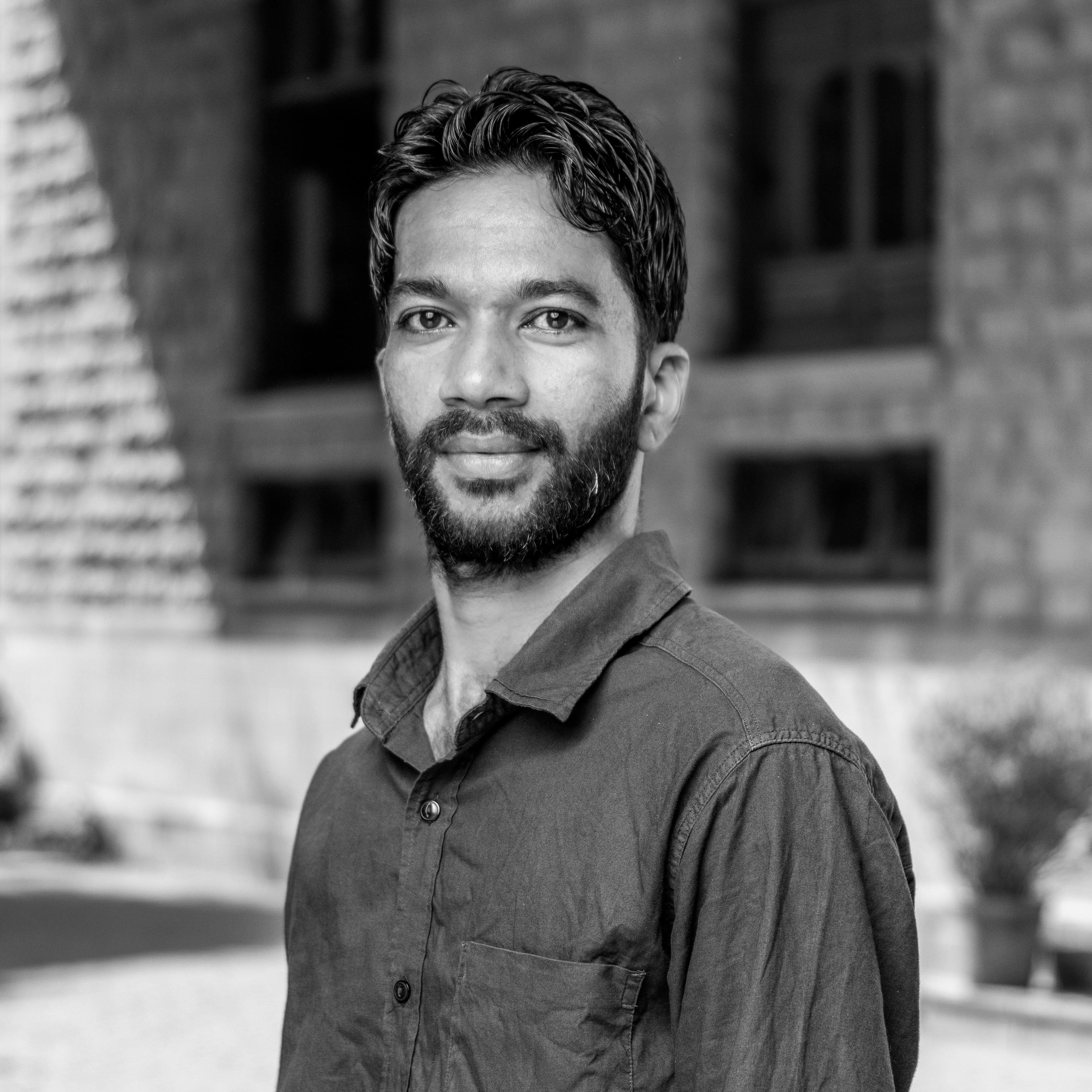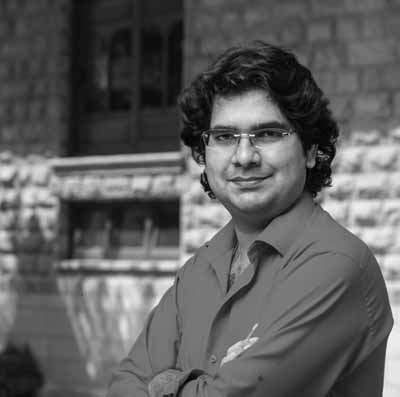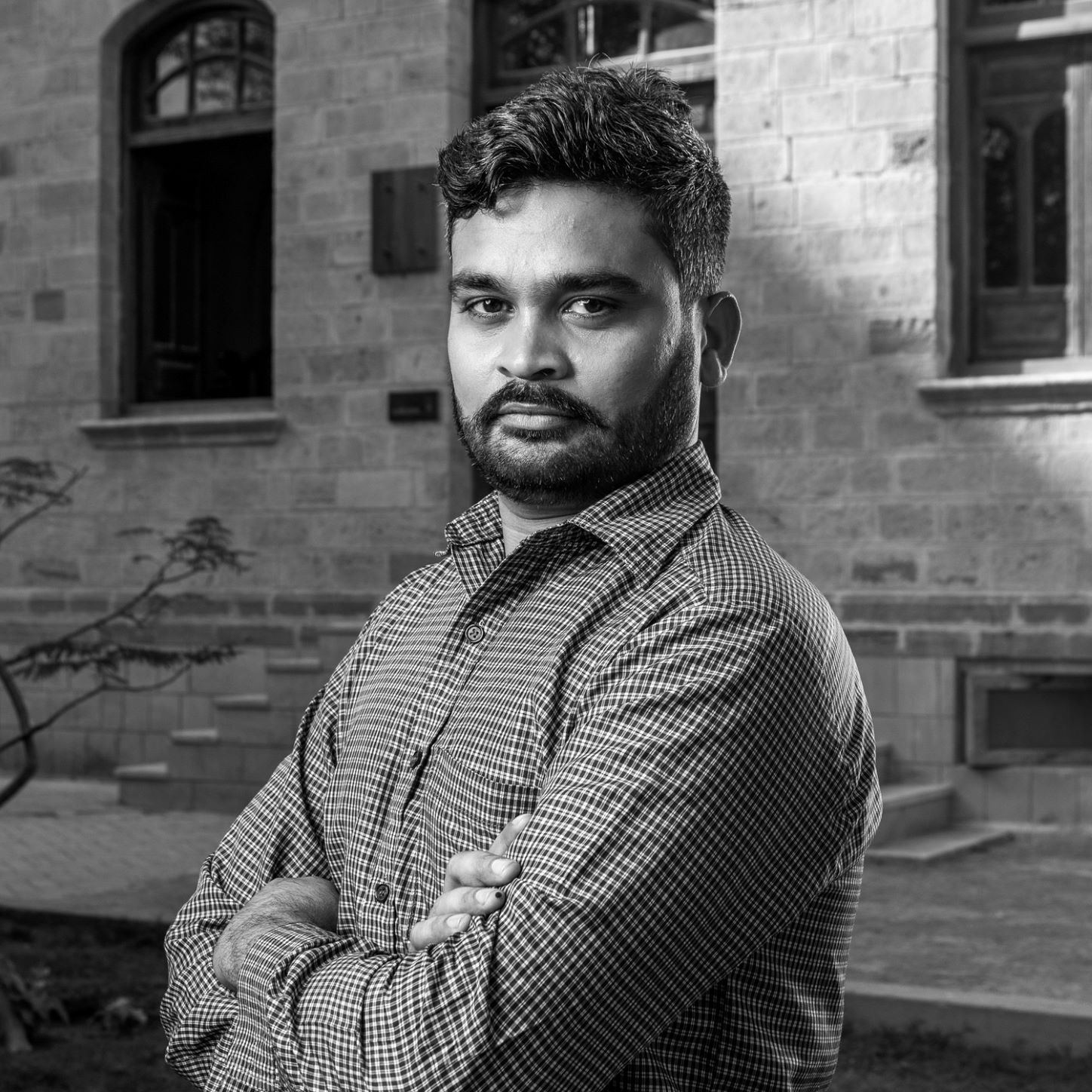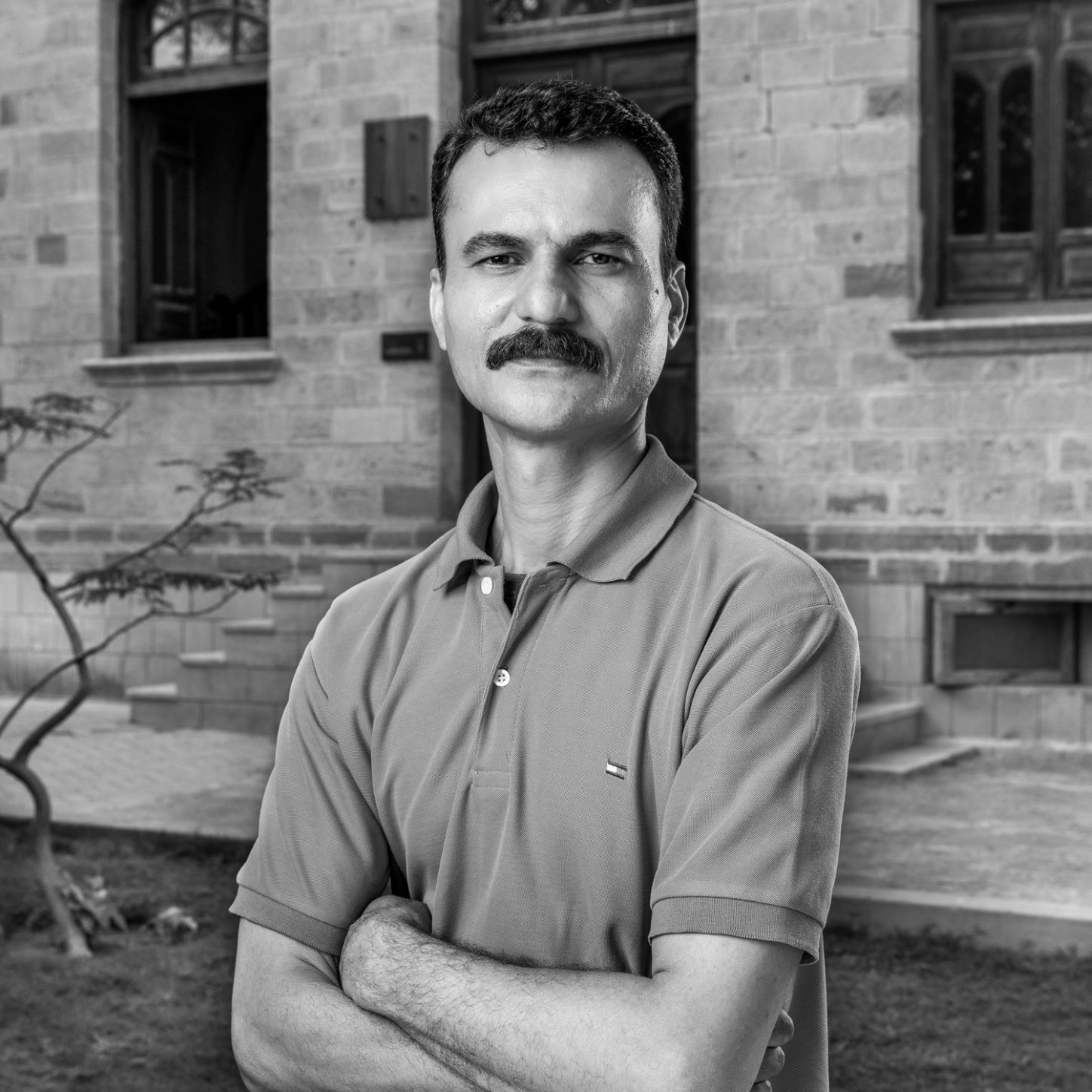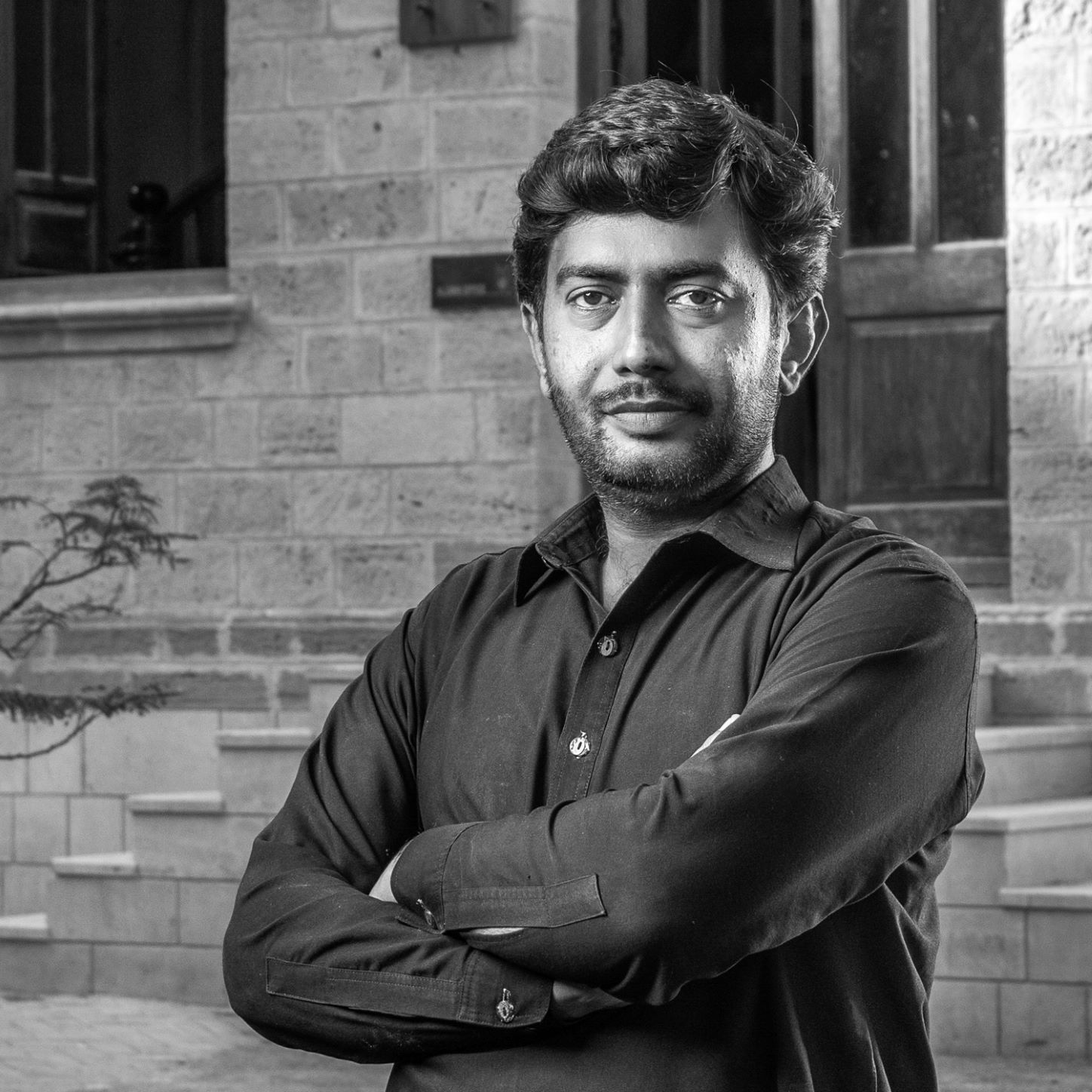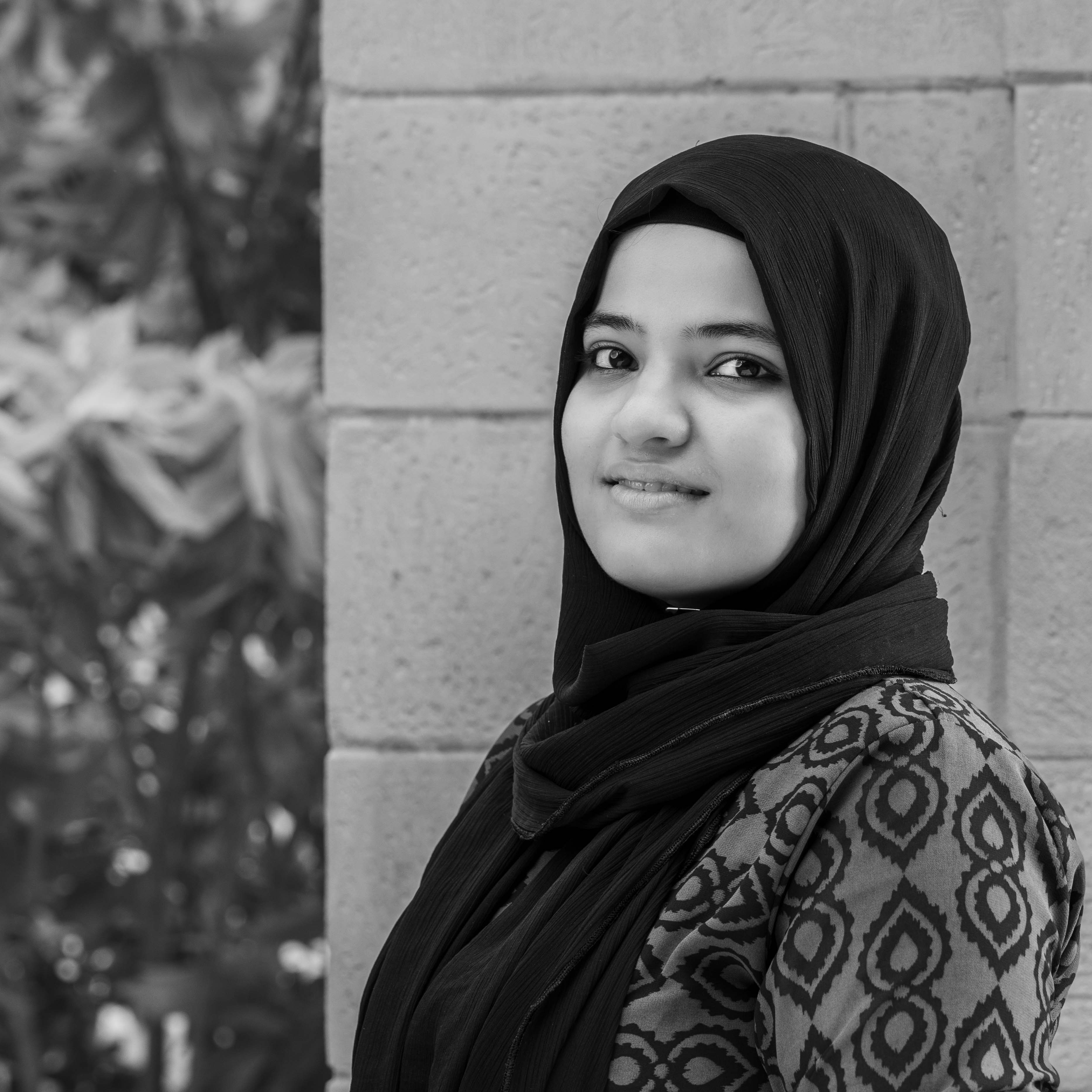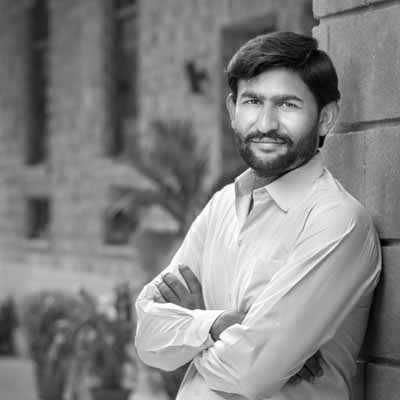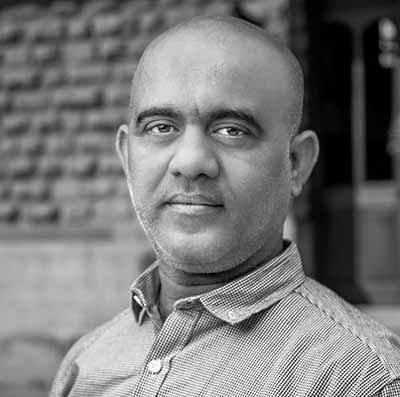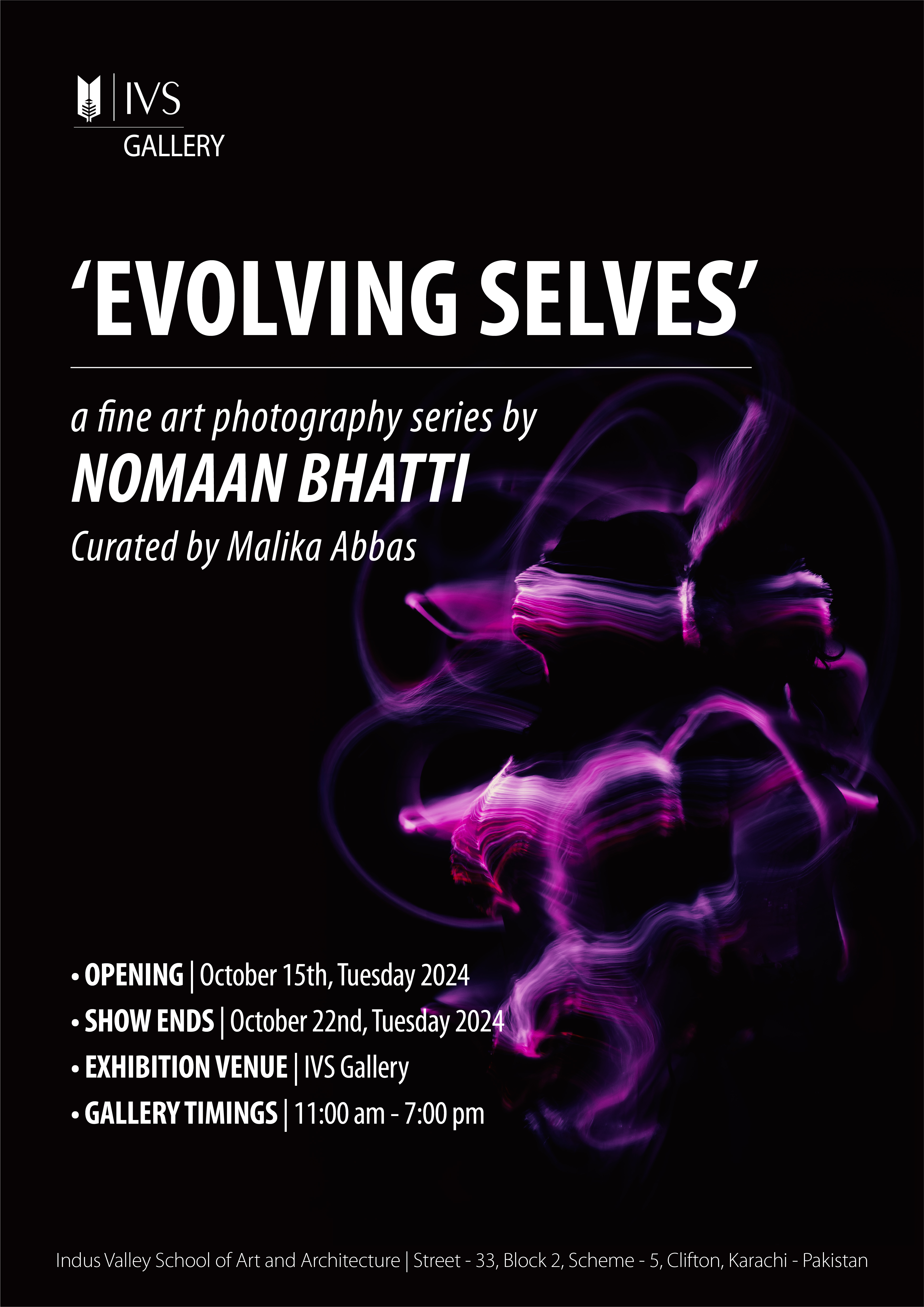Design studio is an intrinsic and substantial part of the B.
Arch curriculum. Conventionally it is taught in a certain space and the
outcomes are measured as per outlined deliverables. There are many researches
that explore alternate tools to design studio teaching in Architecture, ranging
from hands on material explorations, working on live sites, reliance on digital
technologies, inquiry by design, to introduction of an angle of advocacy and
engagement with the community. The ‘Makers Space’ pedagogy is something that
was recently tested and implemented in design studio at Indus Valley School of
Art and Architecture, with 3rd and 4th year Bachelors of
Architecture students. The introduction of this pedagogy yielded some
interesting results which are described and analyzed here.
The idea of incorporating the makers space in architectural
pedagogy and practice came about in the late 80s, as a reaction to magazine
architecture, which was glossy and surface driven, and lacked depth and
contextual connections at times. The Makers space is grounded in making. It
obviously includes tools and equipment that allows a maker to make. In a makers
space tools could be related to working in wood, metal, card board, fabric etc.
giving greater choices in terms of usage of material. A Makers space, by giving
access to a number of tools, trains students to think objectively and
creatively, and relies on certain observation and analytical skills. A makers
space also brings together a community of makers, where innovation, problem
solving, collaboration and skill development are the hallmarks.
Based on these ideas the first studio exercise stretched
over four weeks, and 3rd year architecture students engaged in
design and to scale construction of a flood responsive house. The materials
used were bamboo, sun dried bricks, concrete blocks for the foundation, bamboo
chicks and pvc sheet for the roof. The students engaged in design,
construction, purchase of materials and preparation of bill of quantities for
the house. Thus, the architecture student took on the role of a contractor,
quantity and surveyor, mason, project manager, project estimator and above all
a maker. In the process the understanding of space, joinery, aesthetics, scale
and proportion was multiplied many folds. The outcome also revolved around understanding
of structural systems and technical details to be used when two or more
materials are bought together. Furthermore, the students learnt how the plan
the daily activities, how to schedule productive hours and how to work as a
team. Problem solving, distribution of tasks and thinking of alternative
strategies when faced with a challenge were some of the other skills that the
students developed during the project. The students also developed a ‘hacker
mentality’ as mid-way between the project they realized that certain
construction details were not working, thus they had to think of alternate
details and approach the project with an overall ‘can do’ mentality.
As part of the studio projects emphases was placed on the design
thinking process, where students identified problems, ideated solutions,
developed prototypes and tested their ideas. This was especially true for the
second studio which was planned and executed in the mountains of Northern
Pakistan. This ten days studio was termed as a ‘mountain studio’ and exposed
the students to a different context, and gave the opportunity to interact with
a village community in upper Hunza valley of Gilgit Baltistan. In addition to
the learnings as mentioned above, this particular studio exposed the students
with the value of making use of locally and contextually available materials.
The existing Poplar trees on the terrain became the columns for the structure
being constructed in bamboo and stone and the prevailing topography and terrain
of the site became the basis on which the angles and slopes of the new
structure to be built were decided. An
existing water channel flowing through the site was used by the students to
gather knowledge about water sheds, gradients and contours for identifying the
location of the structure.
The mountain studio also inculcated a sense of
interdisciplinary amounts the students as they put on the thinking cap of a
project manager, a surveyor and a constructor. It encouraged collaboration and
fostered creativity and innovation. It also provided them with an opportunity
for reflective practice as they were encouraged to document their thought
processes, daily observations and their design ideas. In short, the mountain studio created room for
reflective practice which in turn promotes critical thinking and
self-assessment, and an essential skill for architects.
The students were seen to bring the learnings from these two
studios into their conventional studio the following semester, where they were talking
about materials, details, joinery, wall sections, scale with a problem solving
attitude.
View more Departmental Highlights

Ghettoisation of Karachi
By Mehmooda Maqsood

ADRL Signs Memorandum with Karachi Neighbourhood Improvement Program
by Mehmooda Maqsood
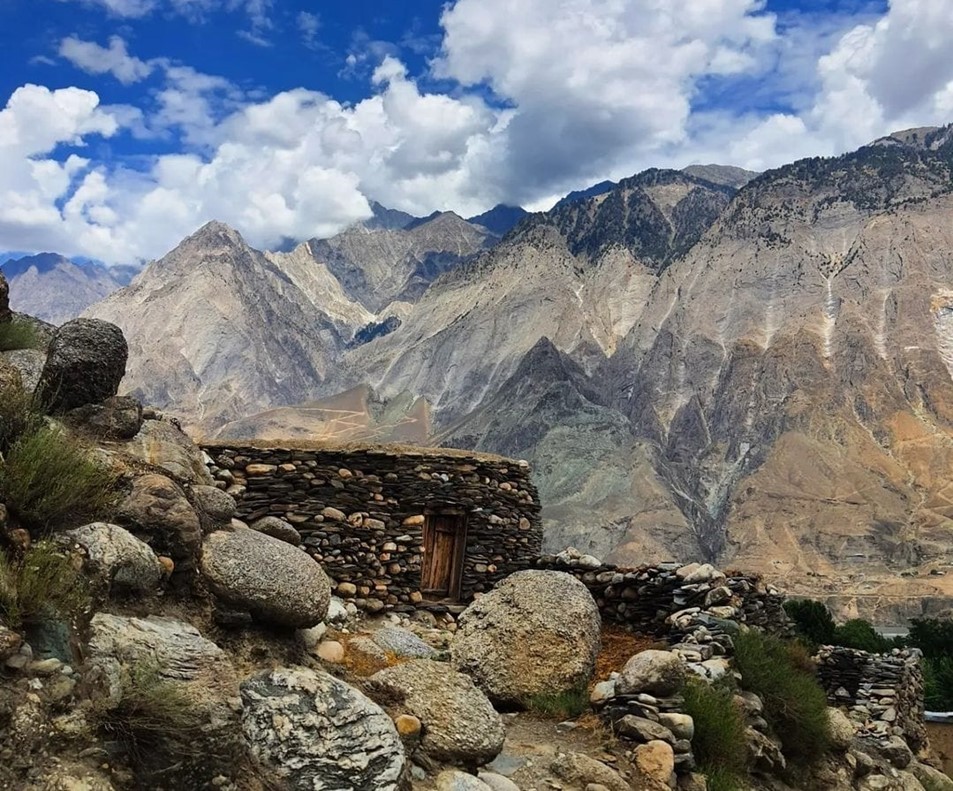
Mountain Studio - Water and Land
by Mehmooda Maqsood


